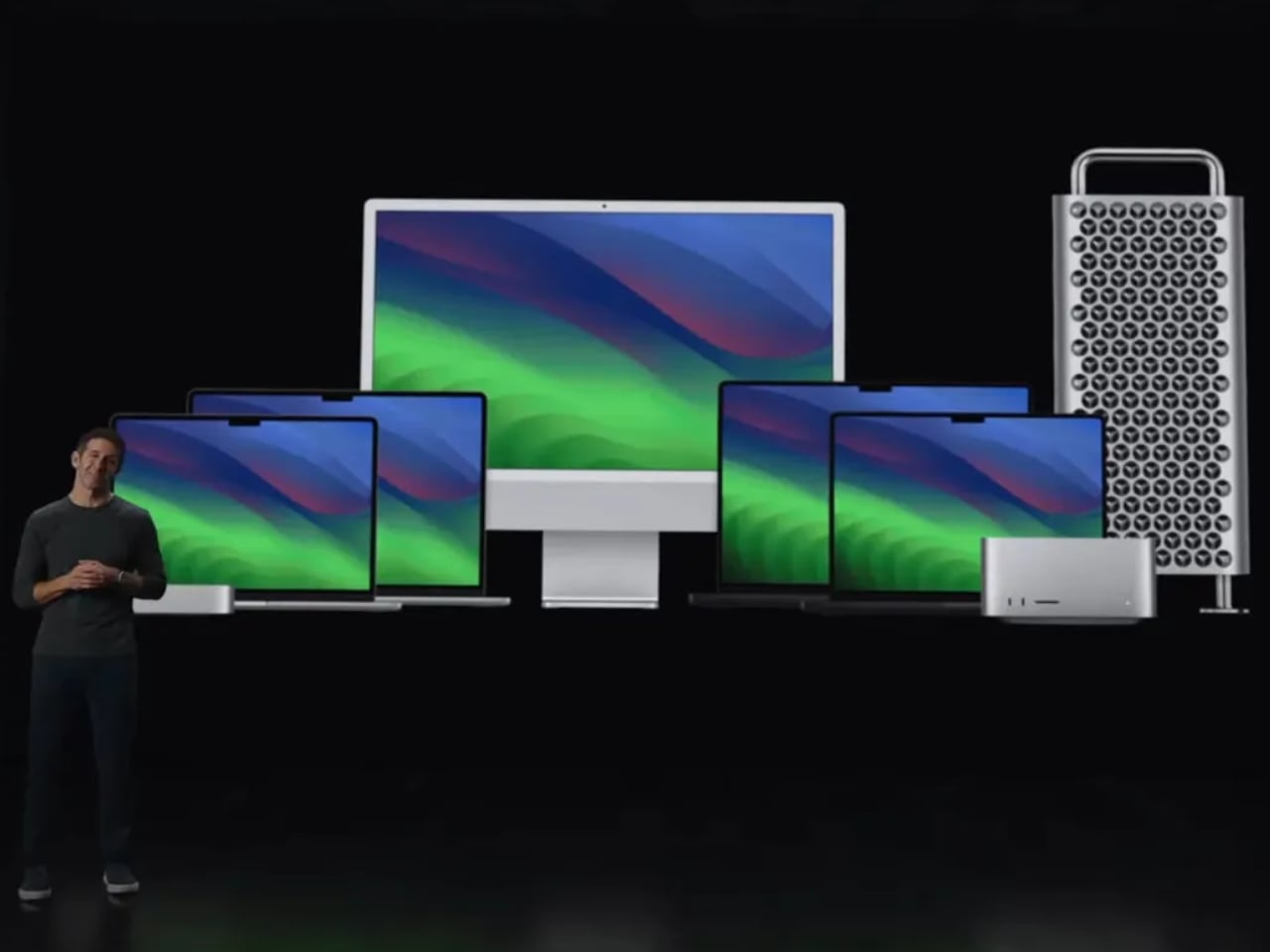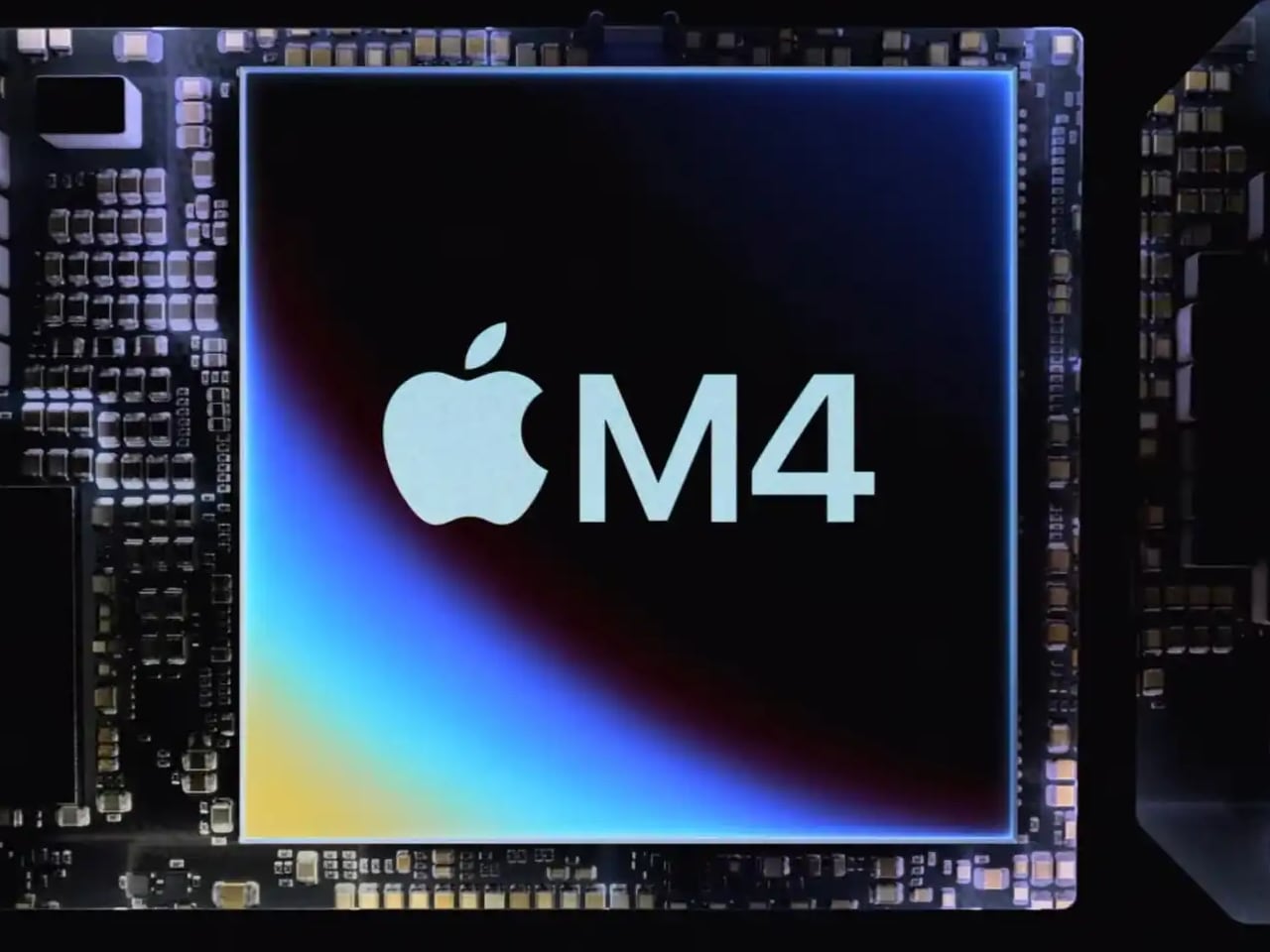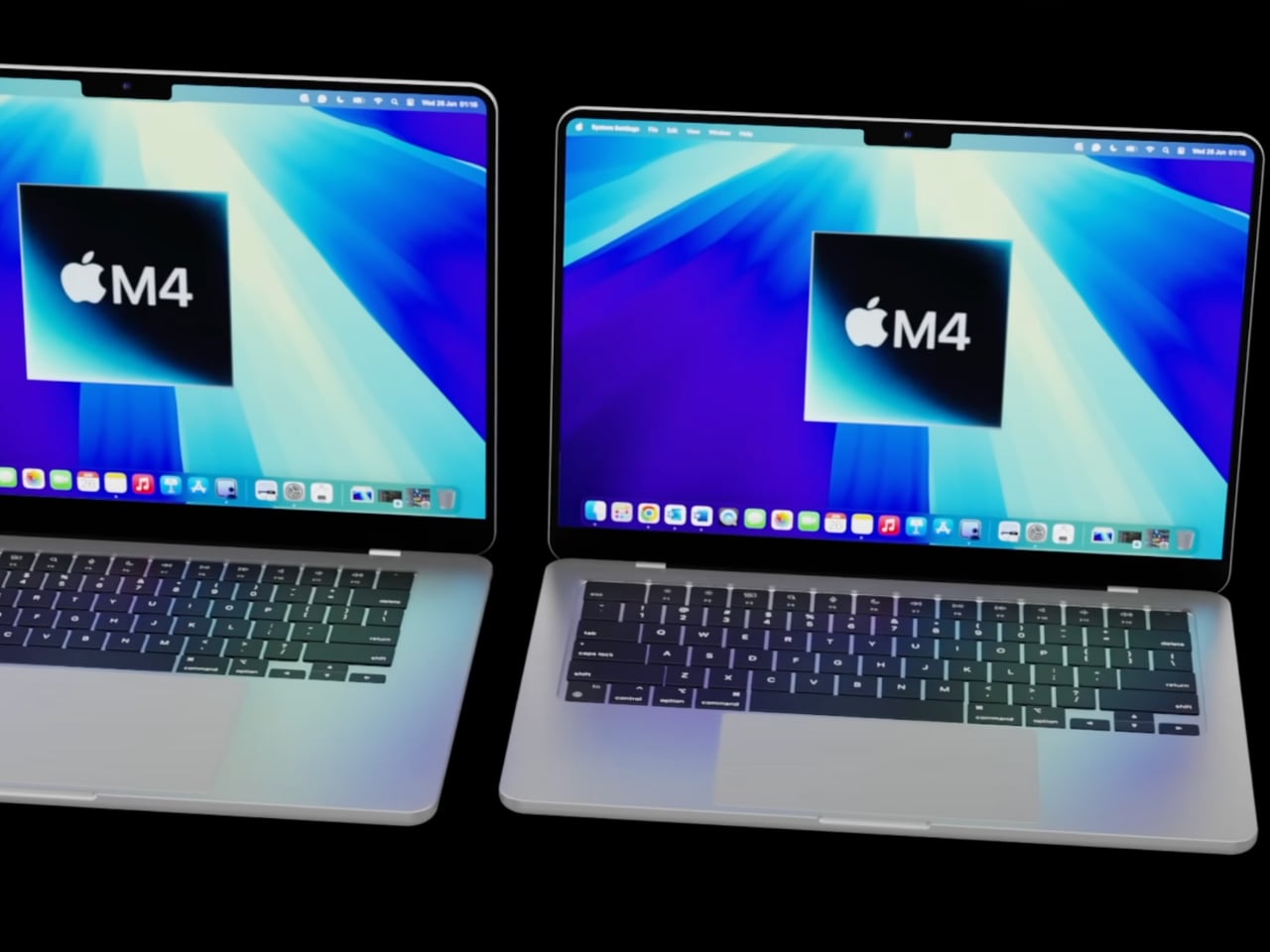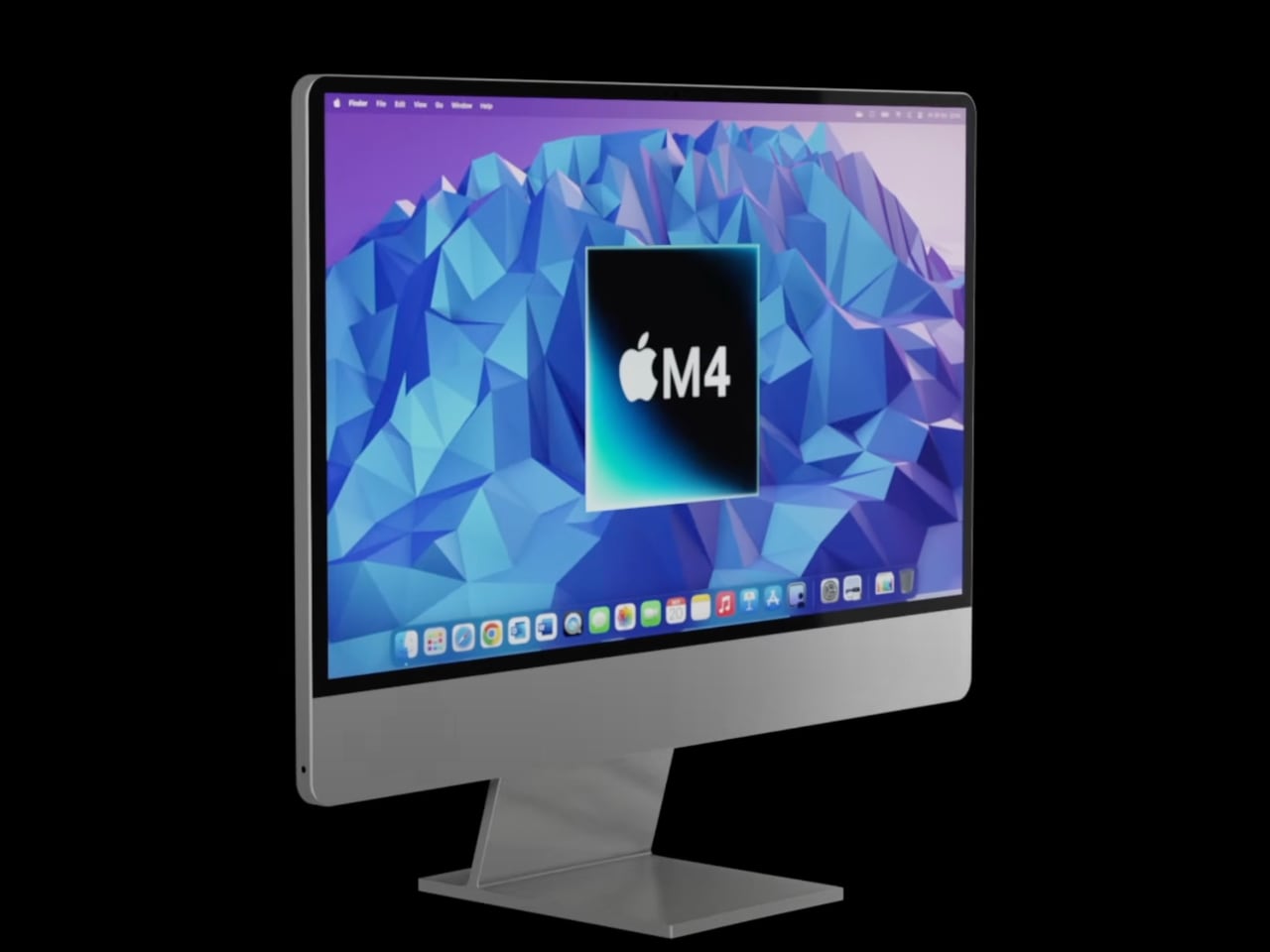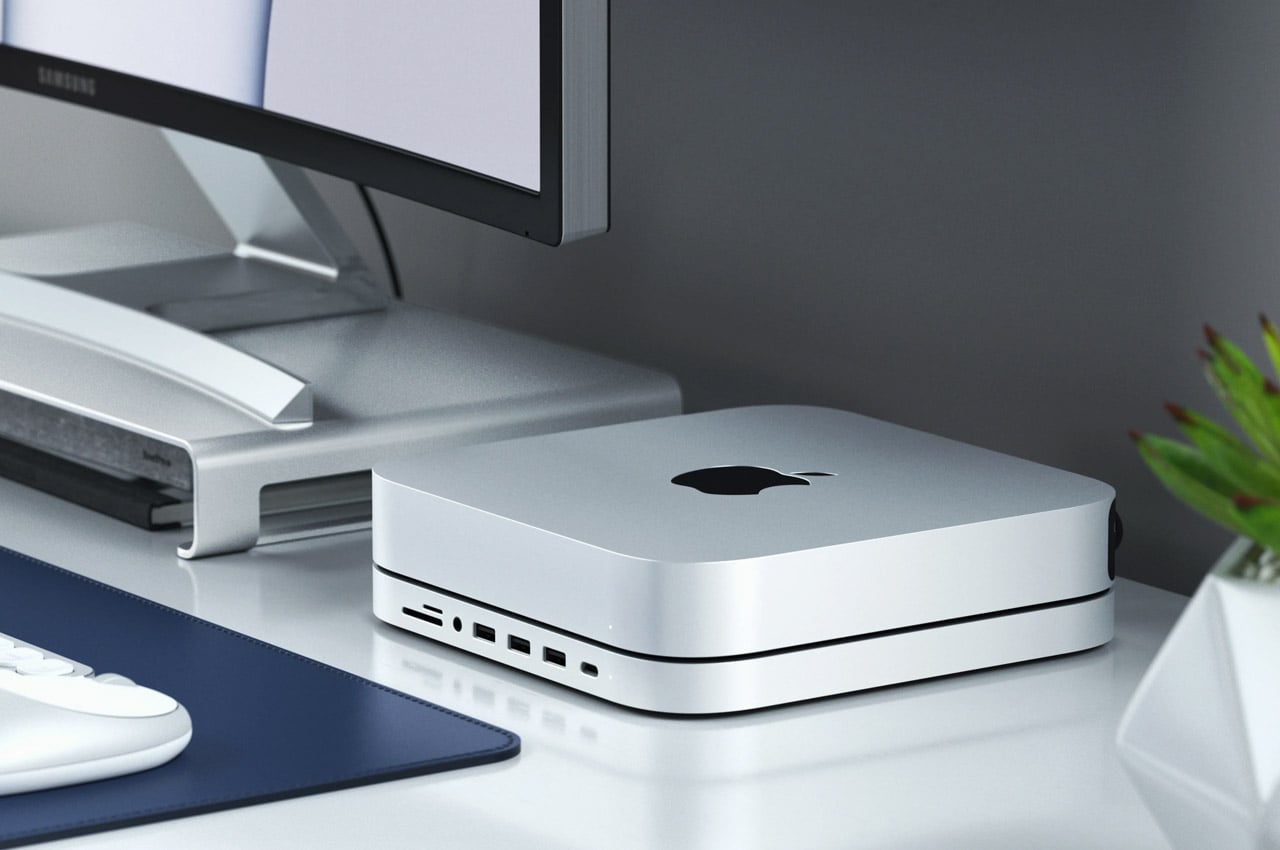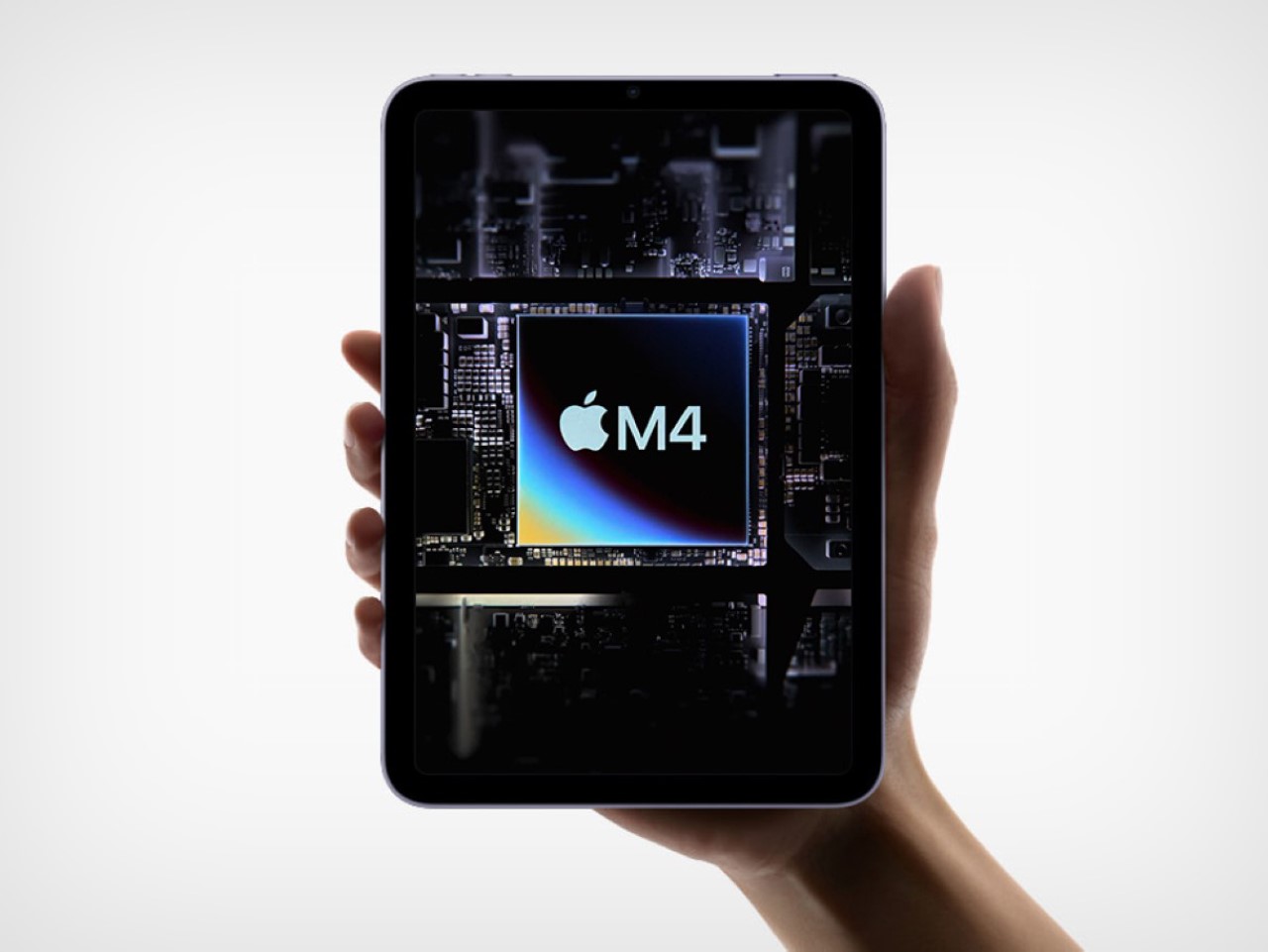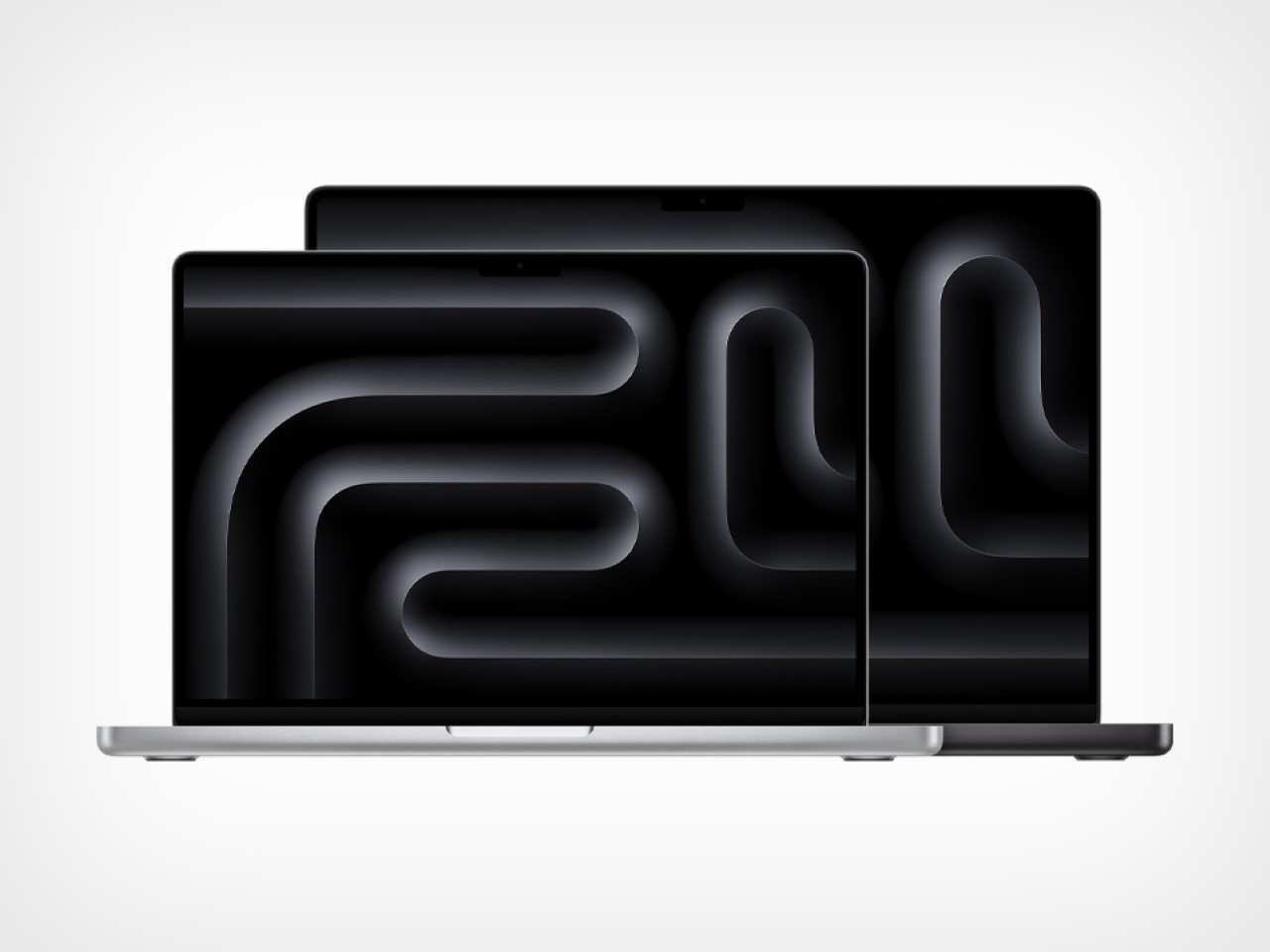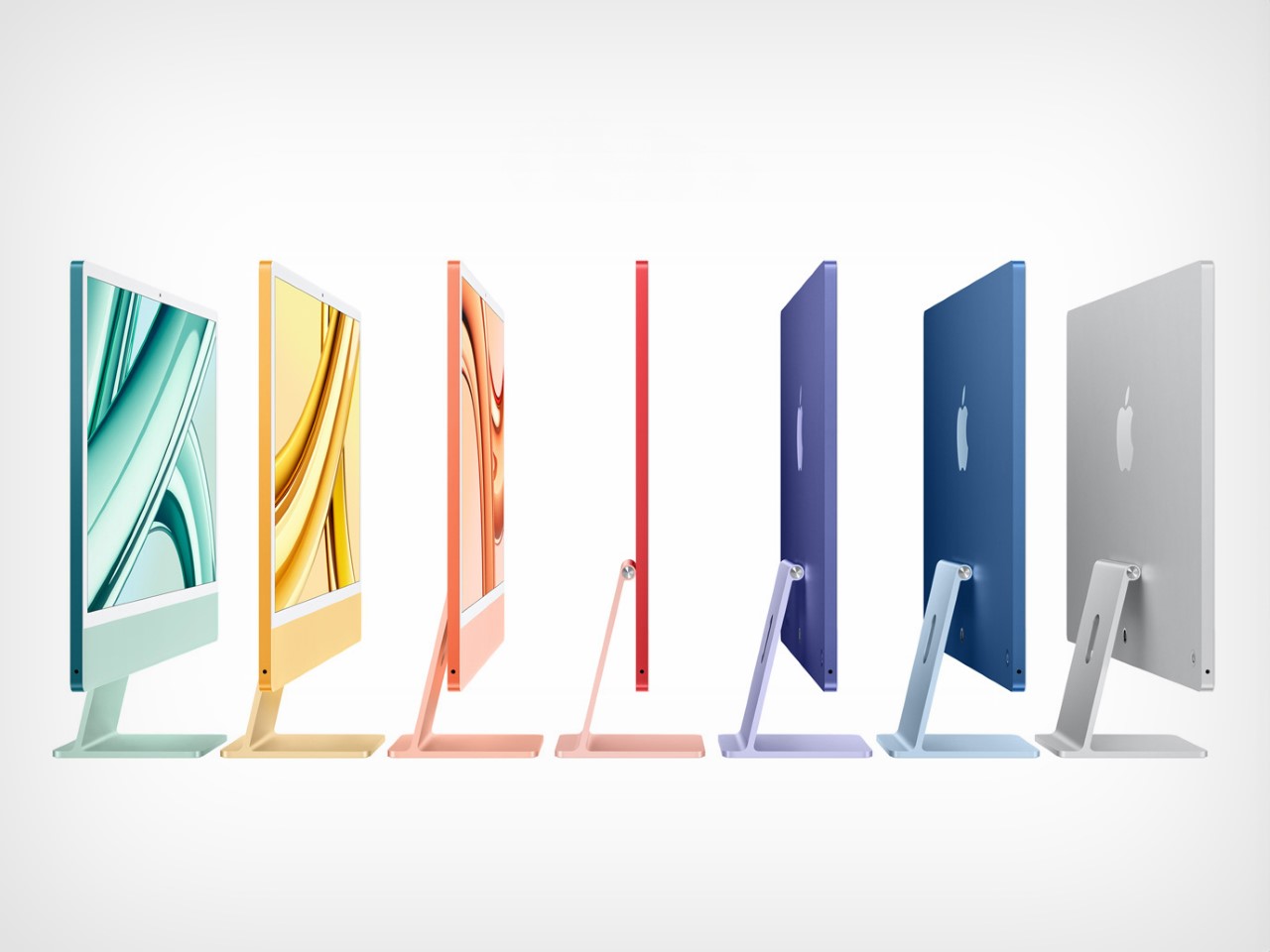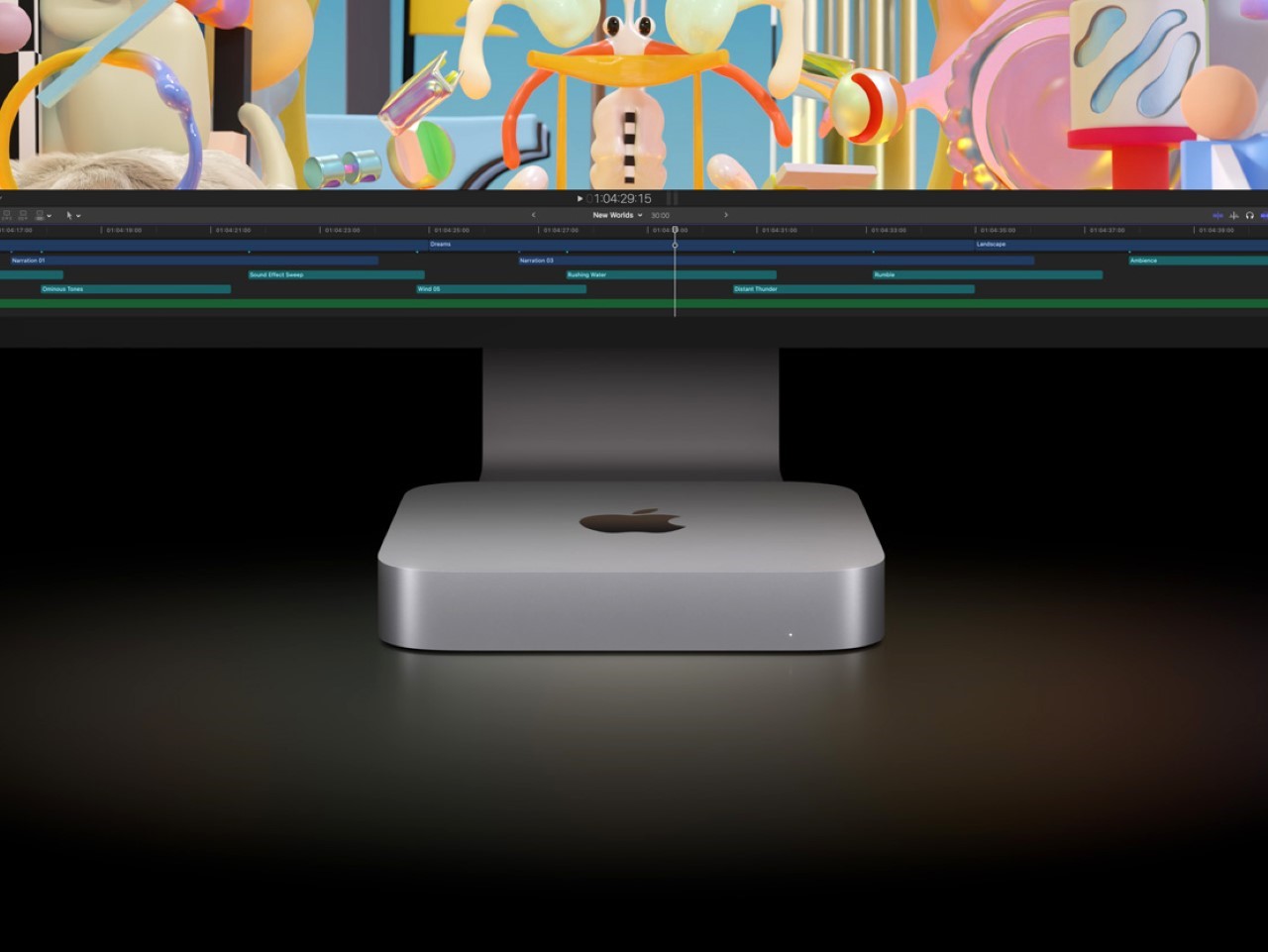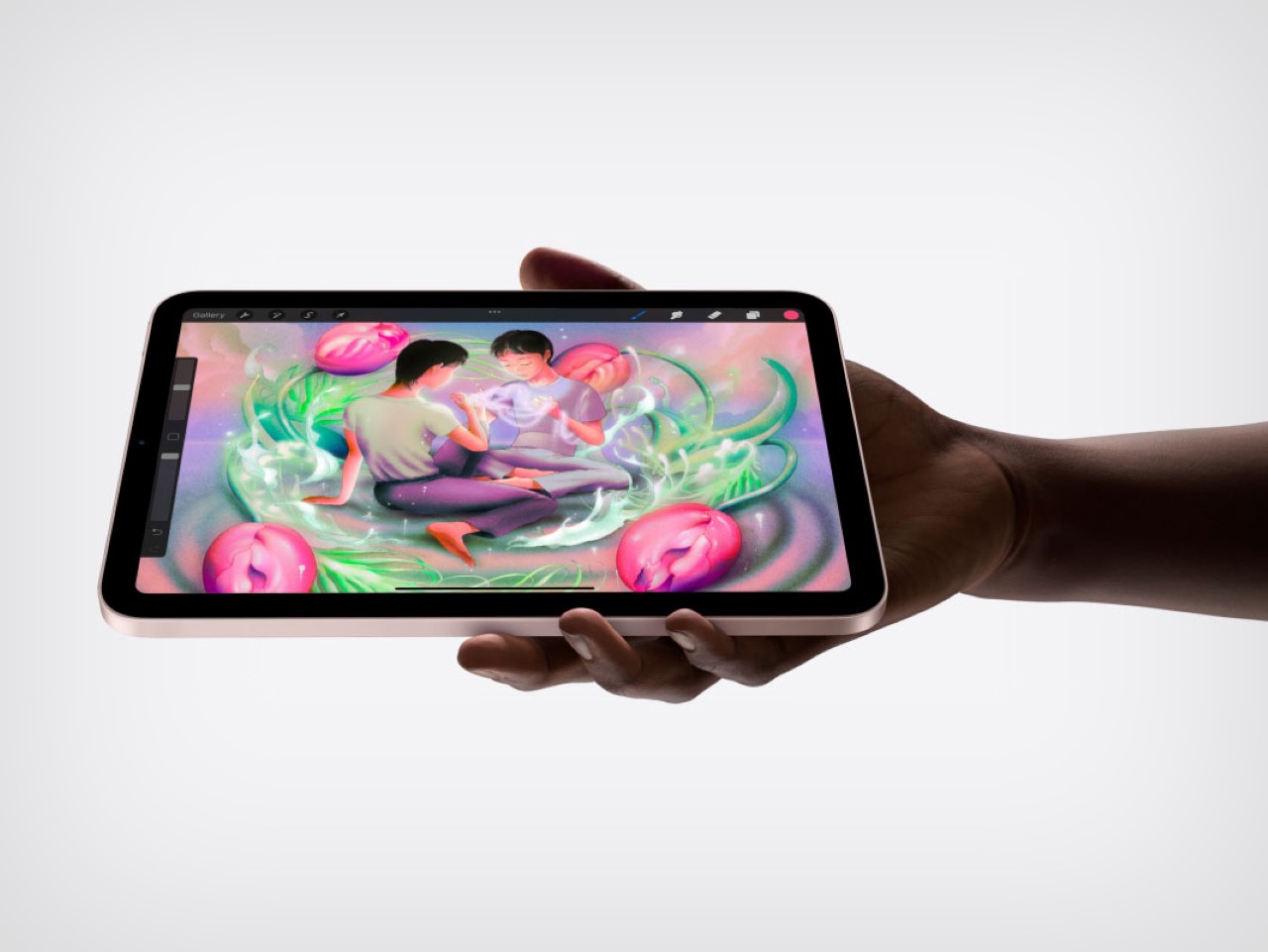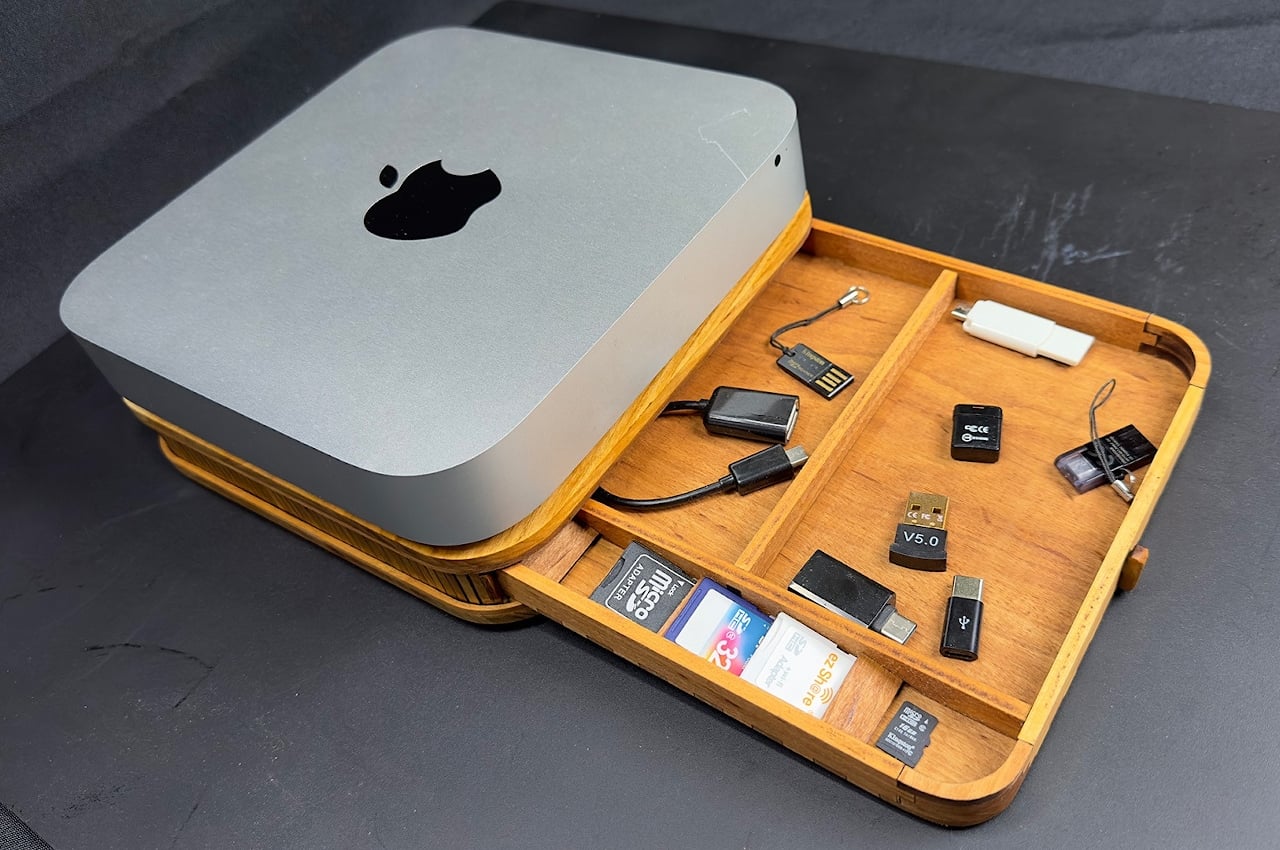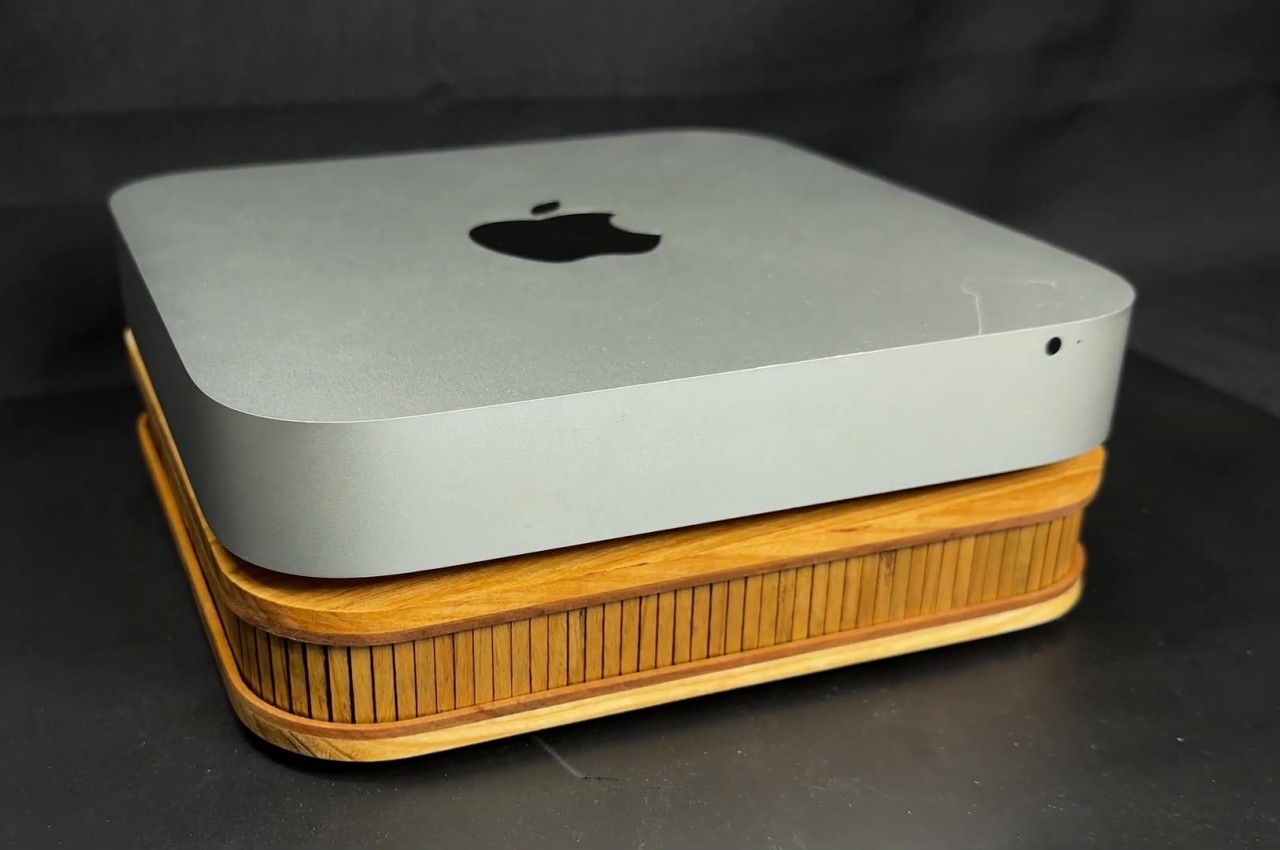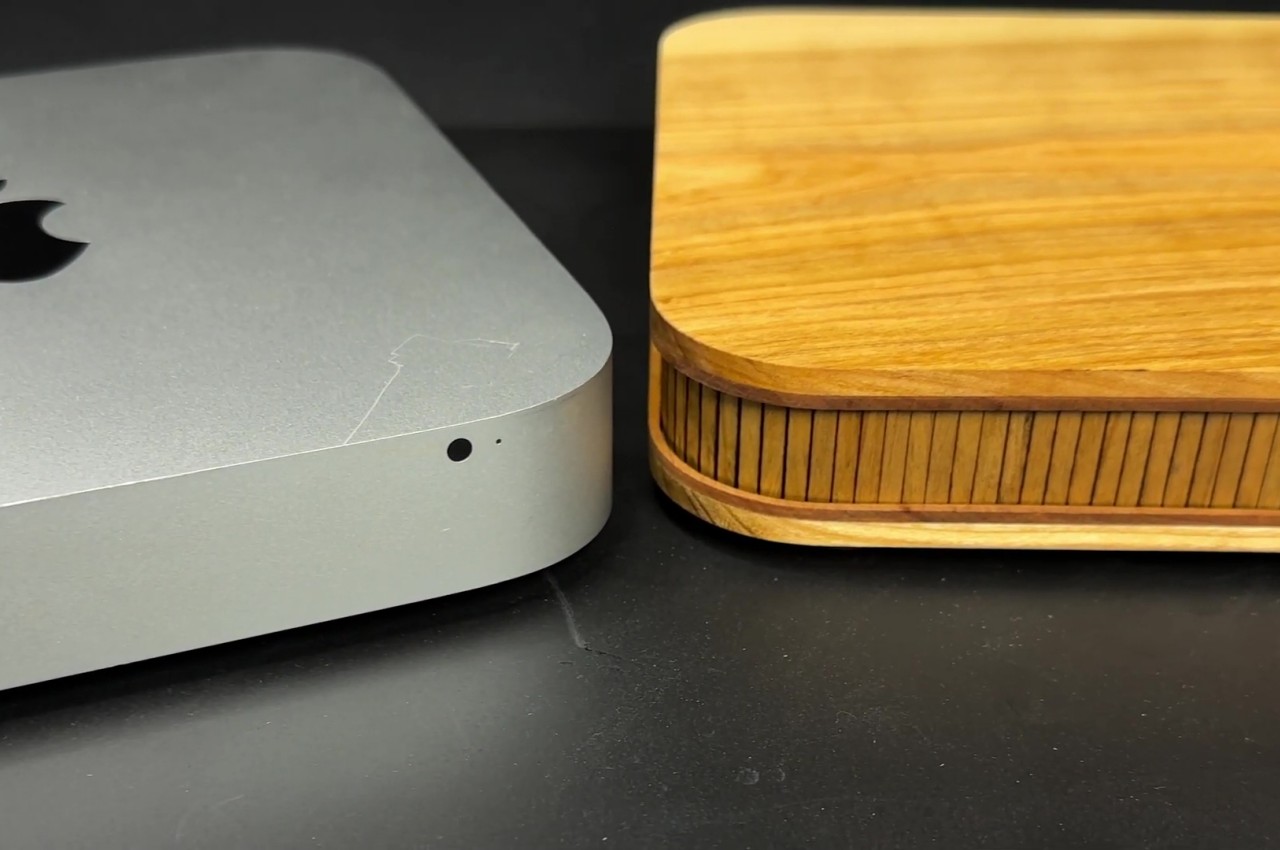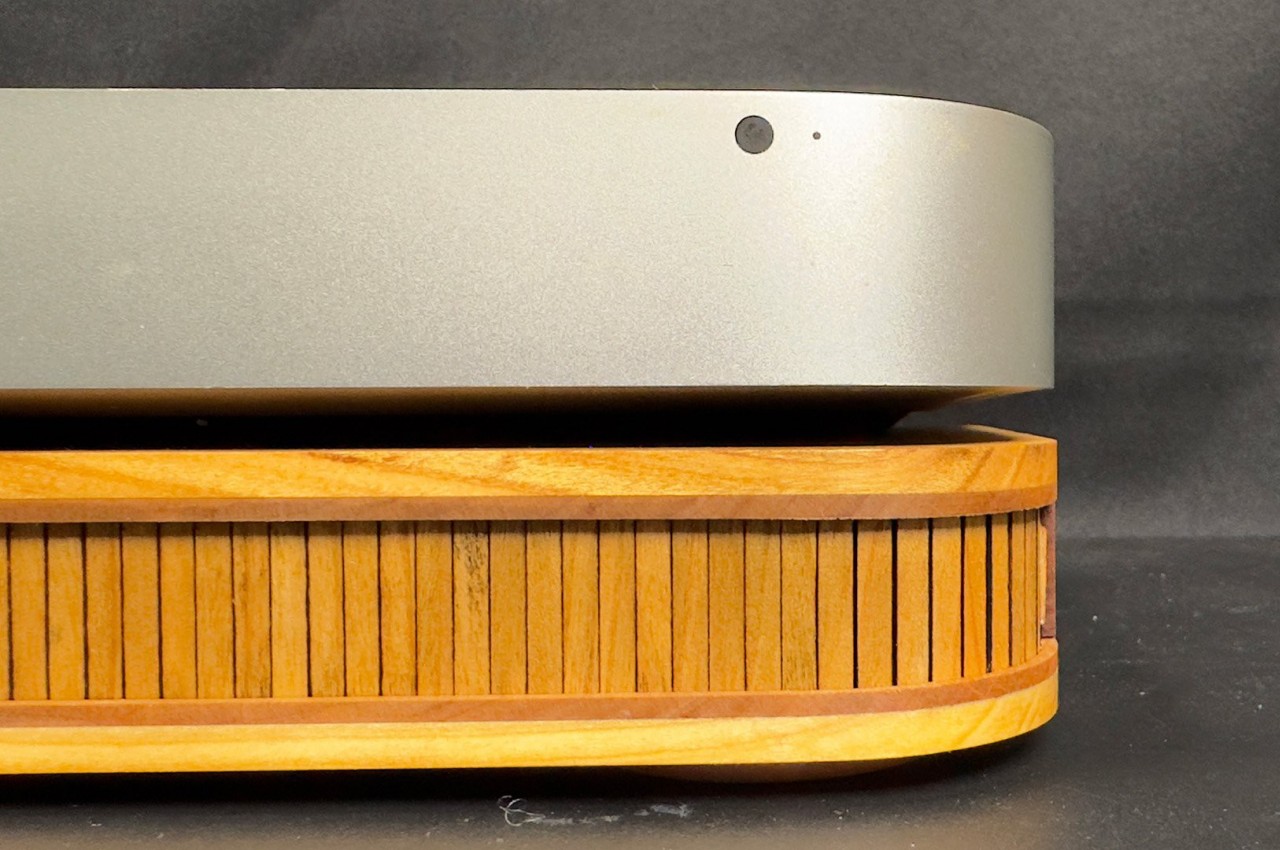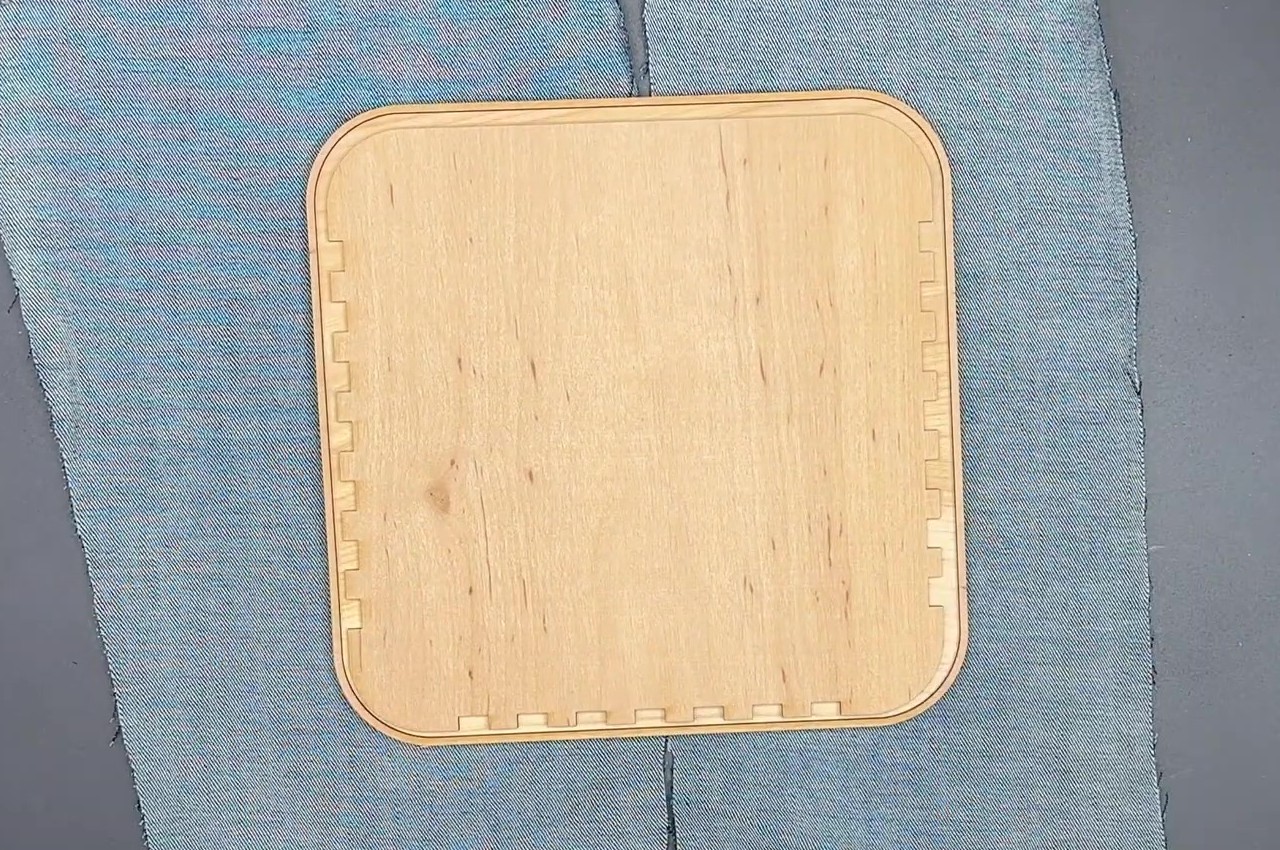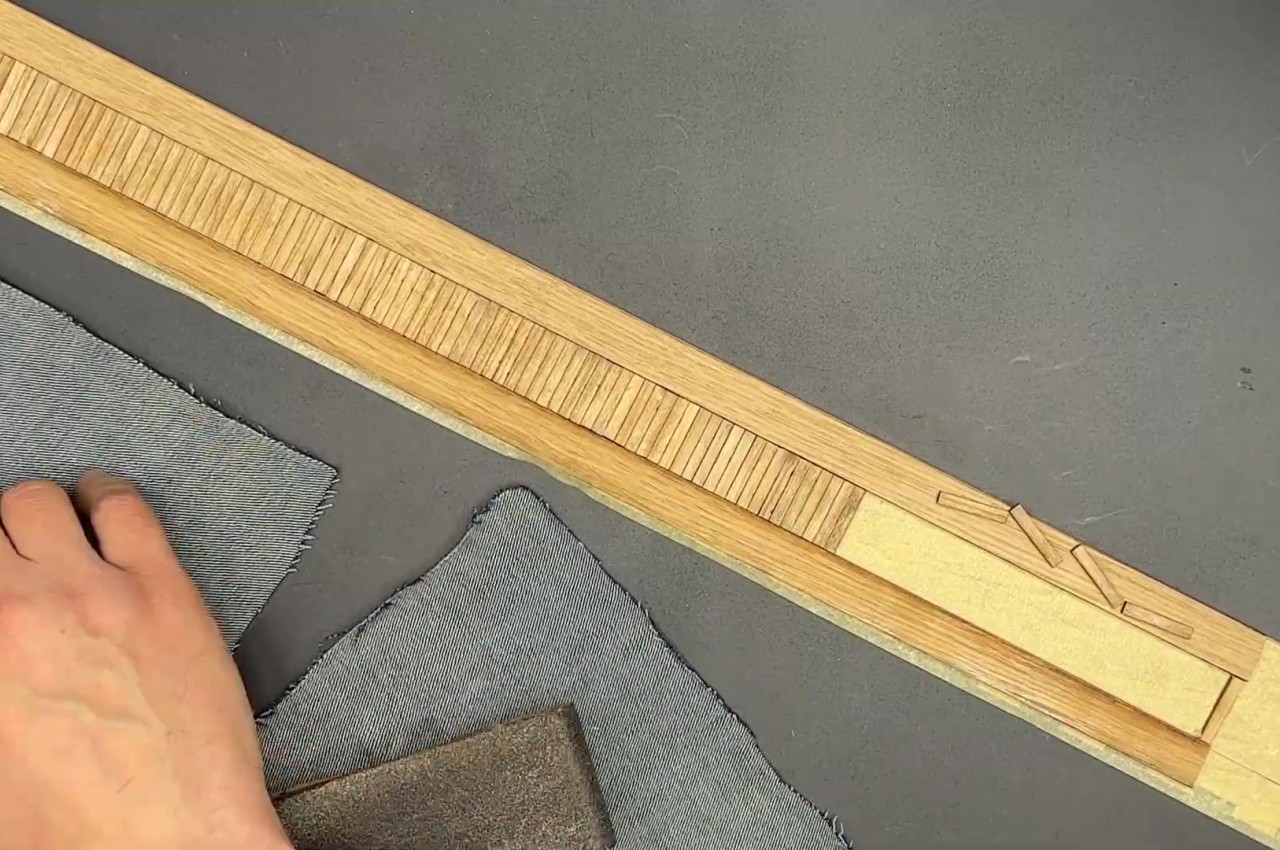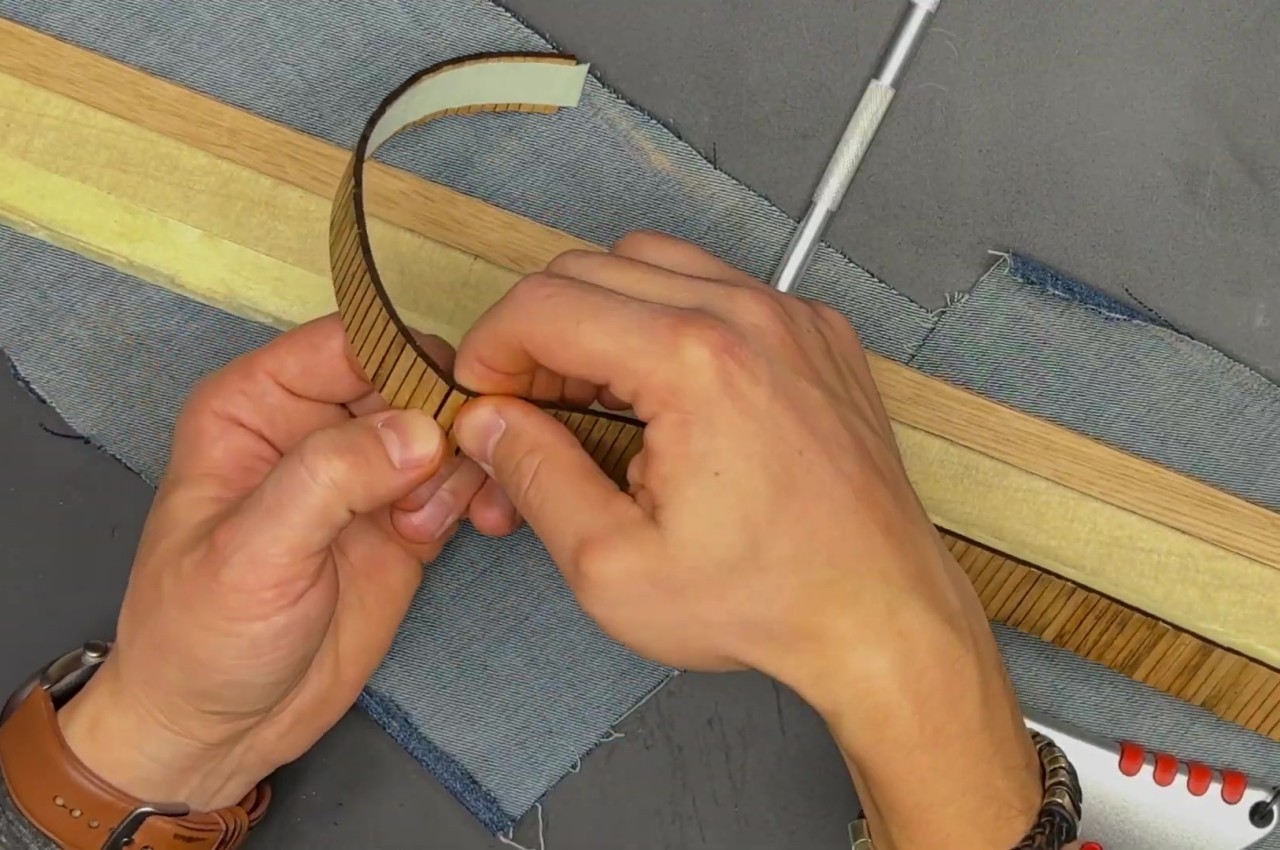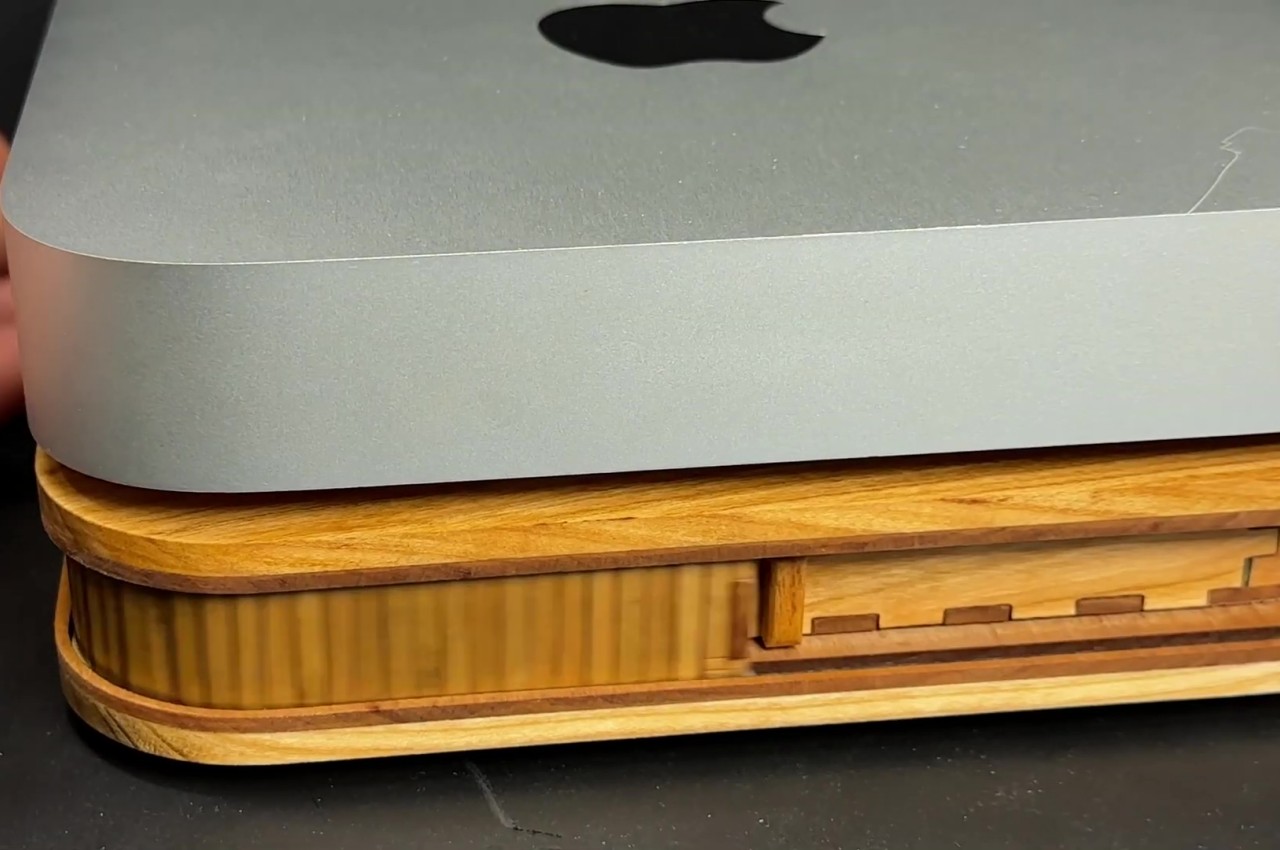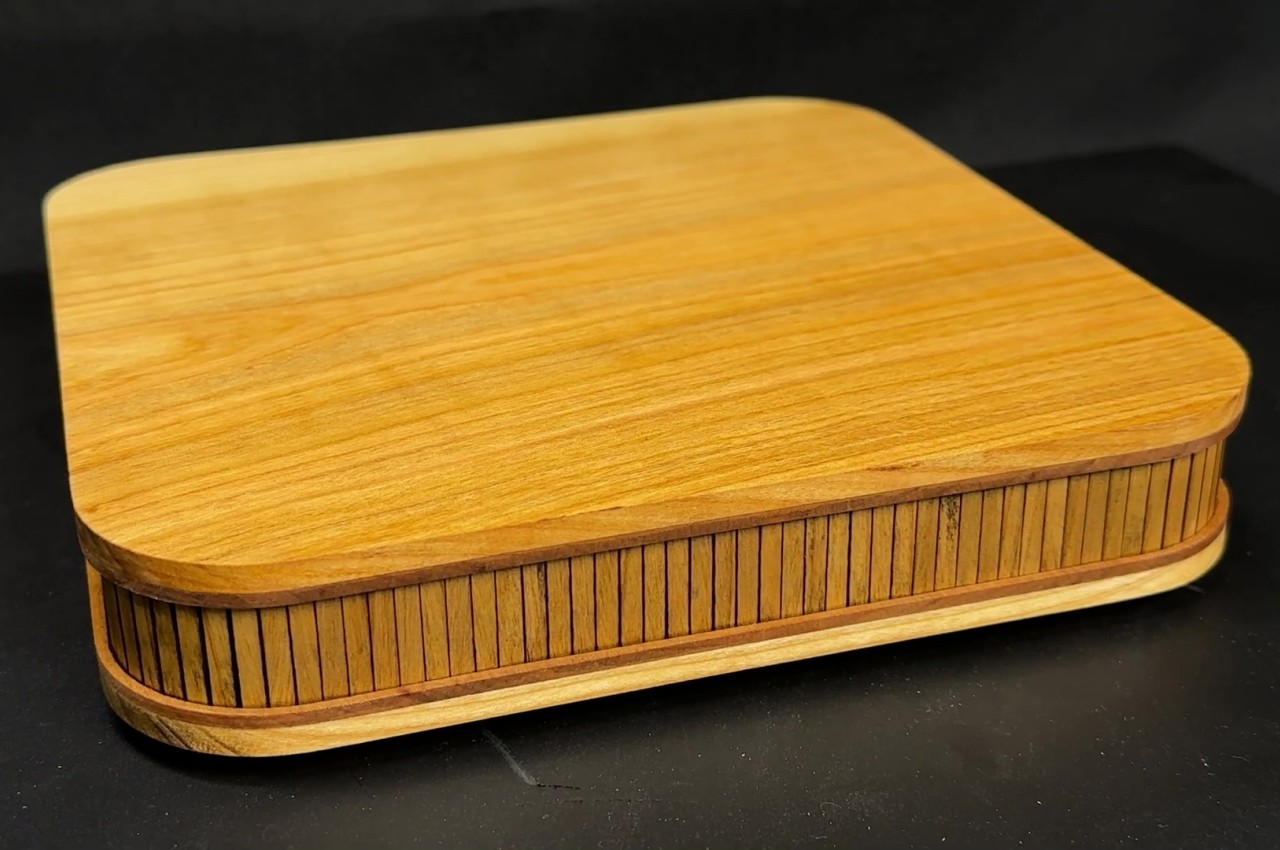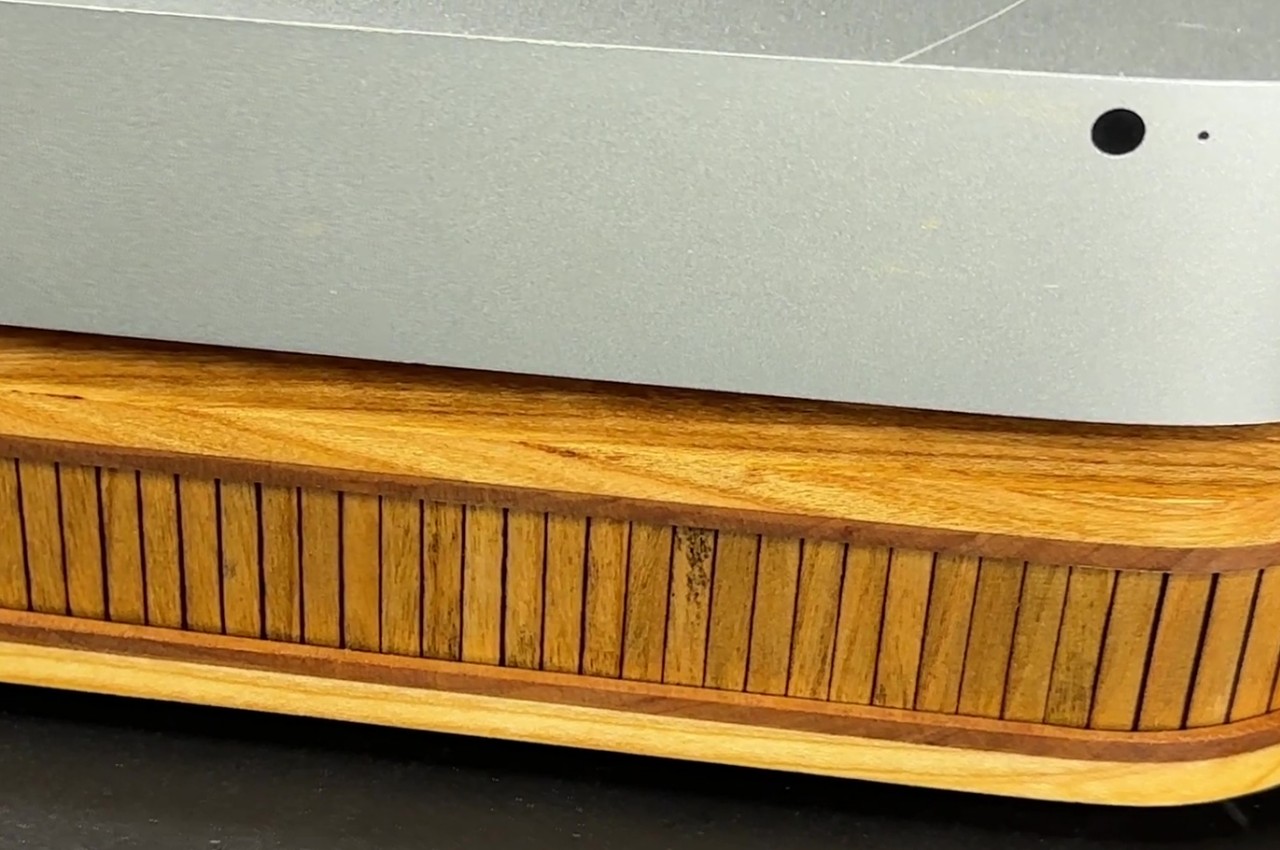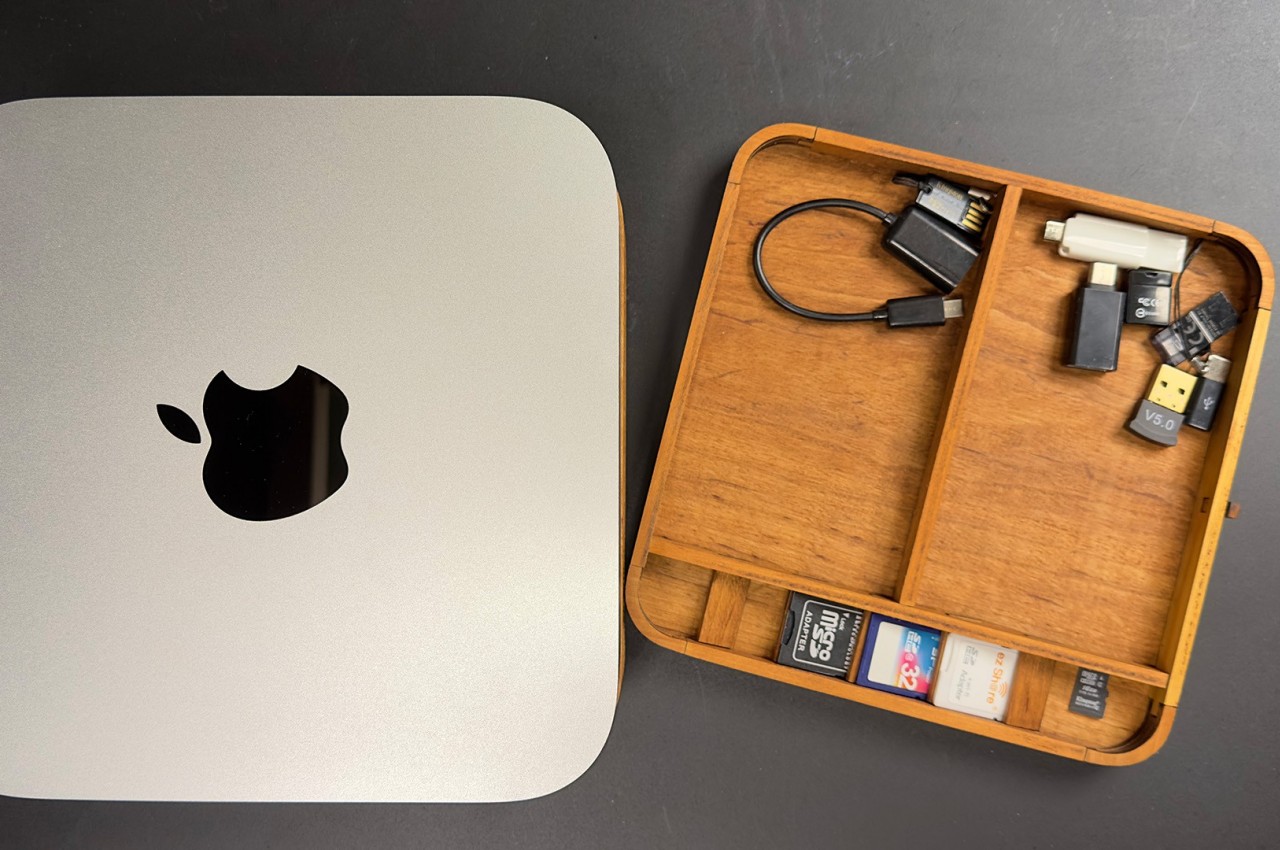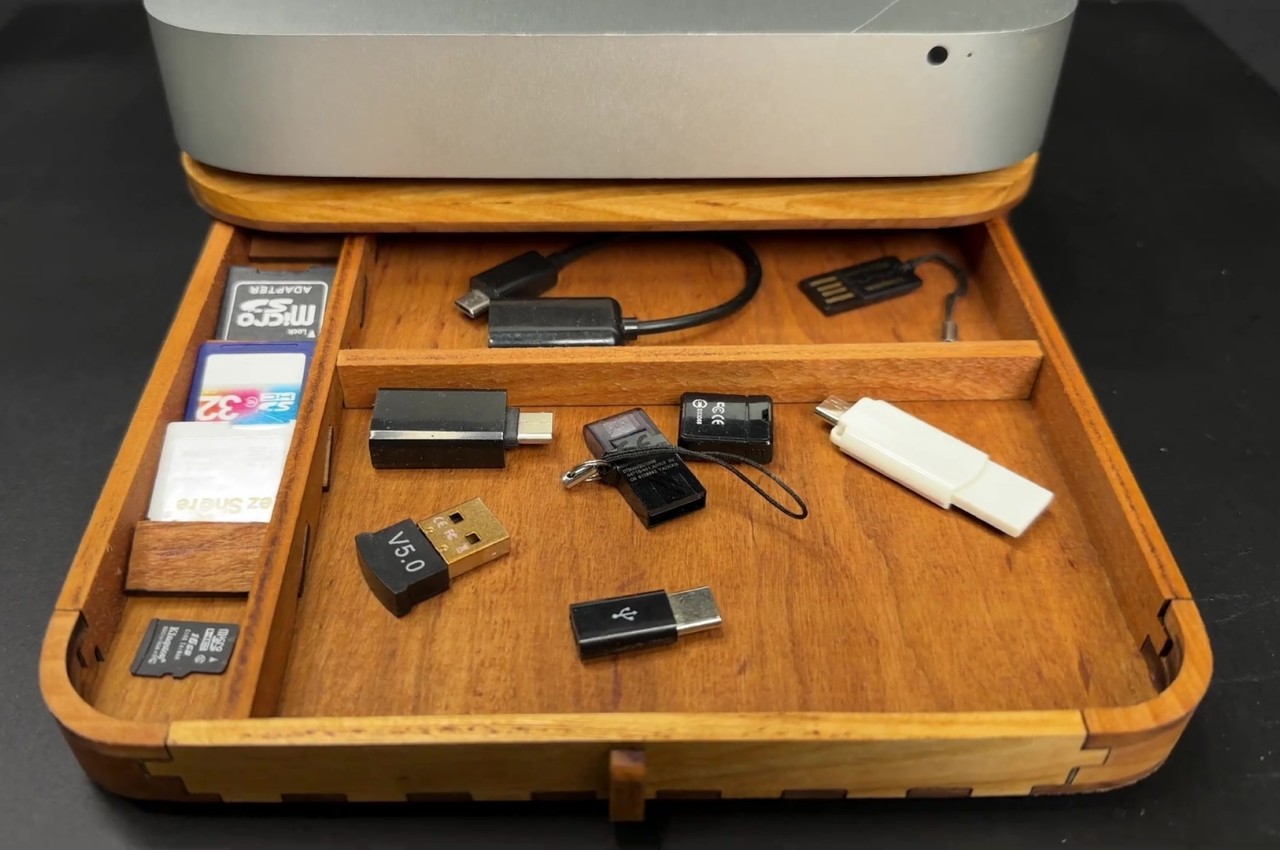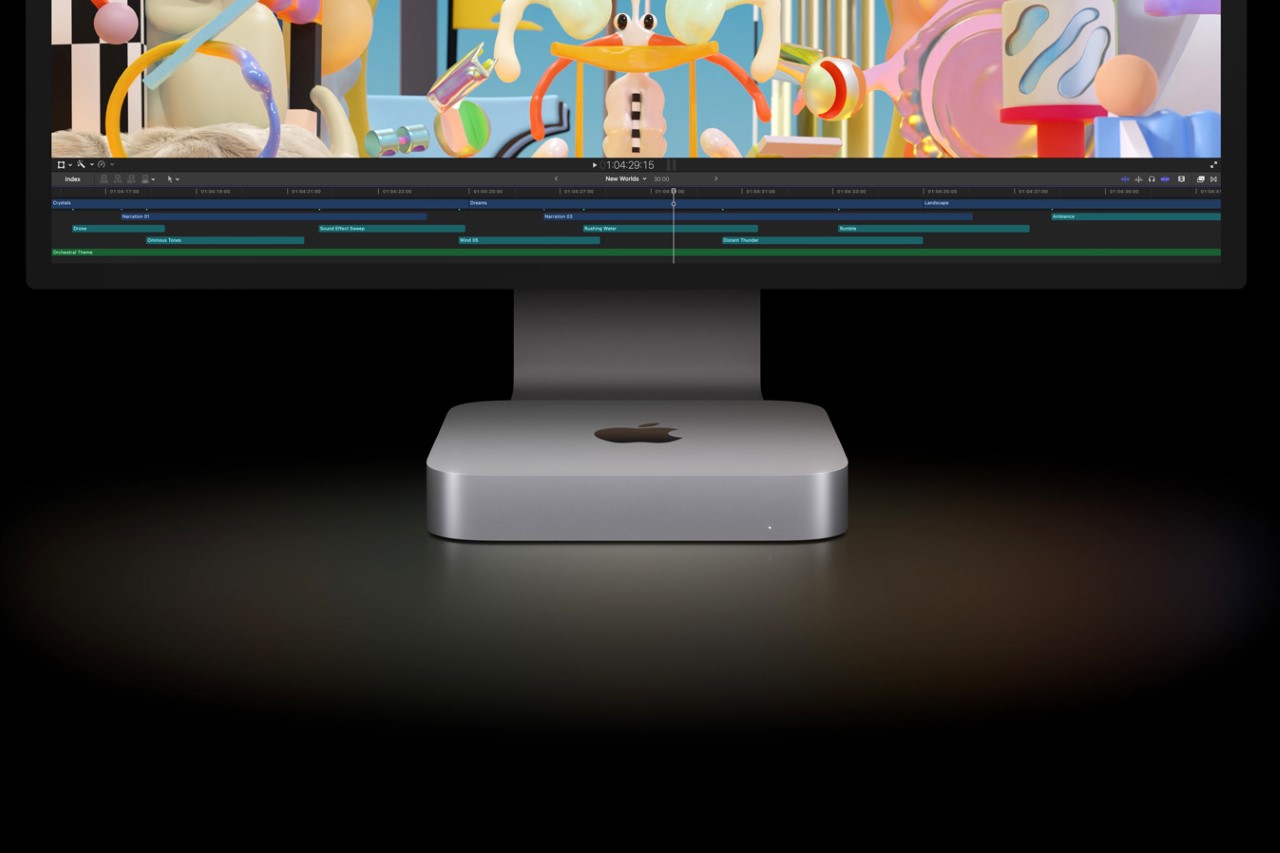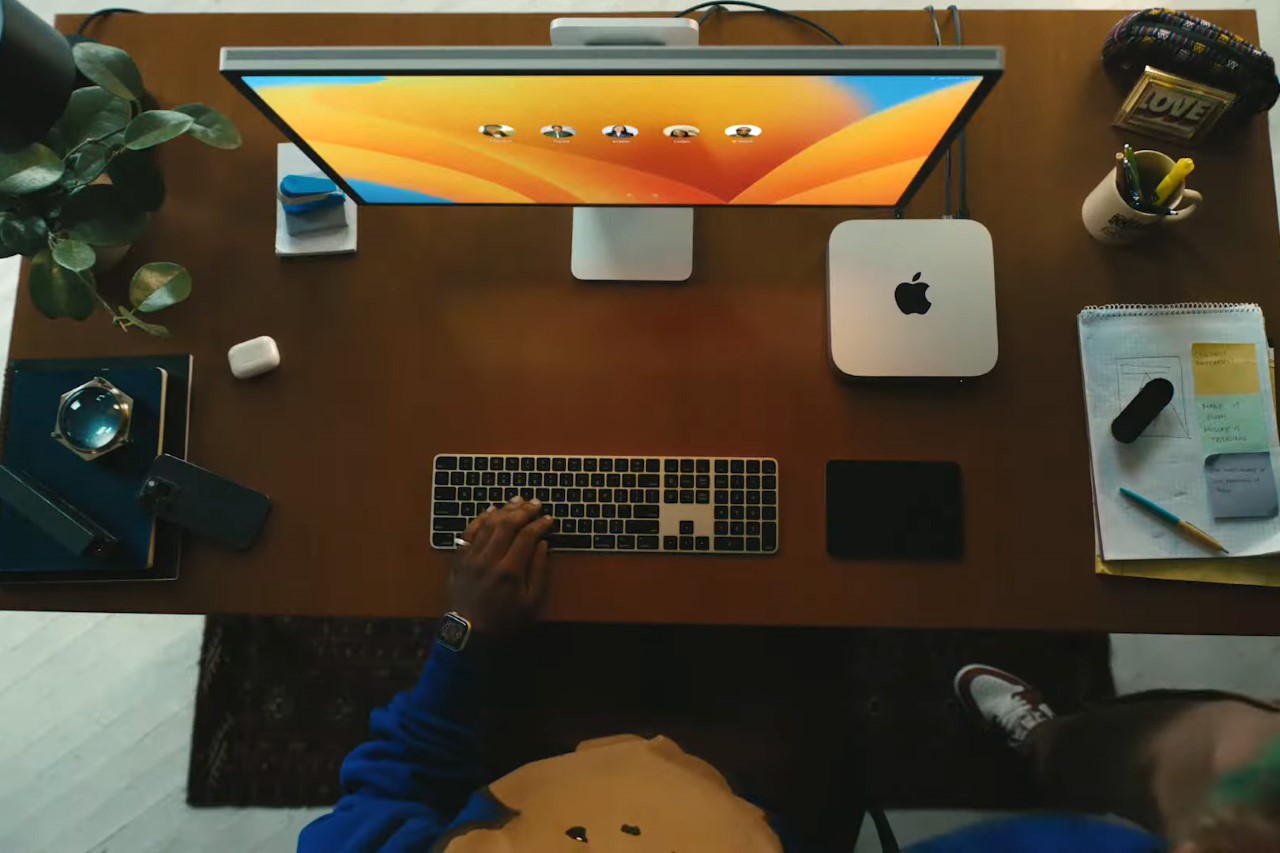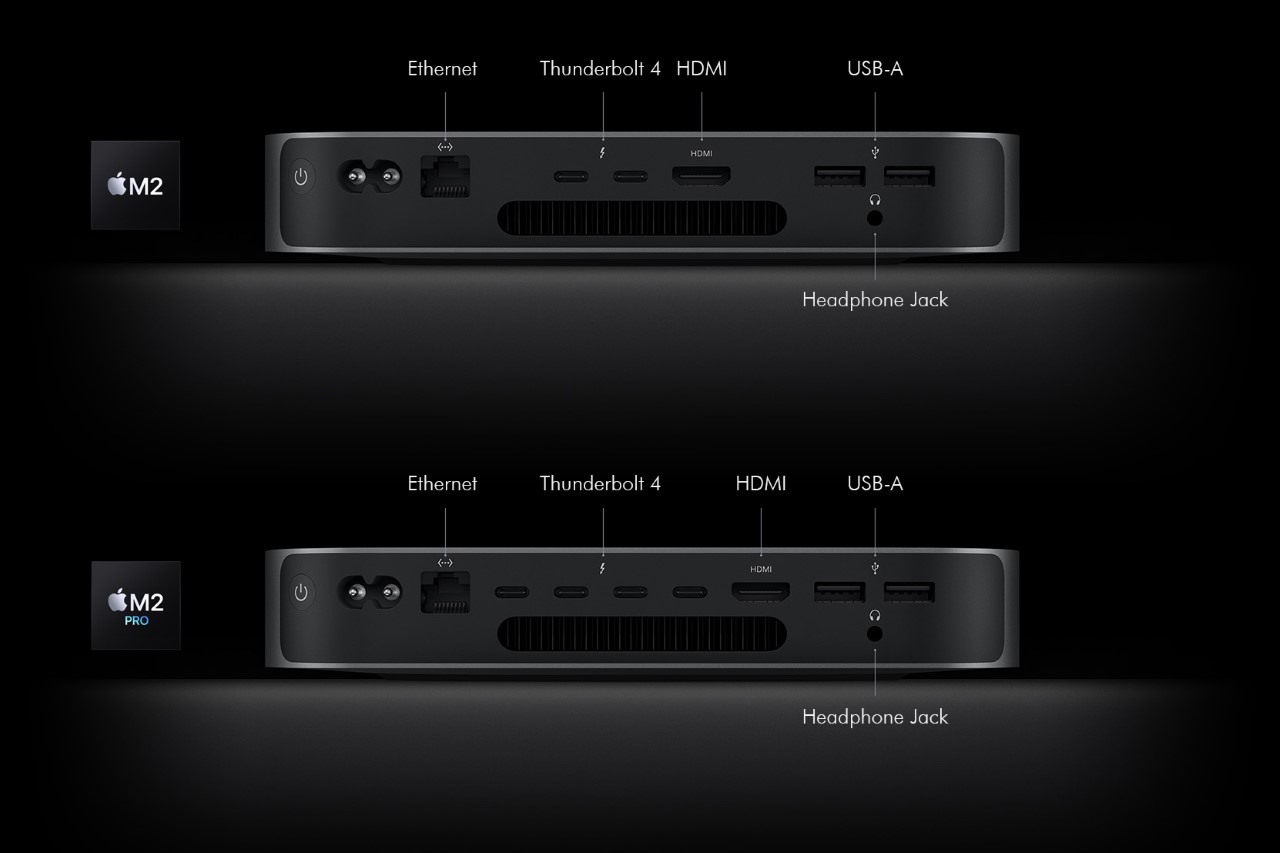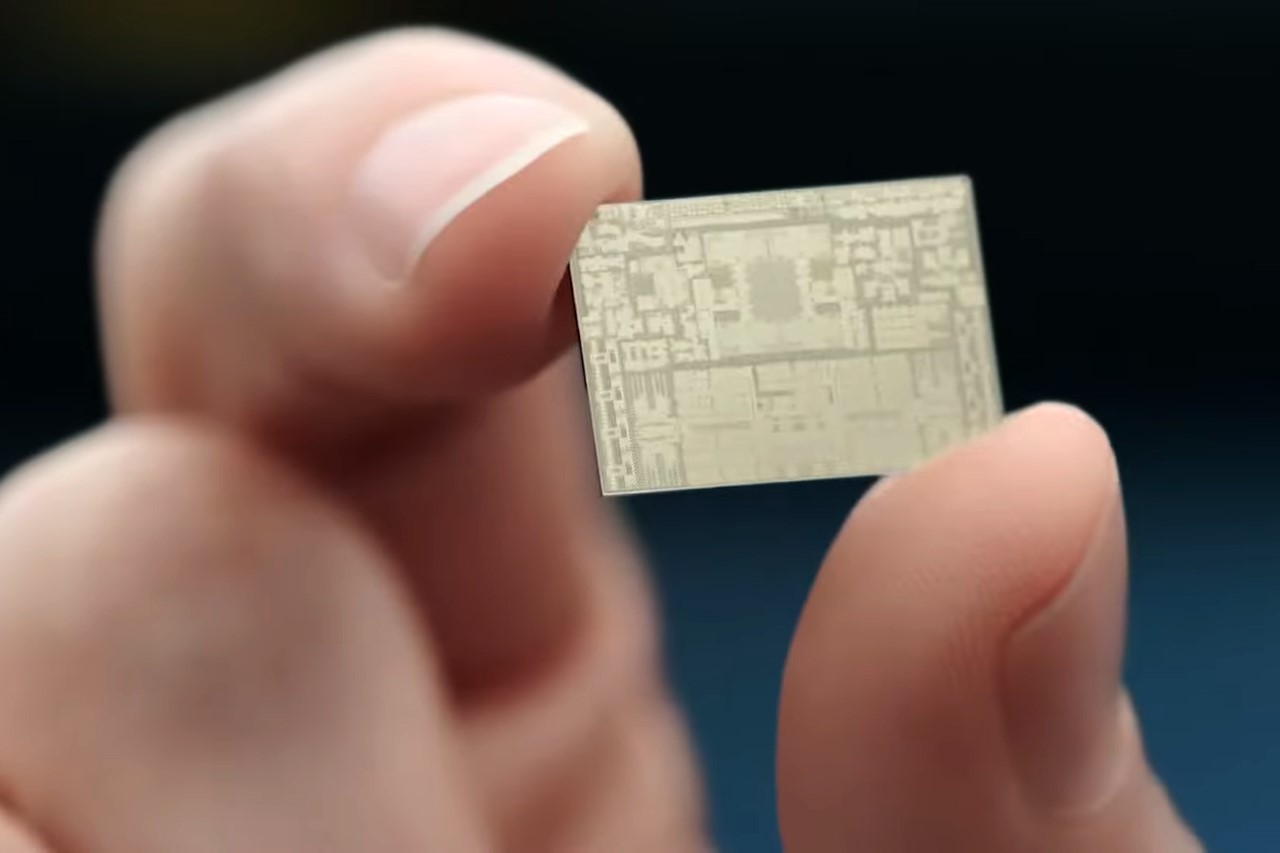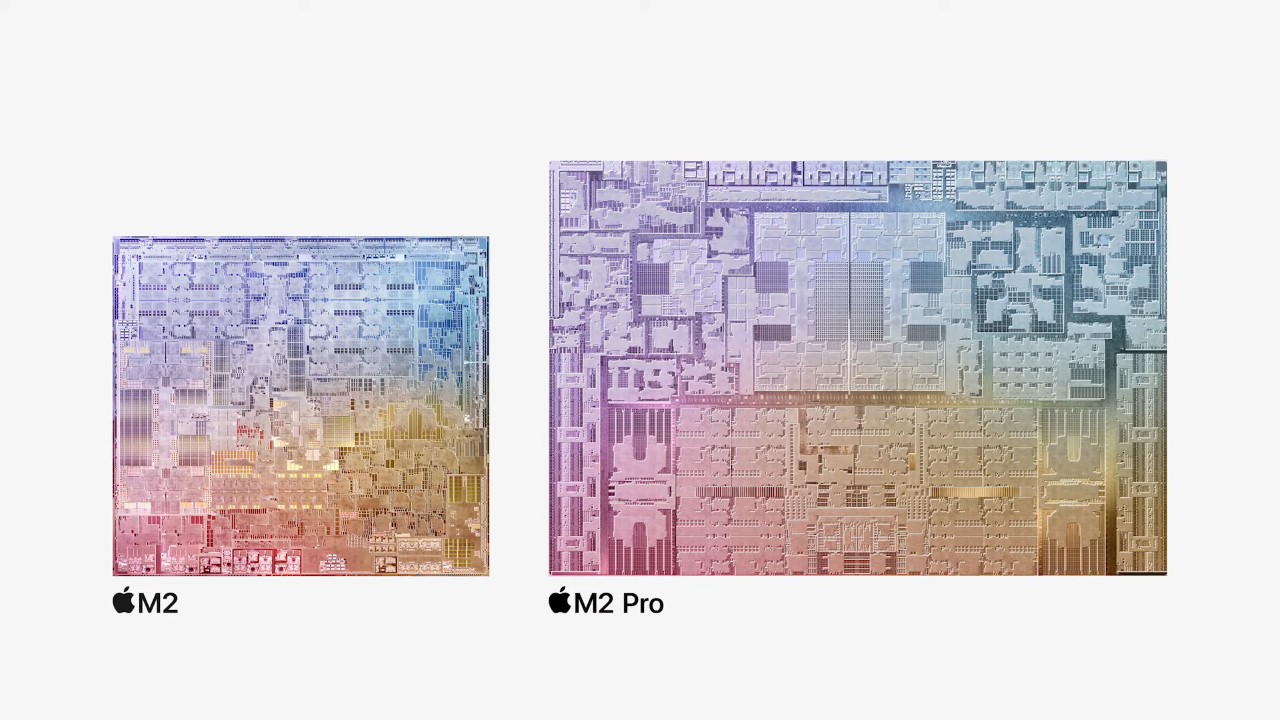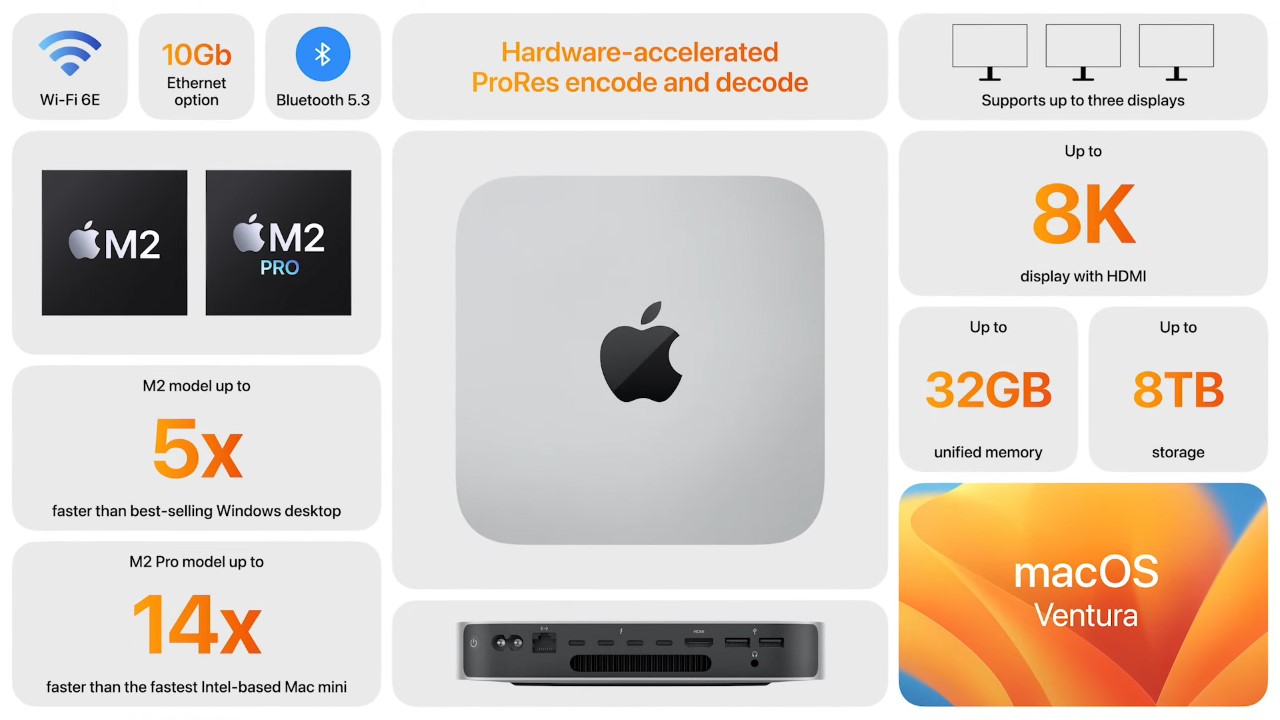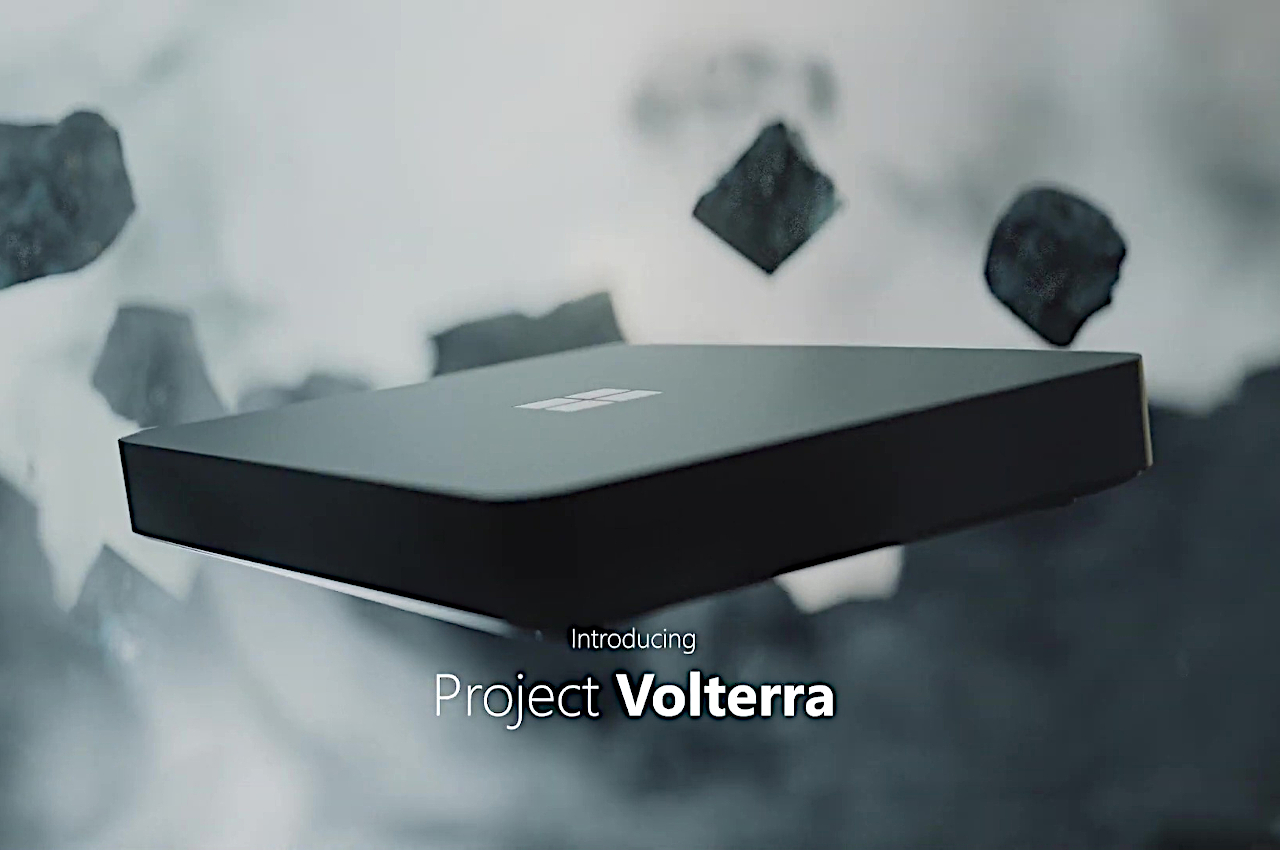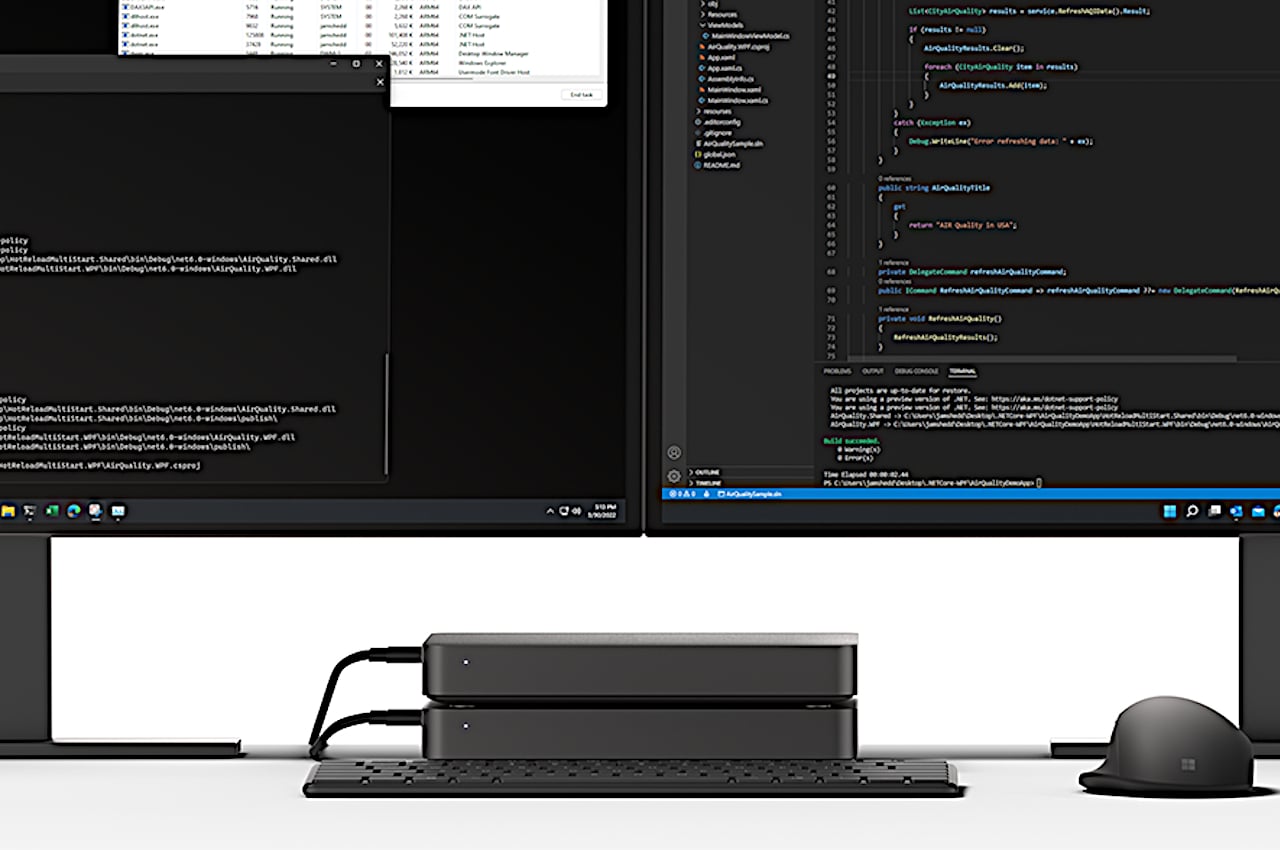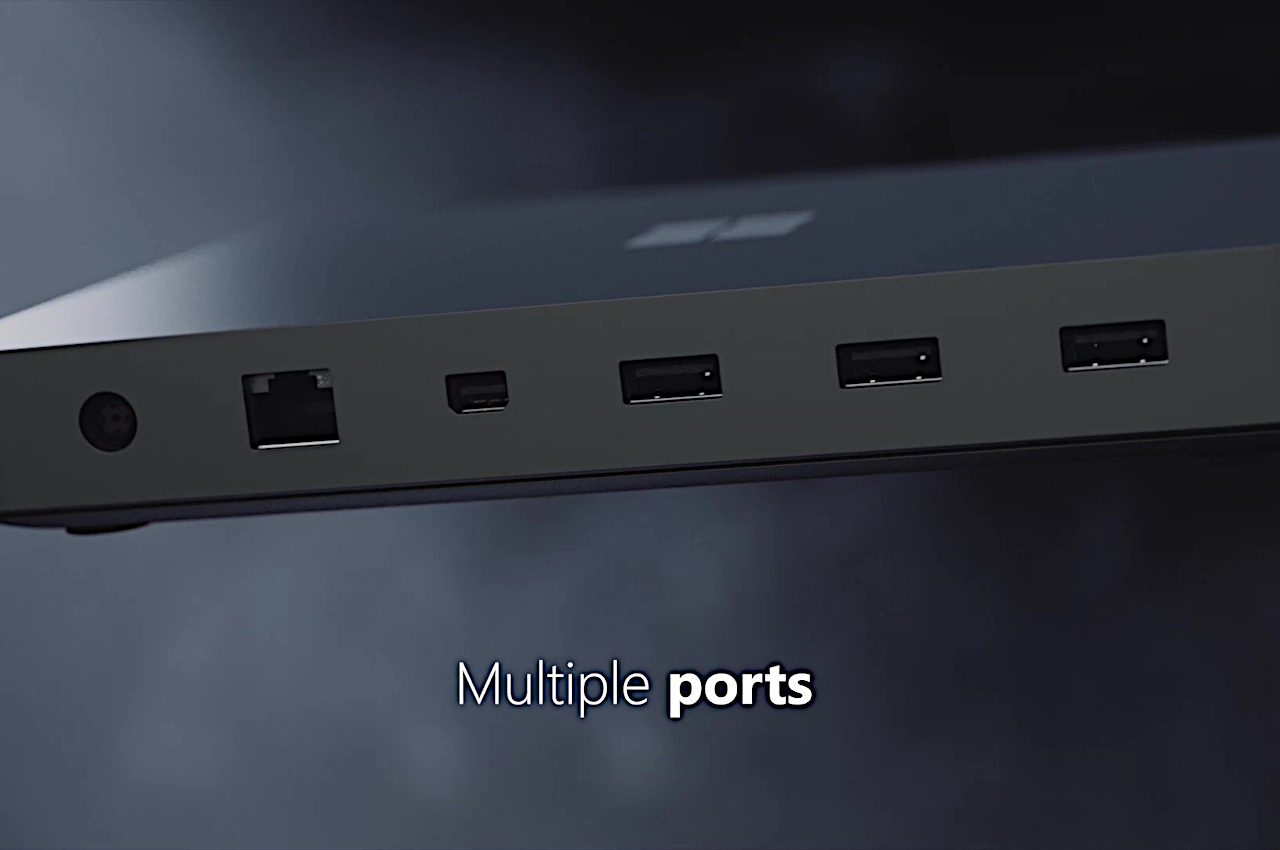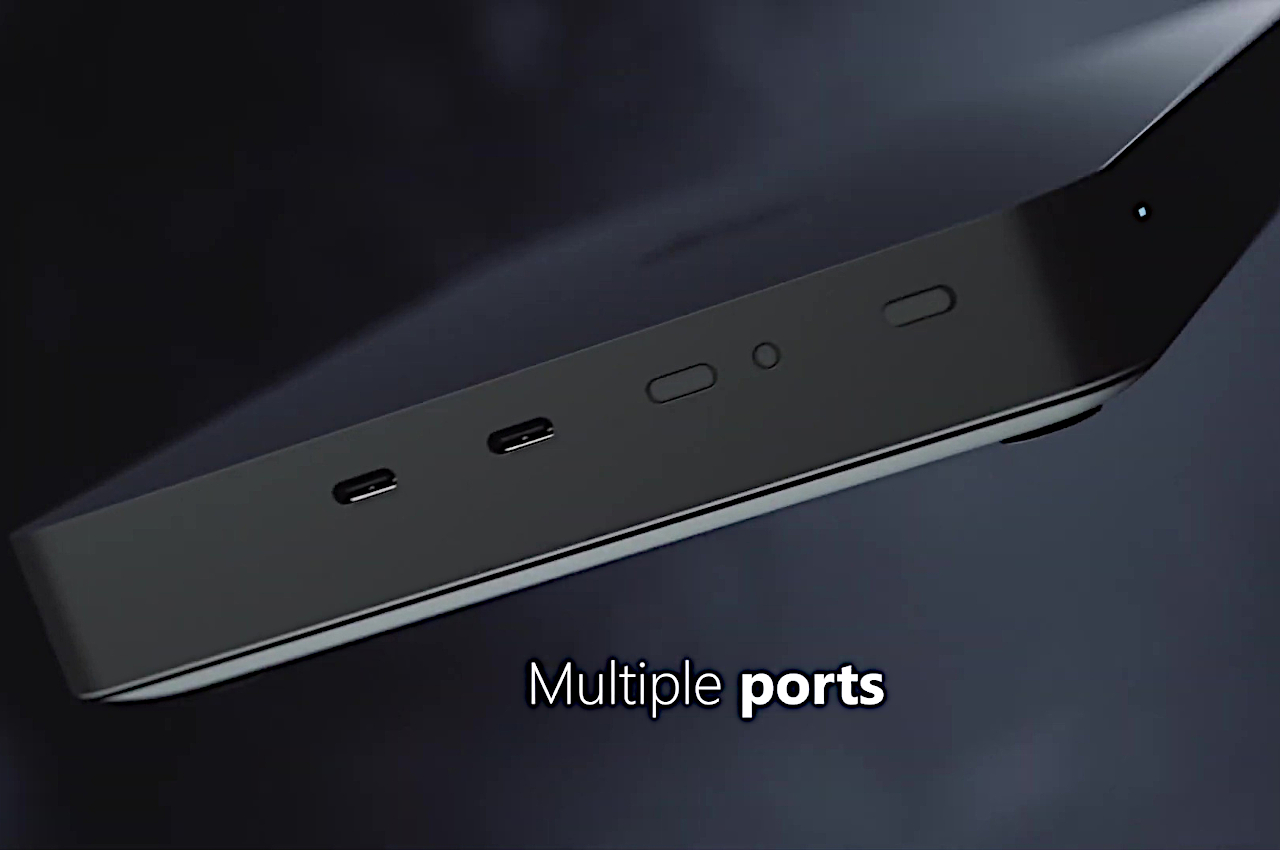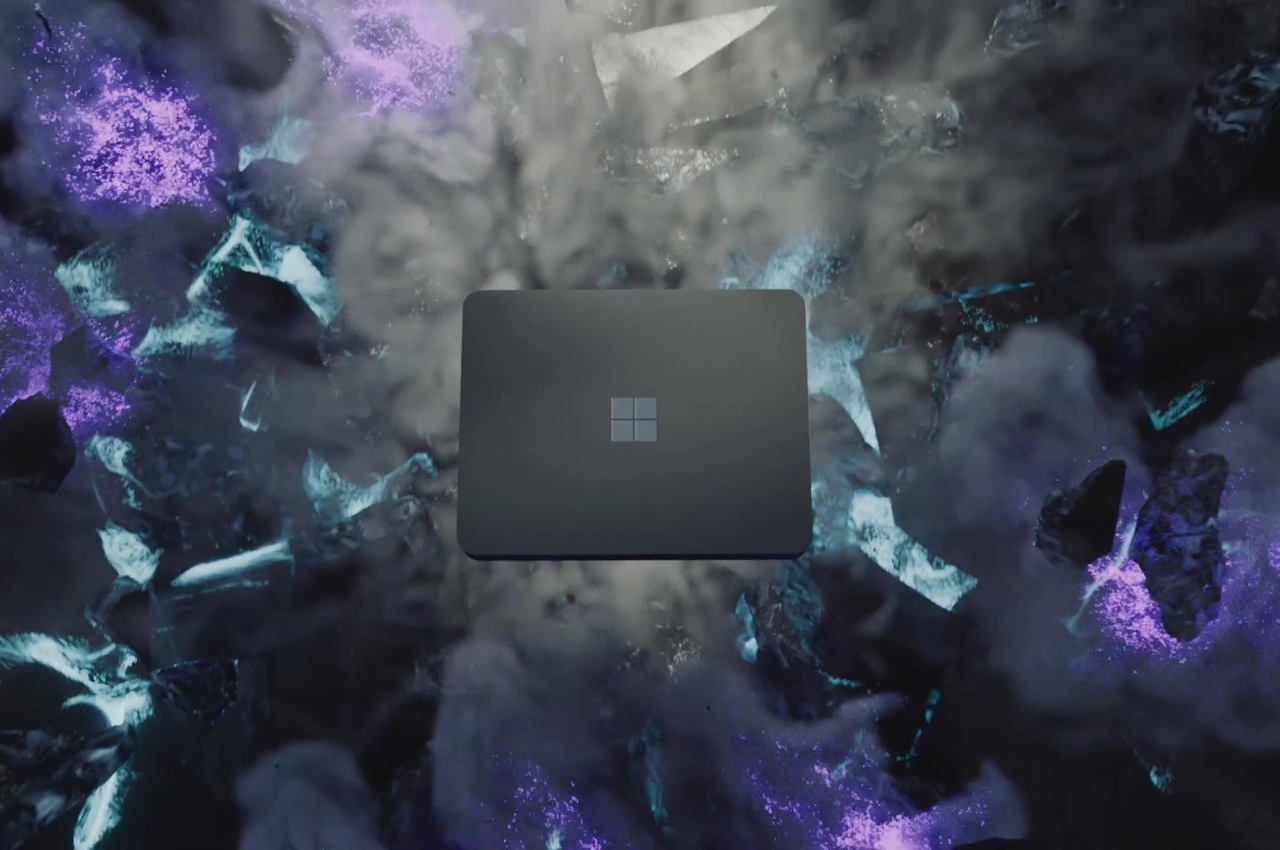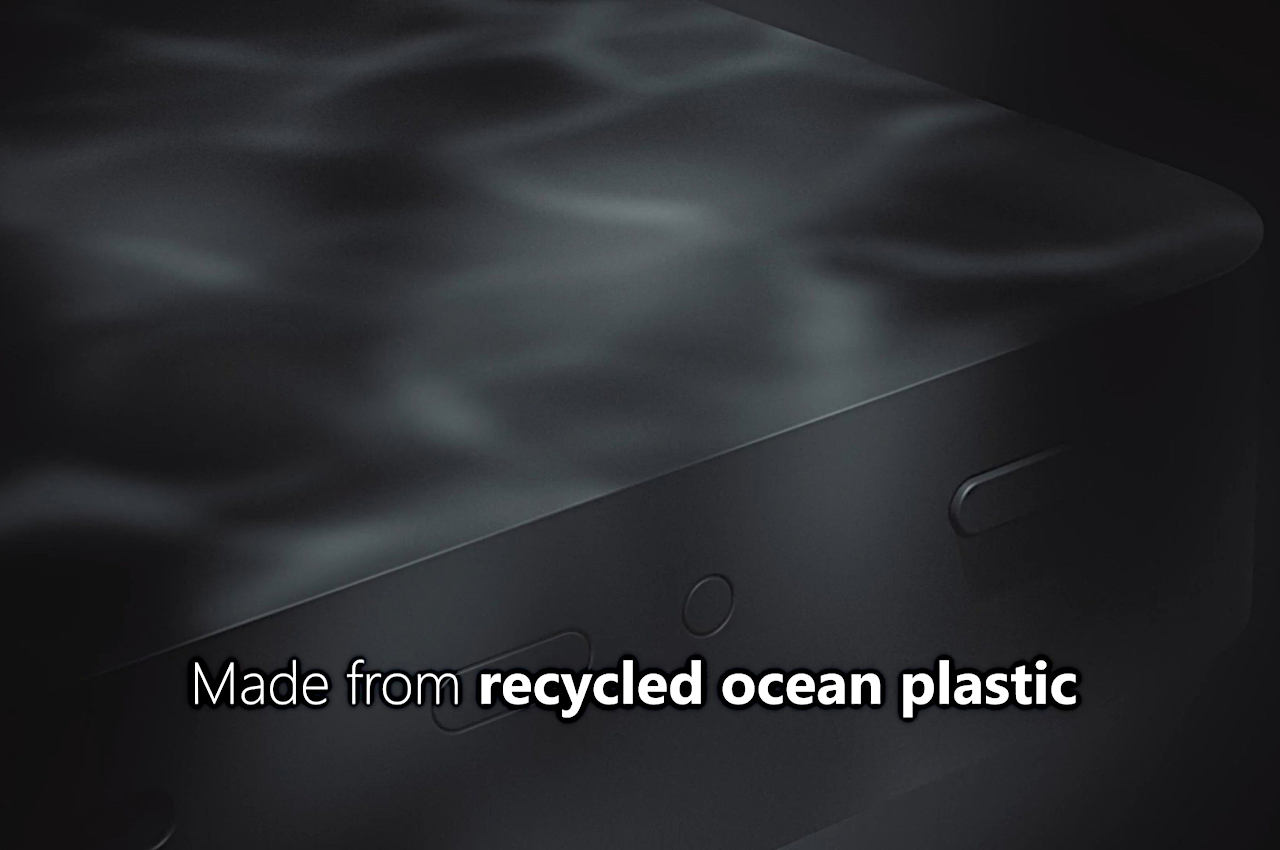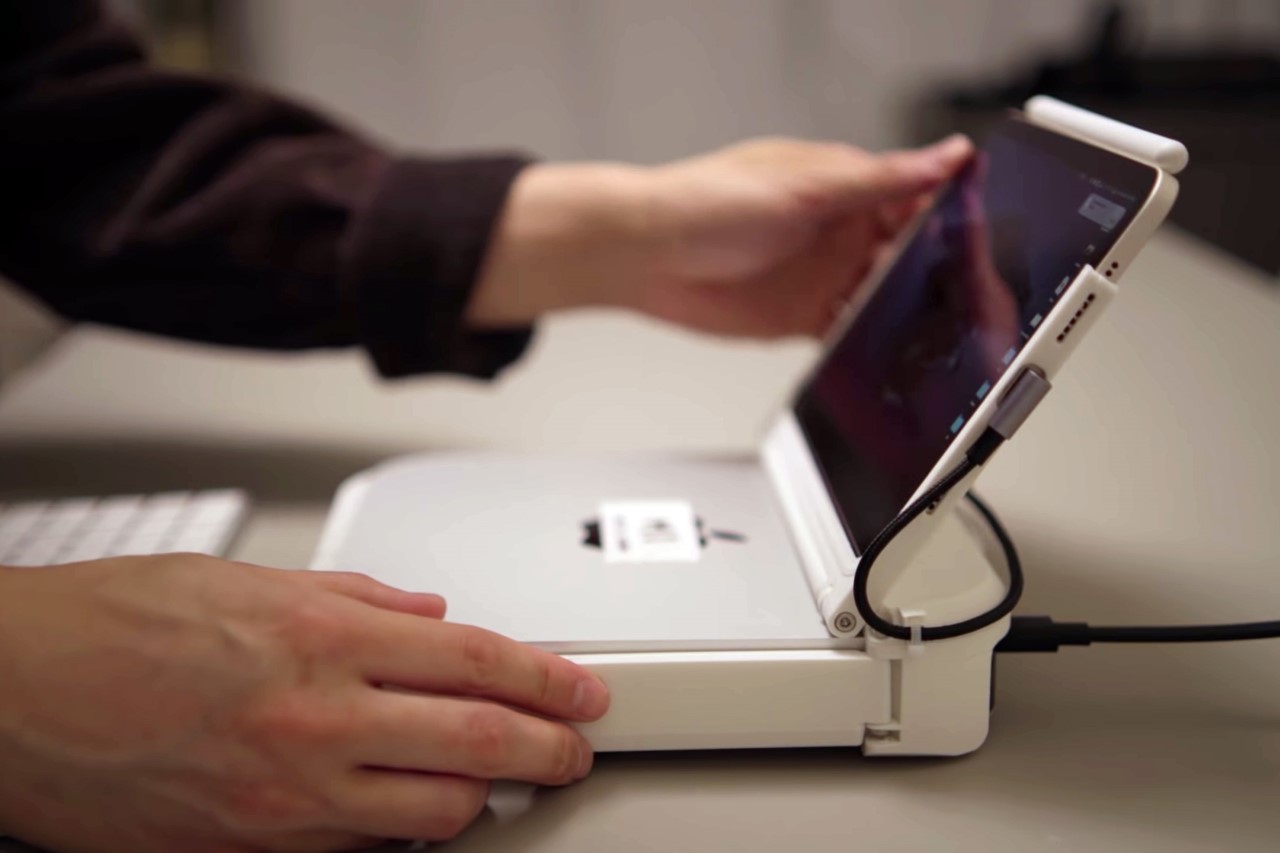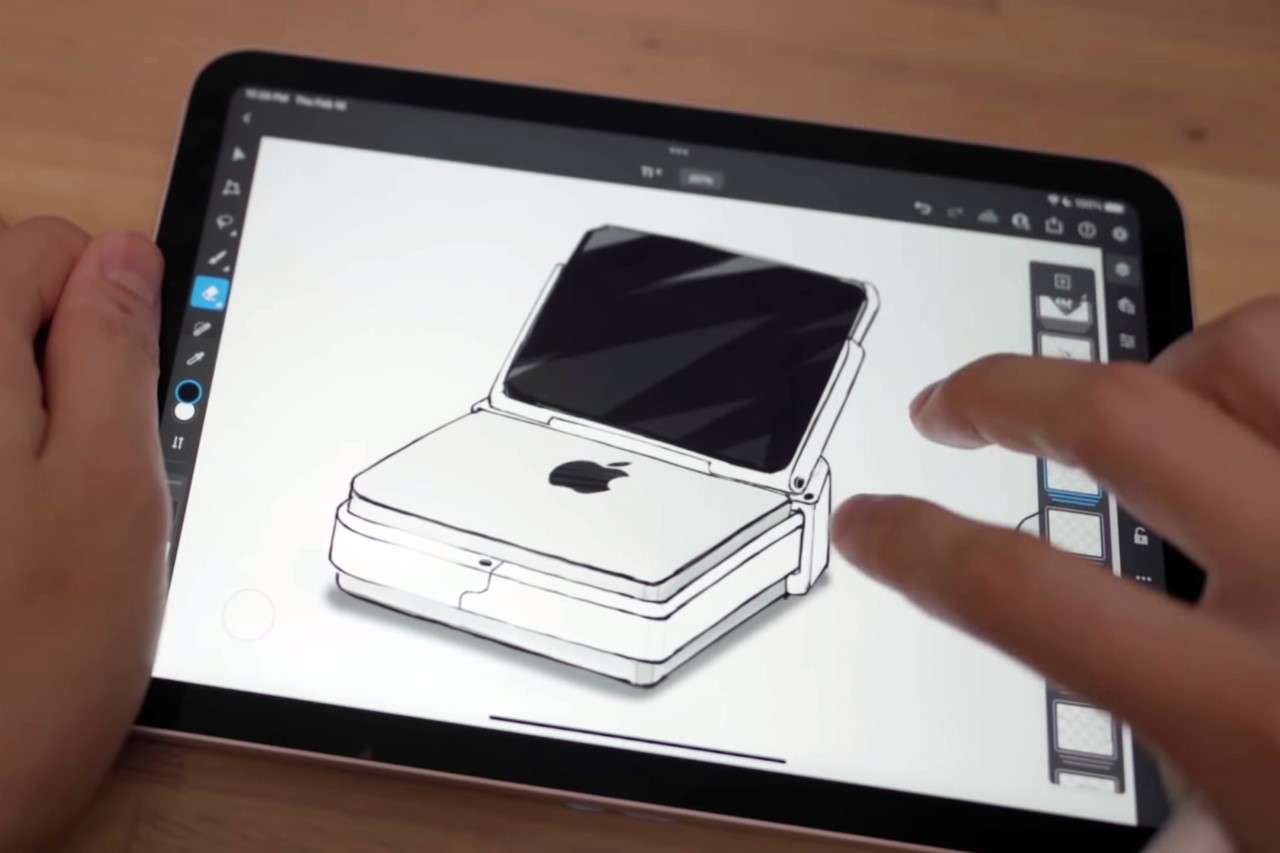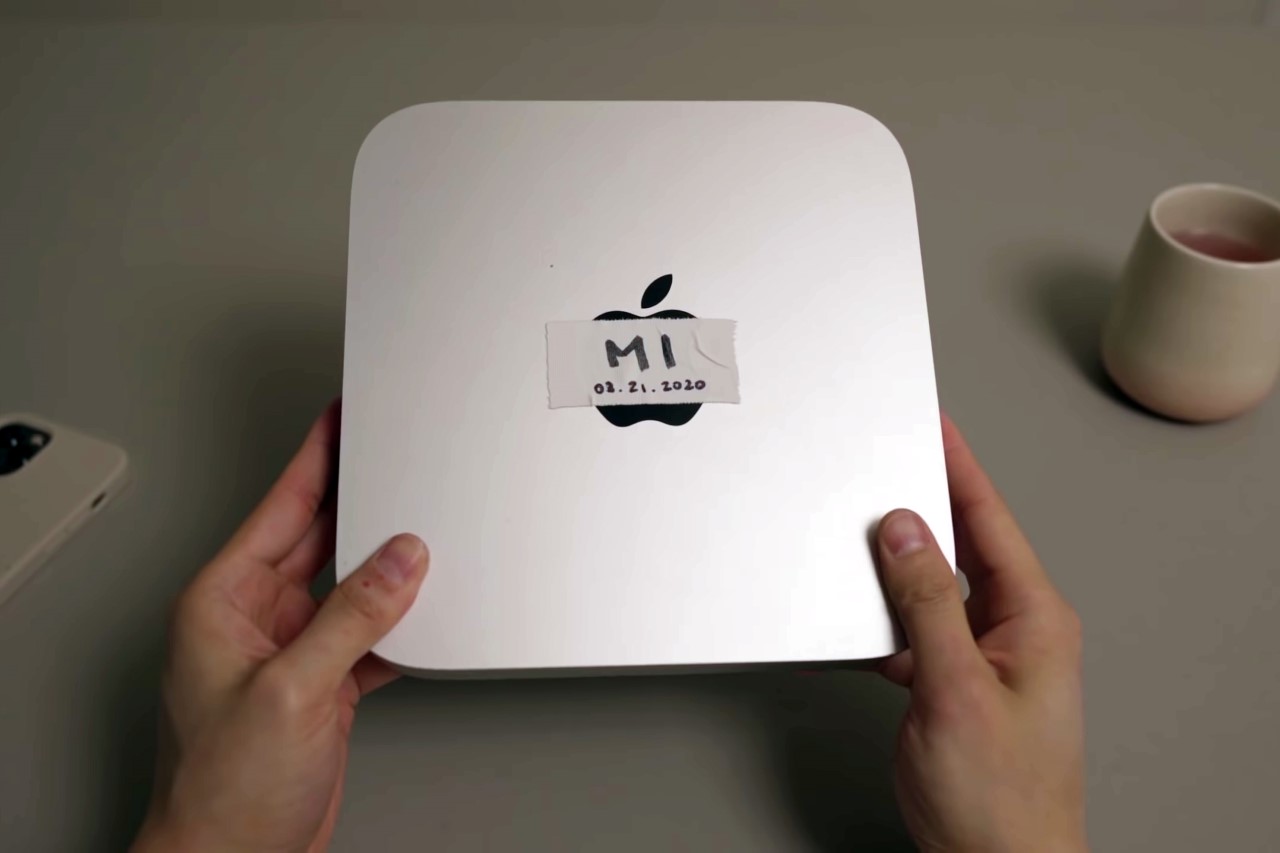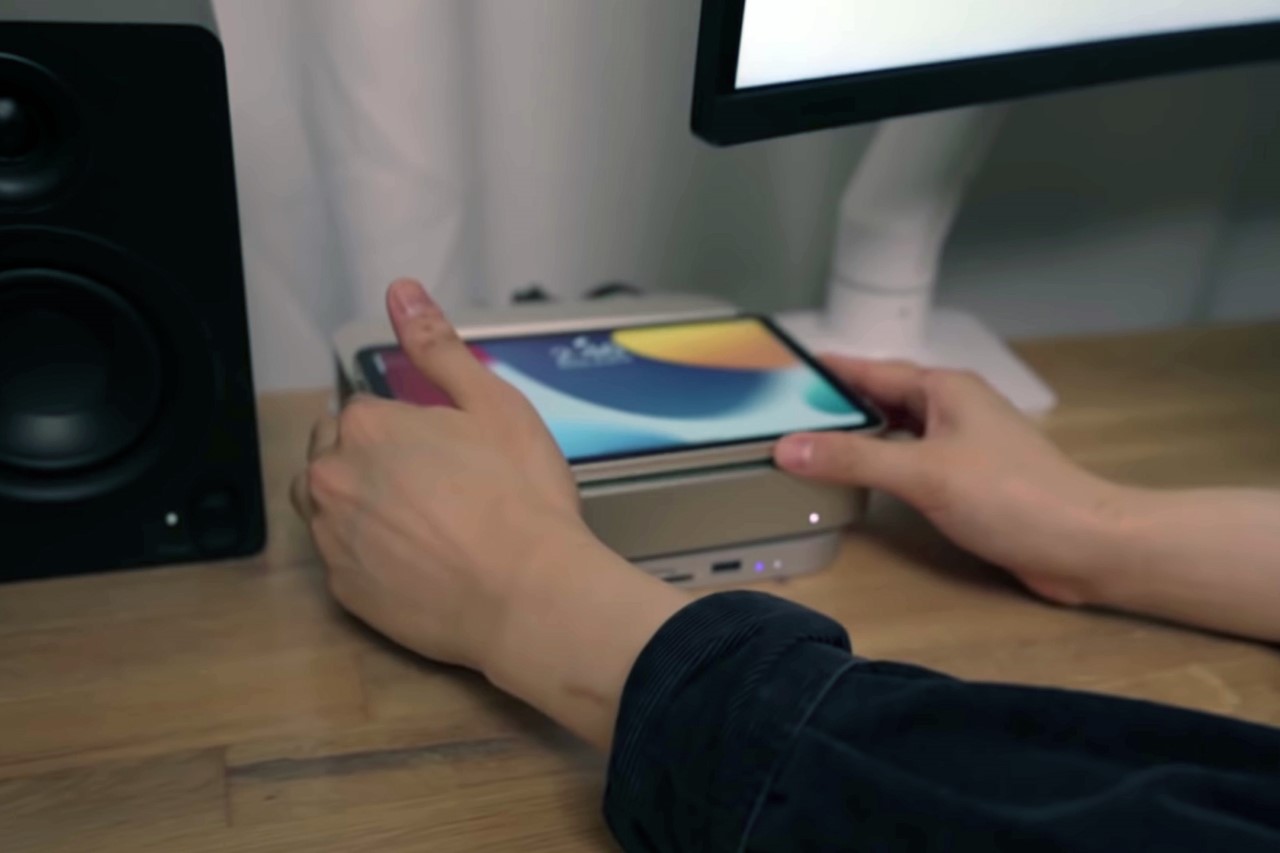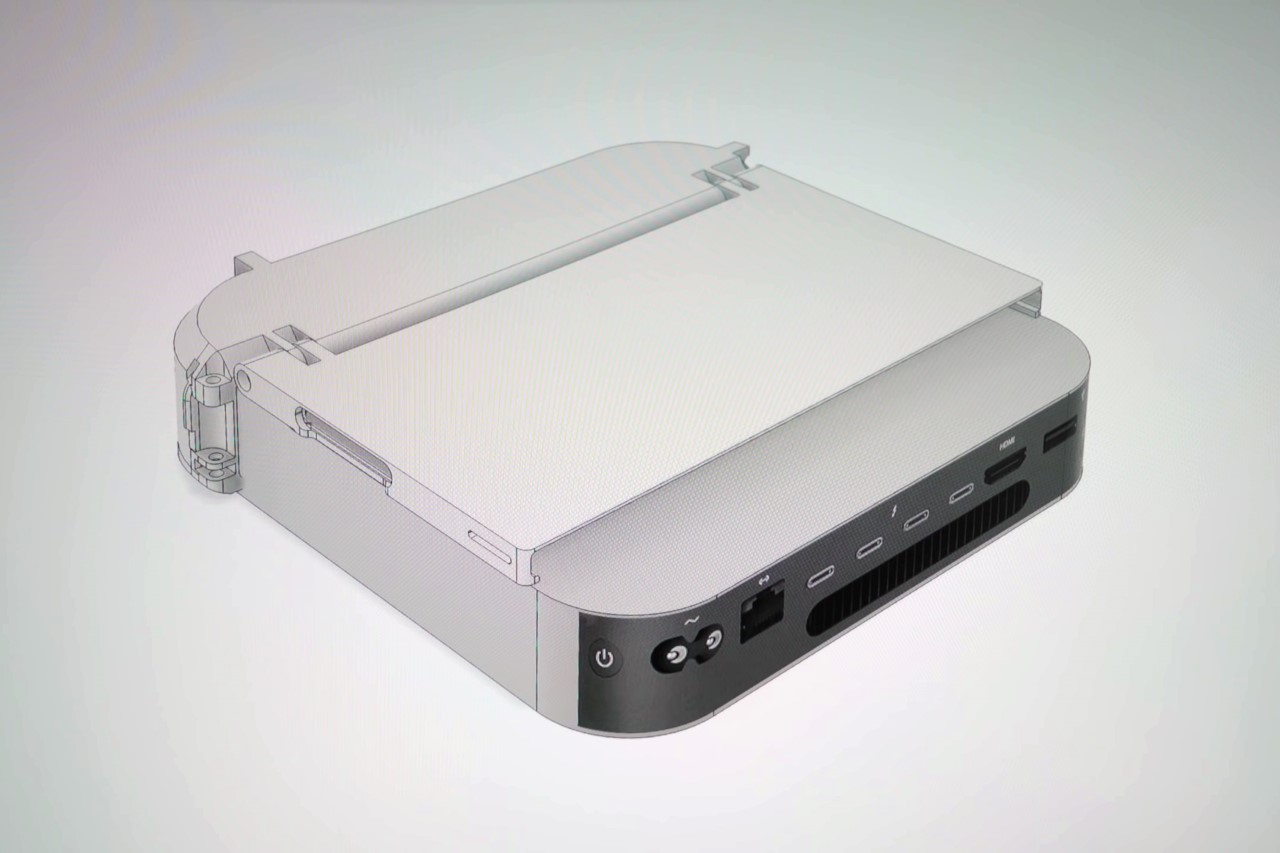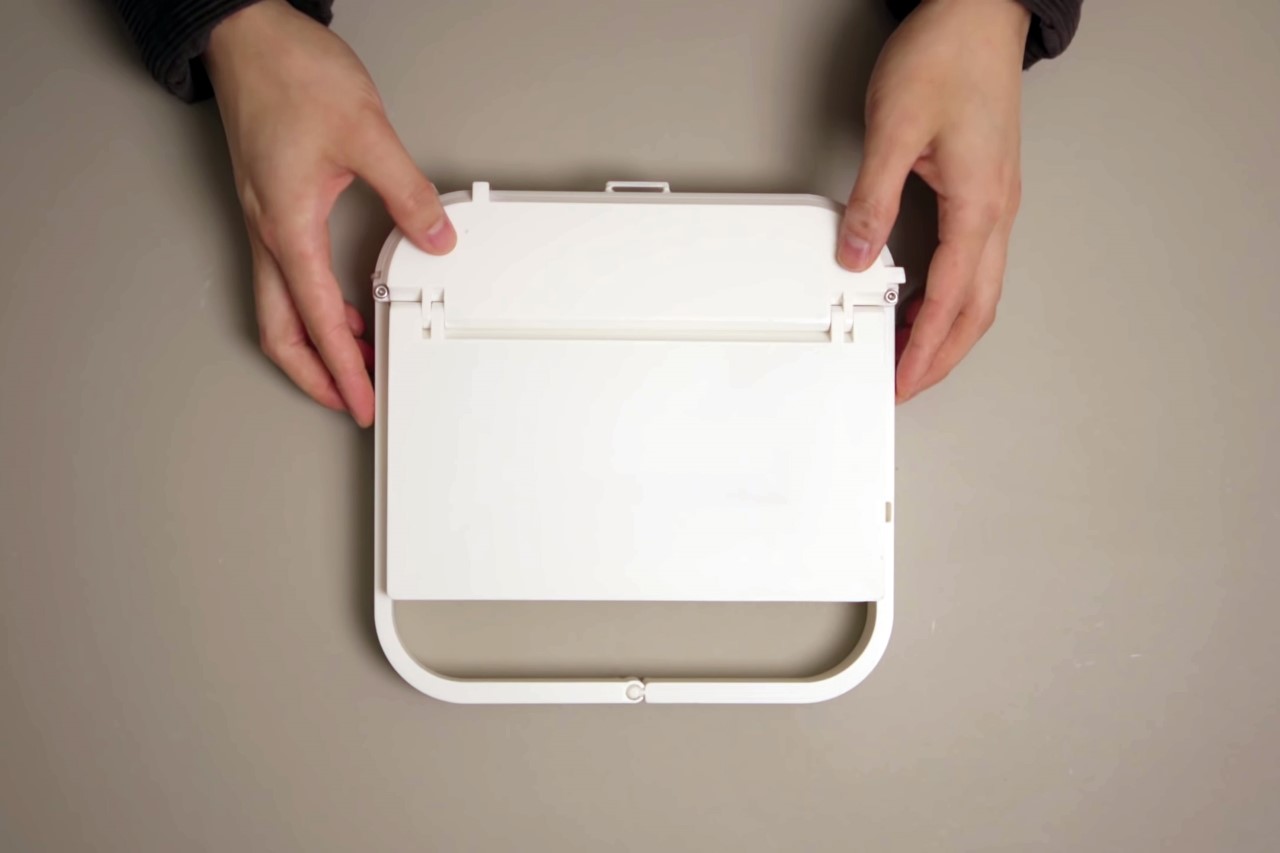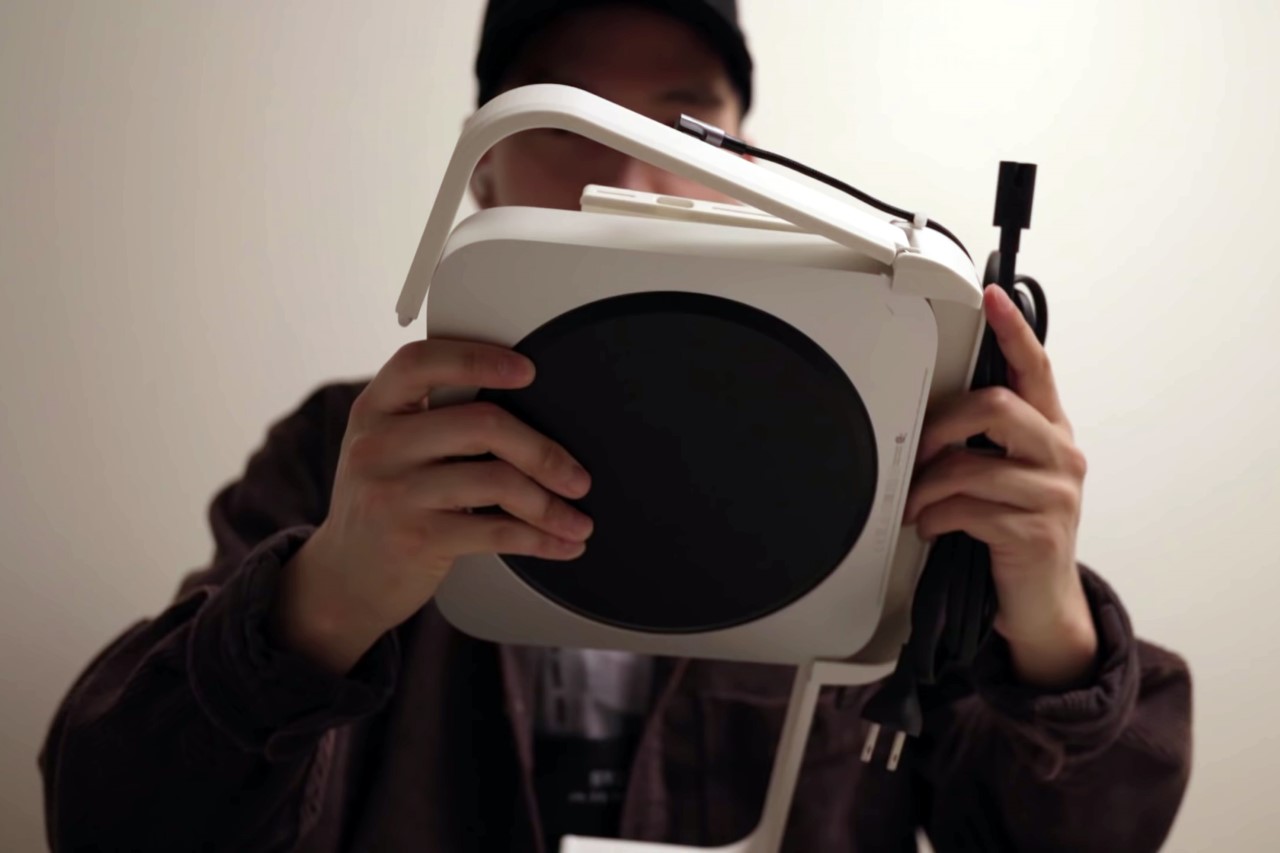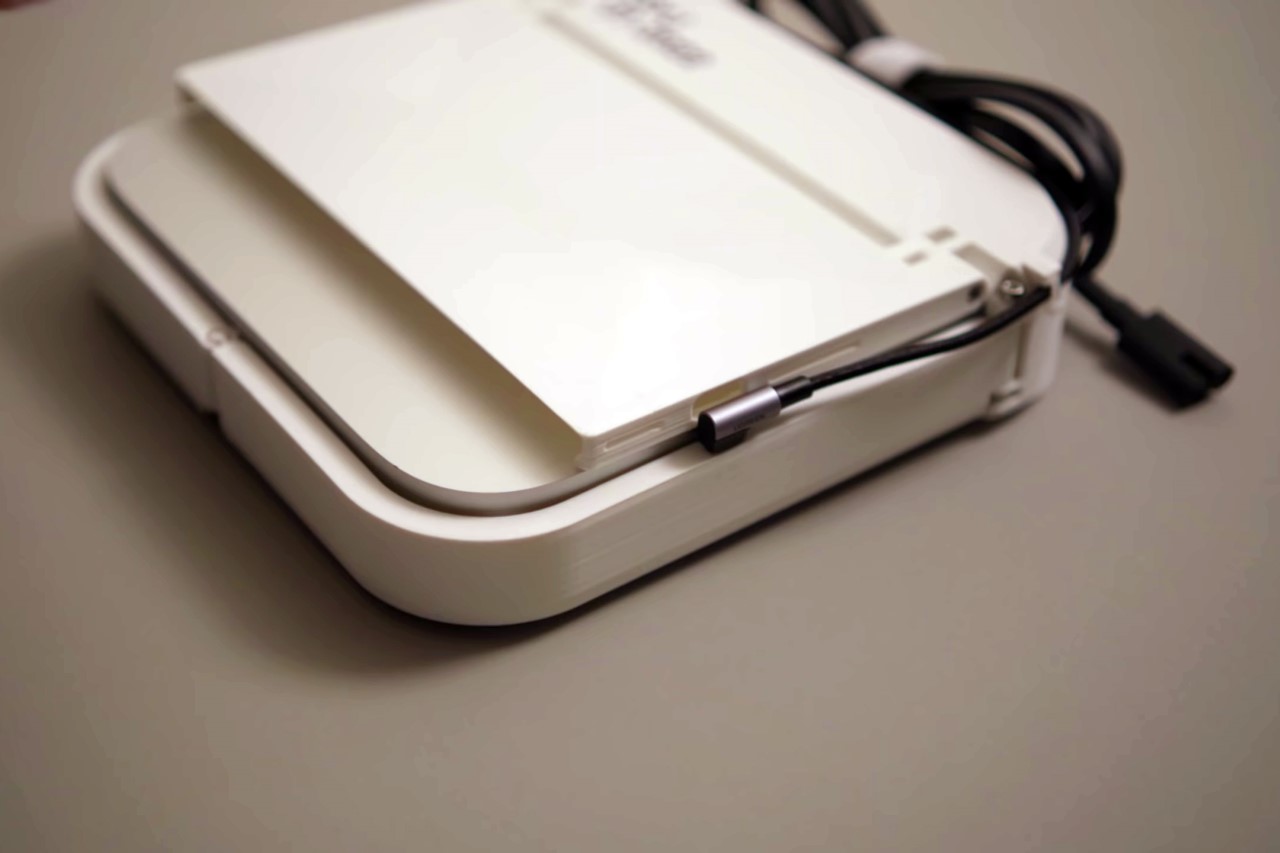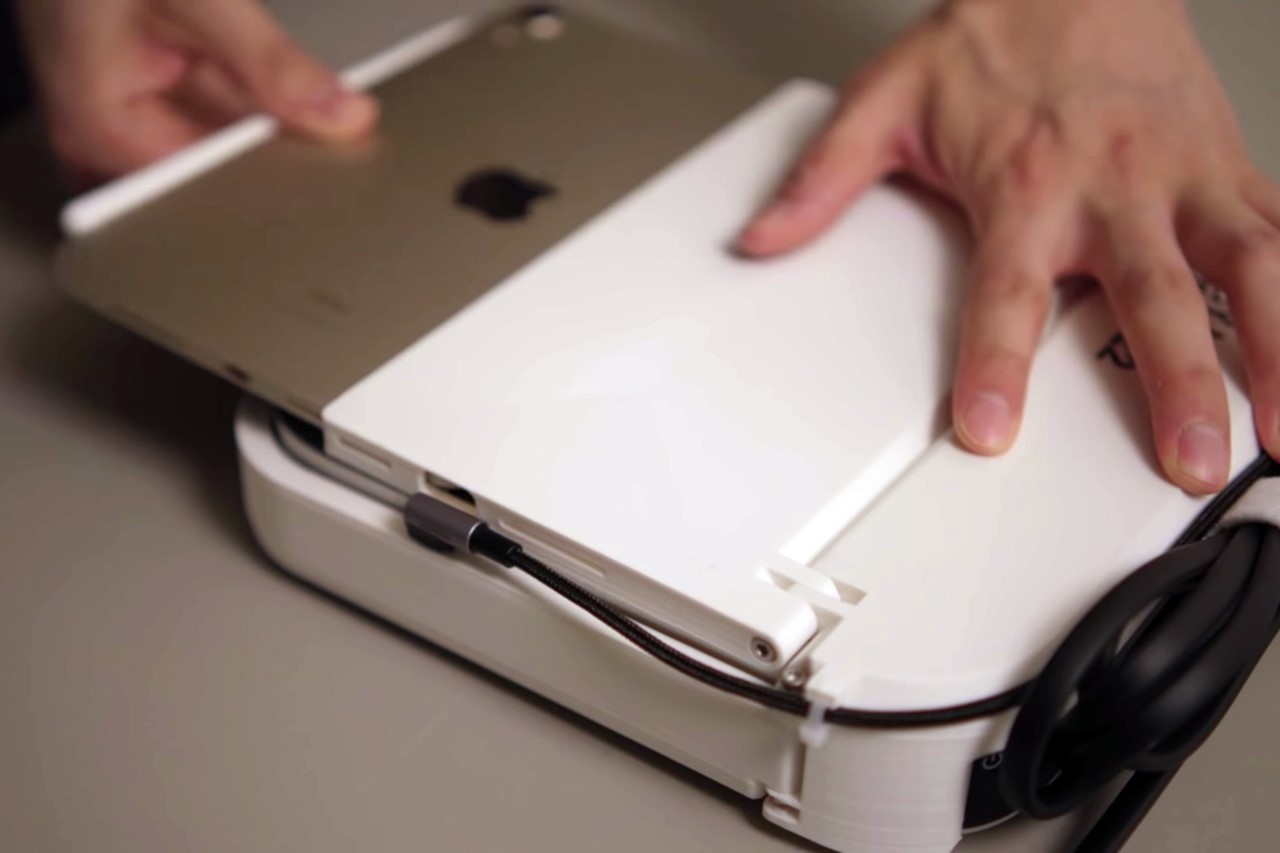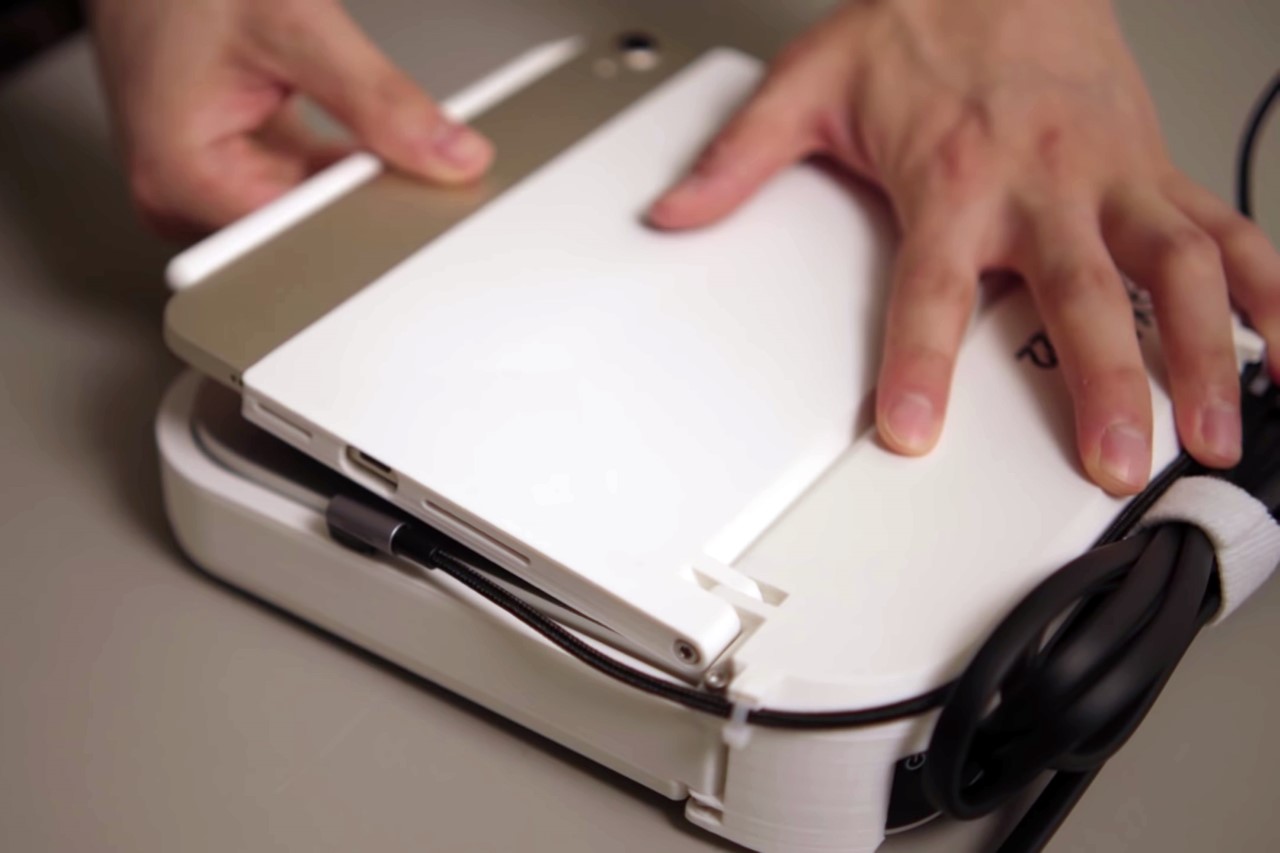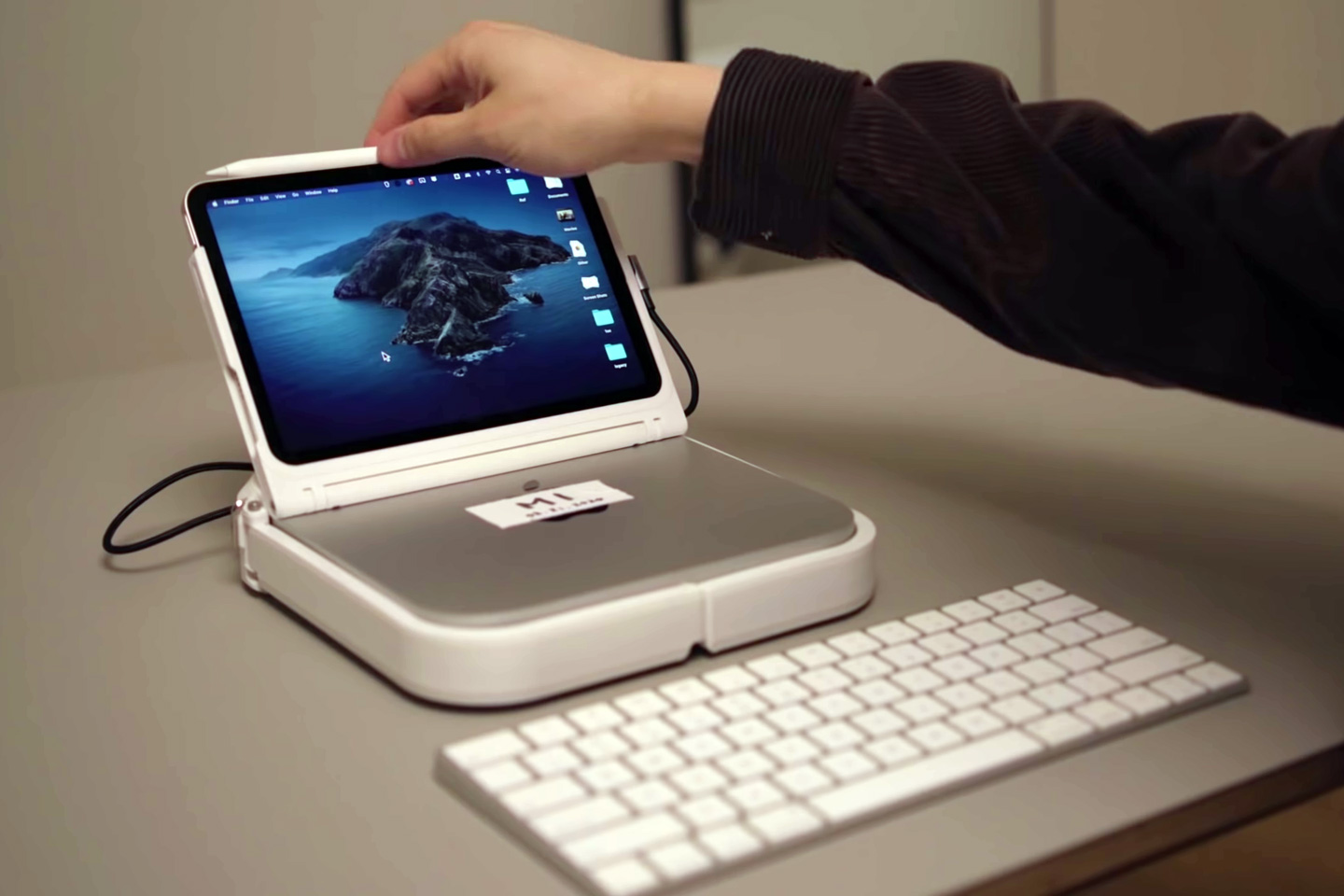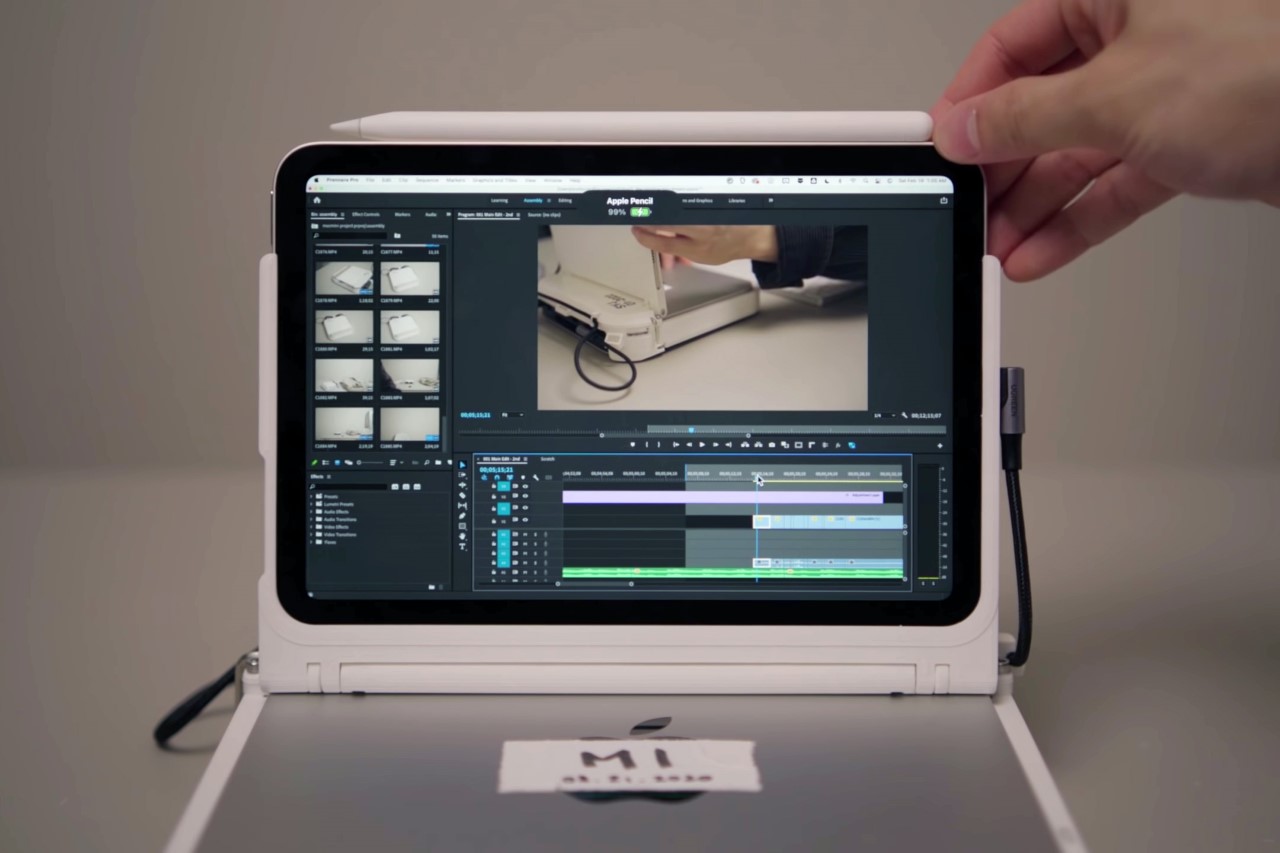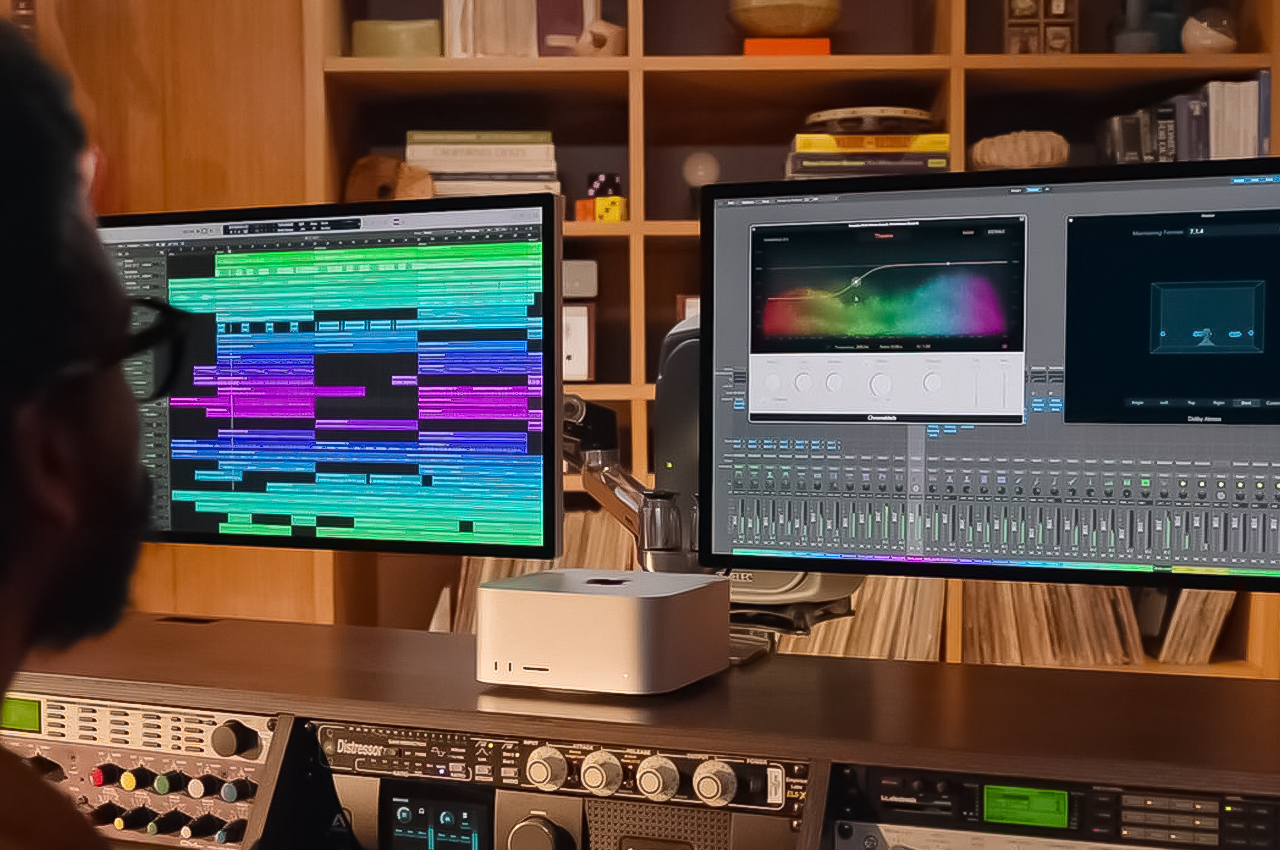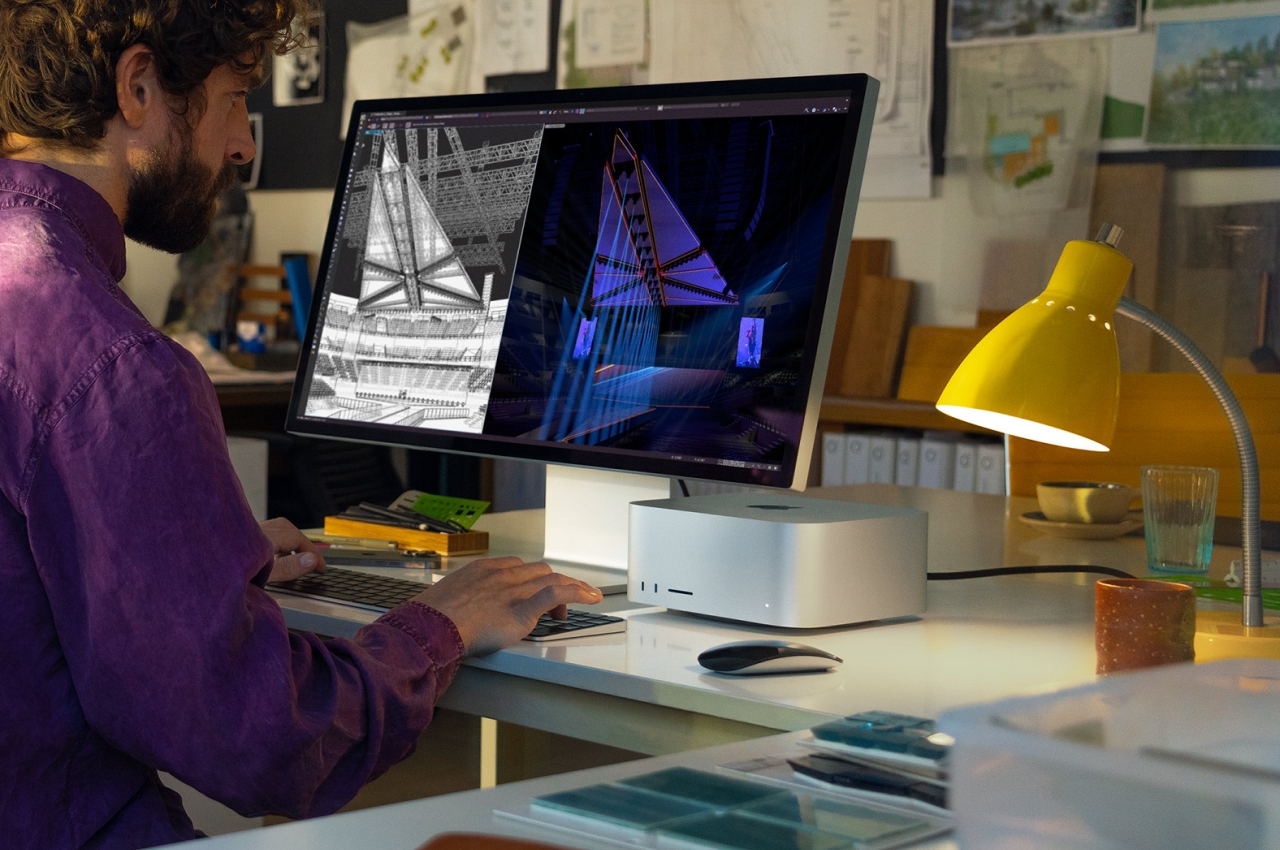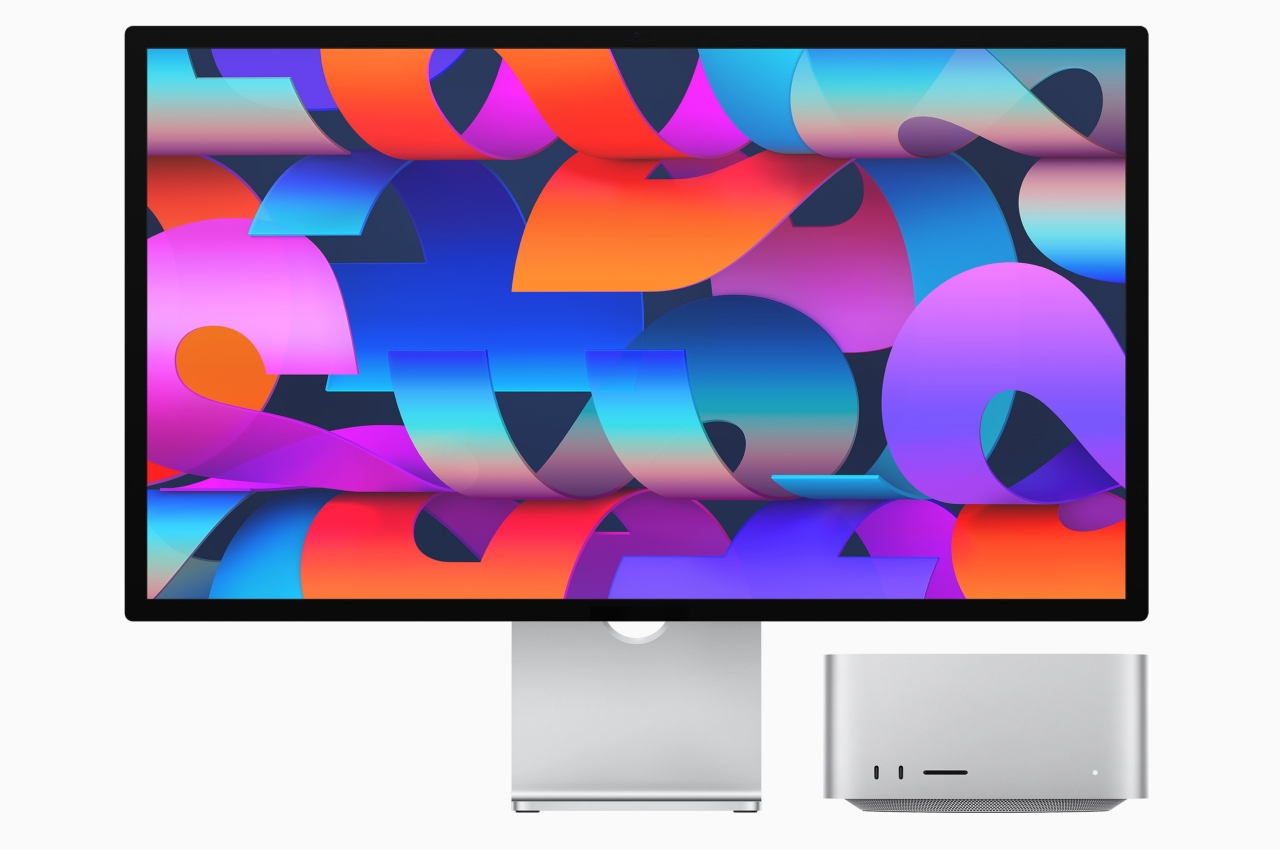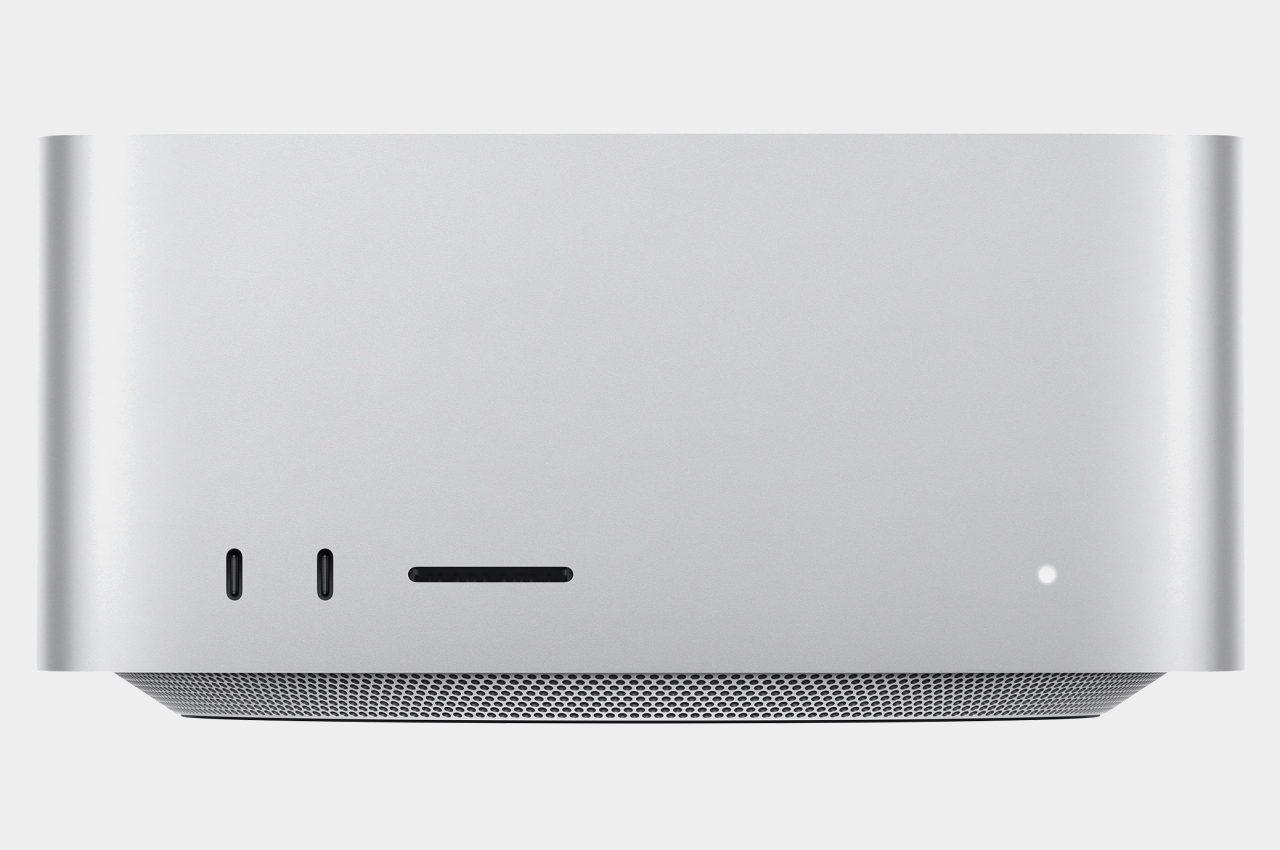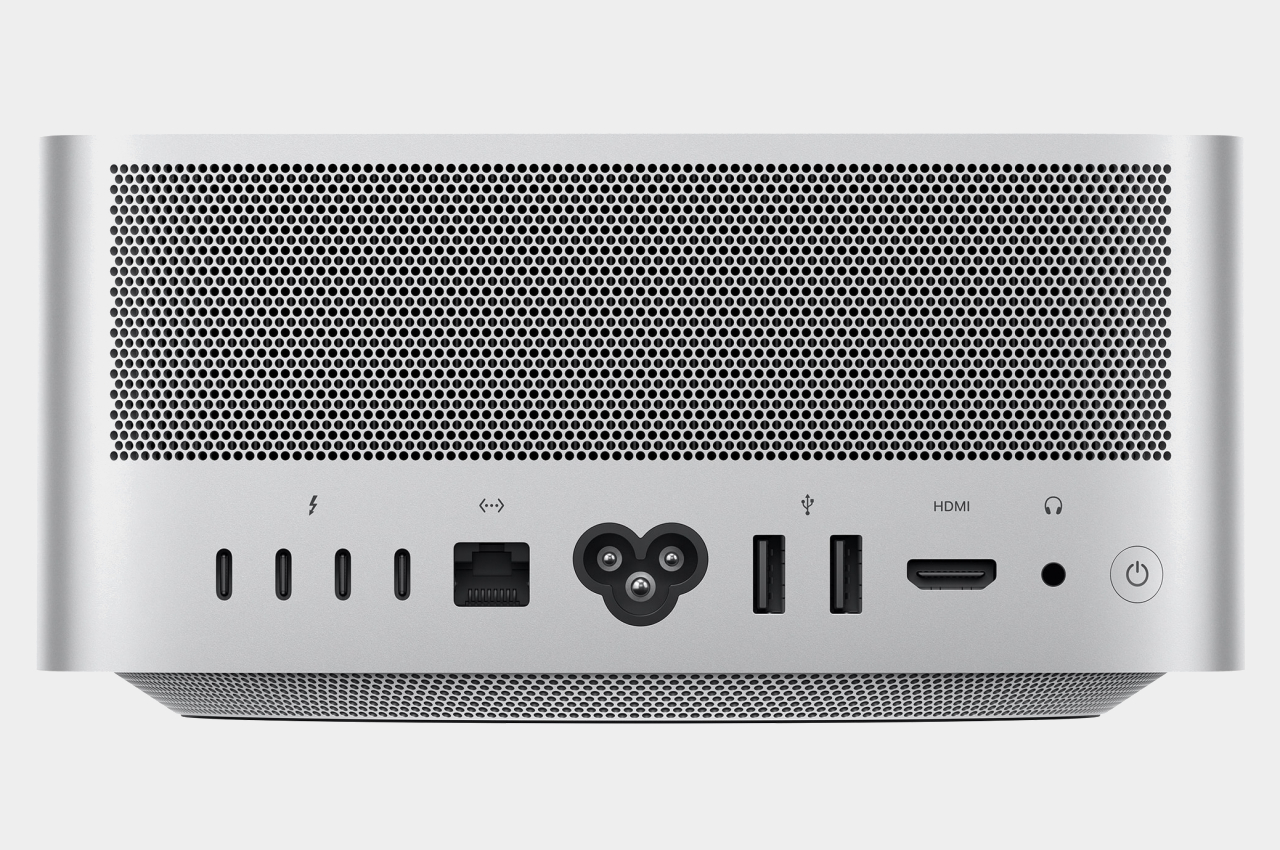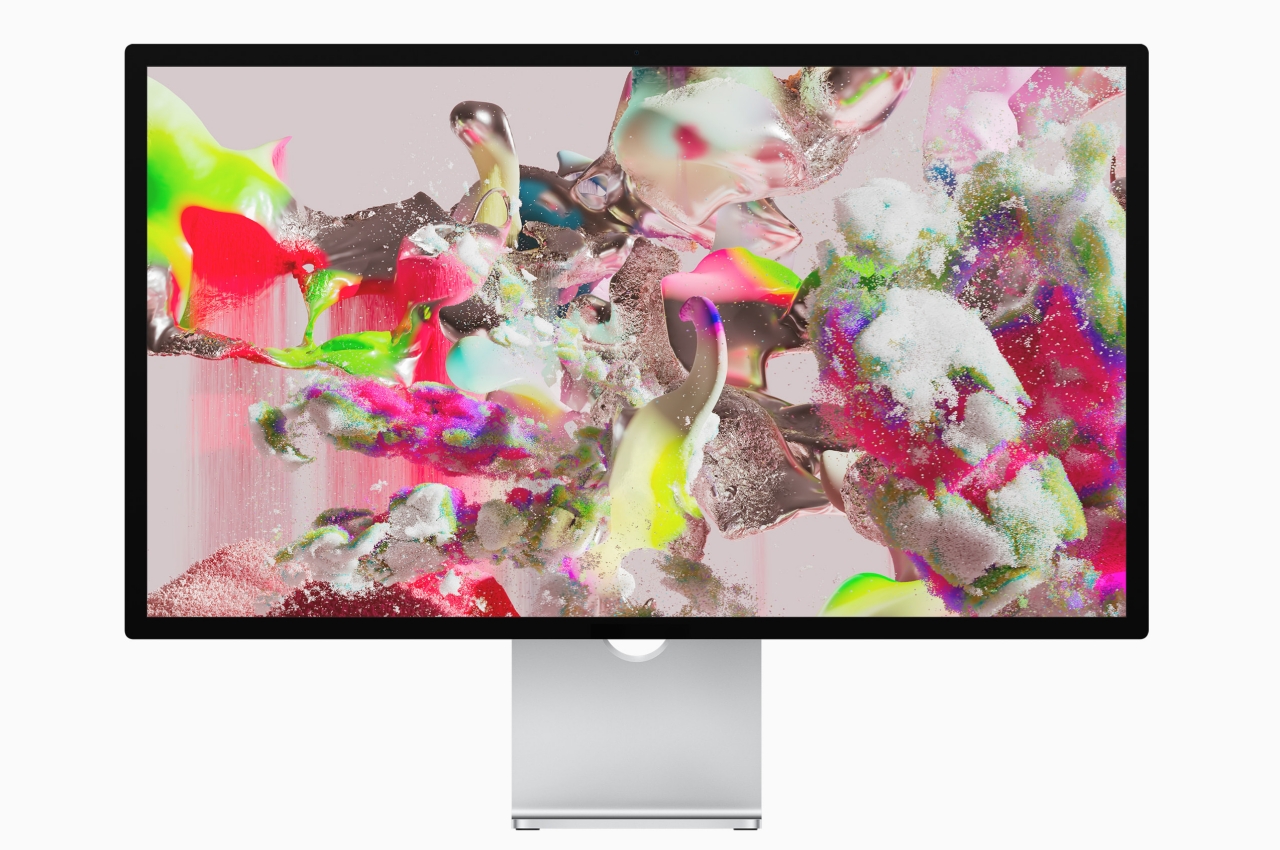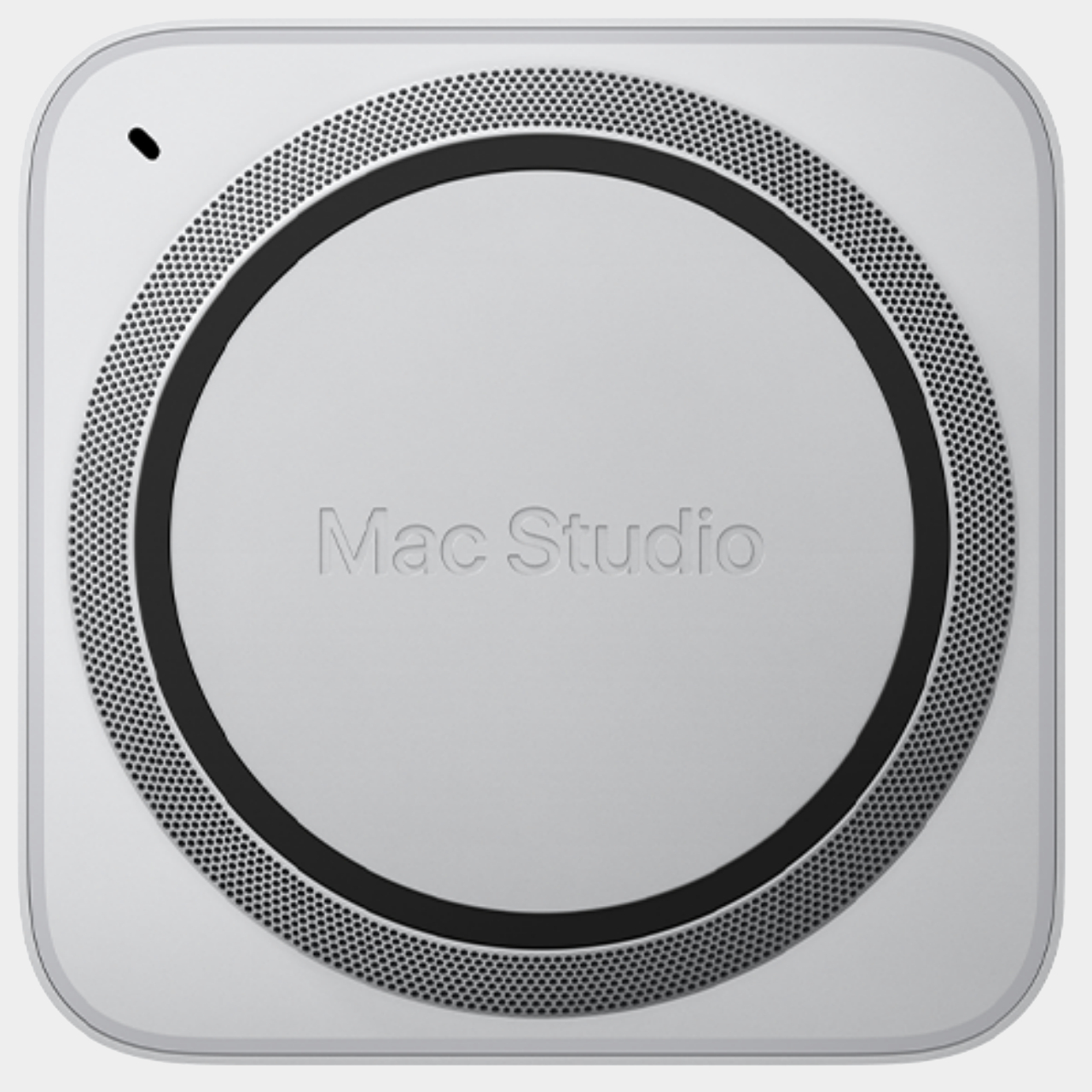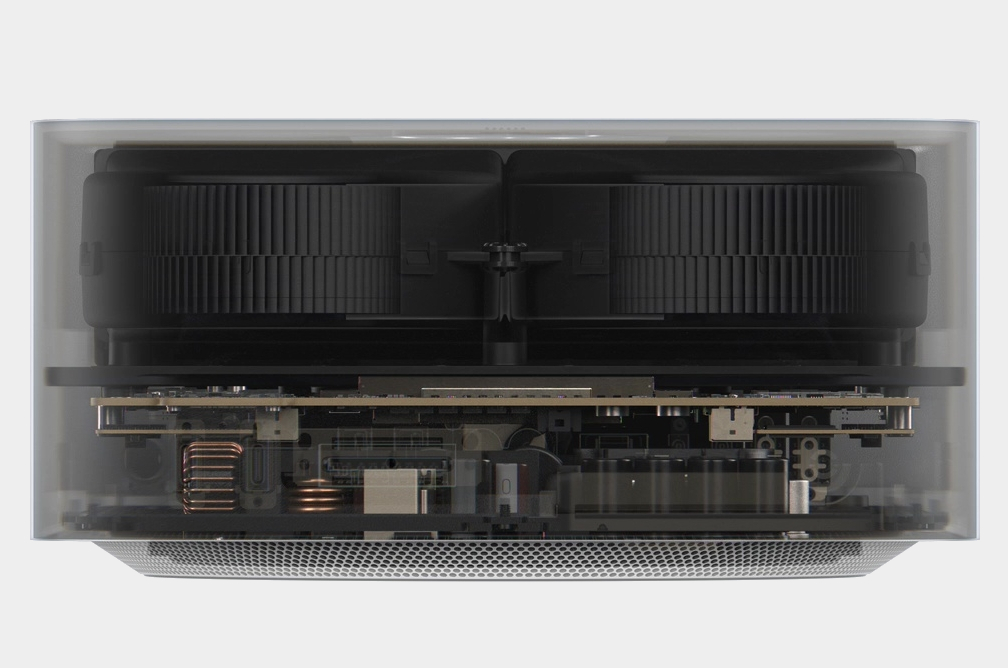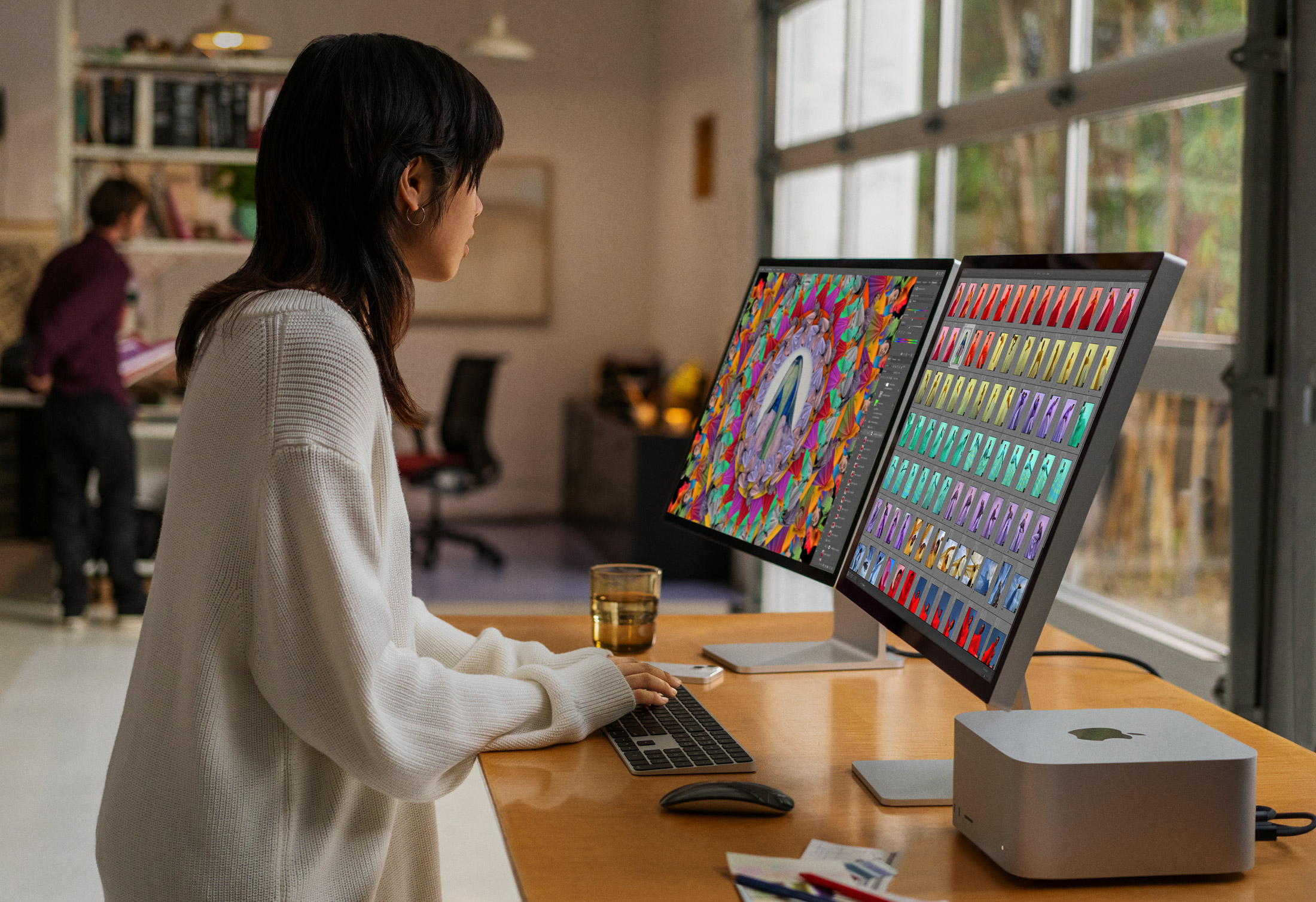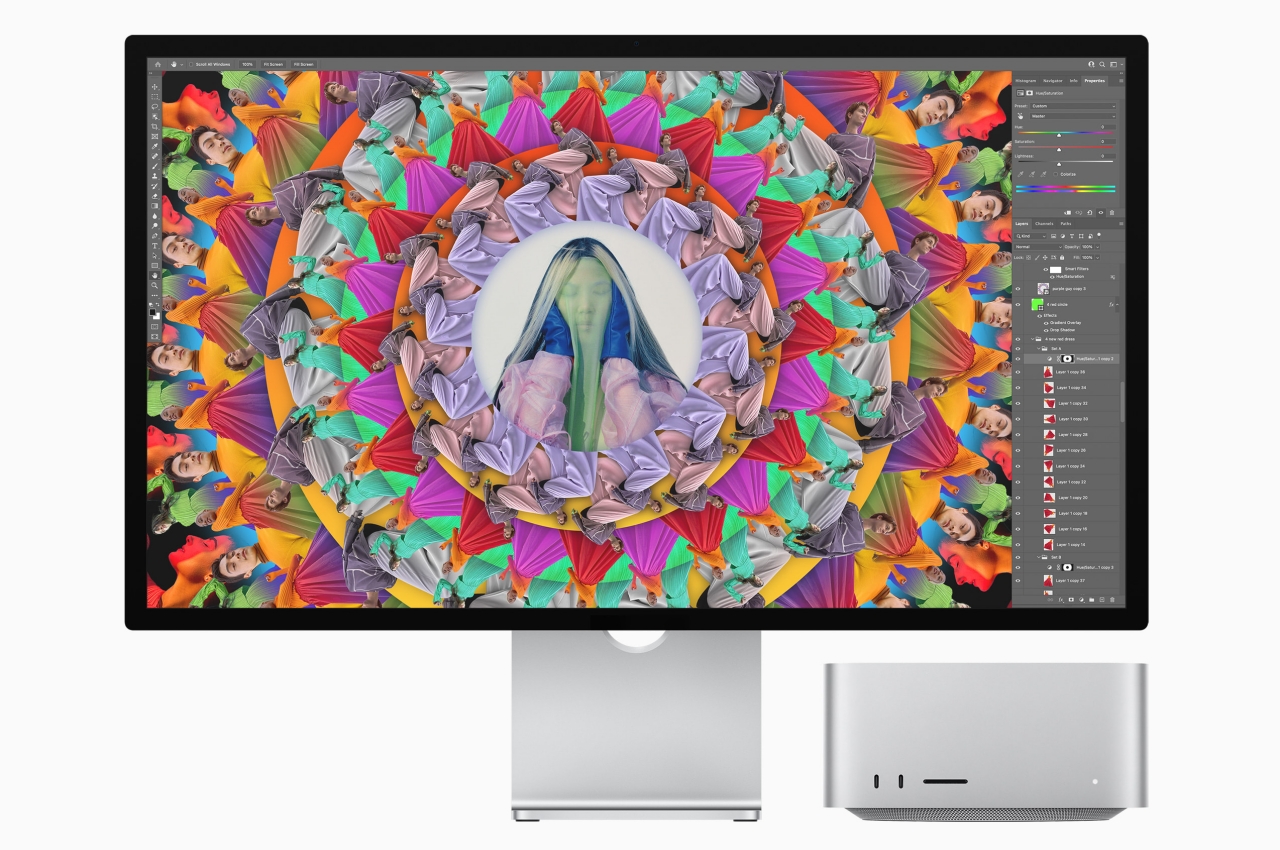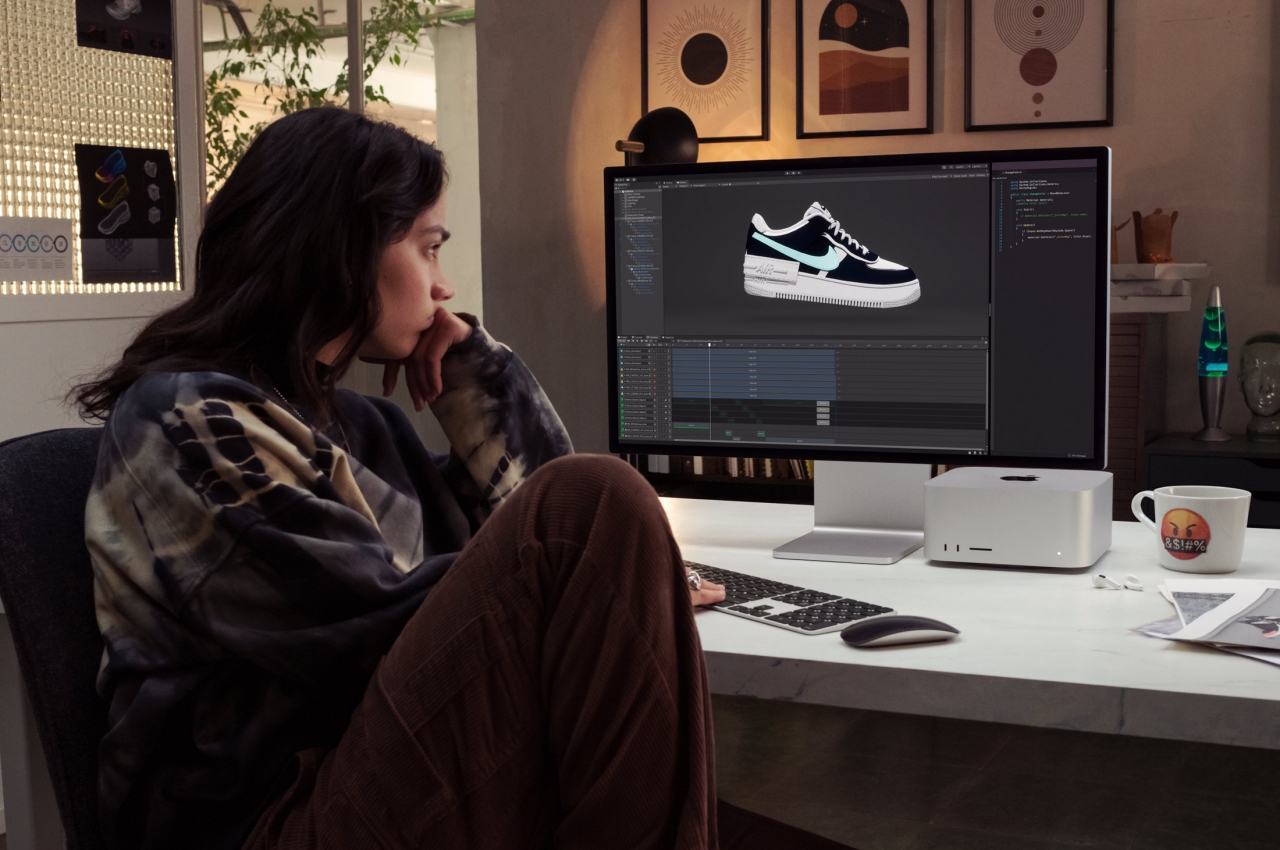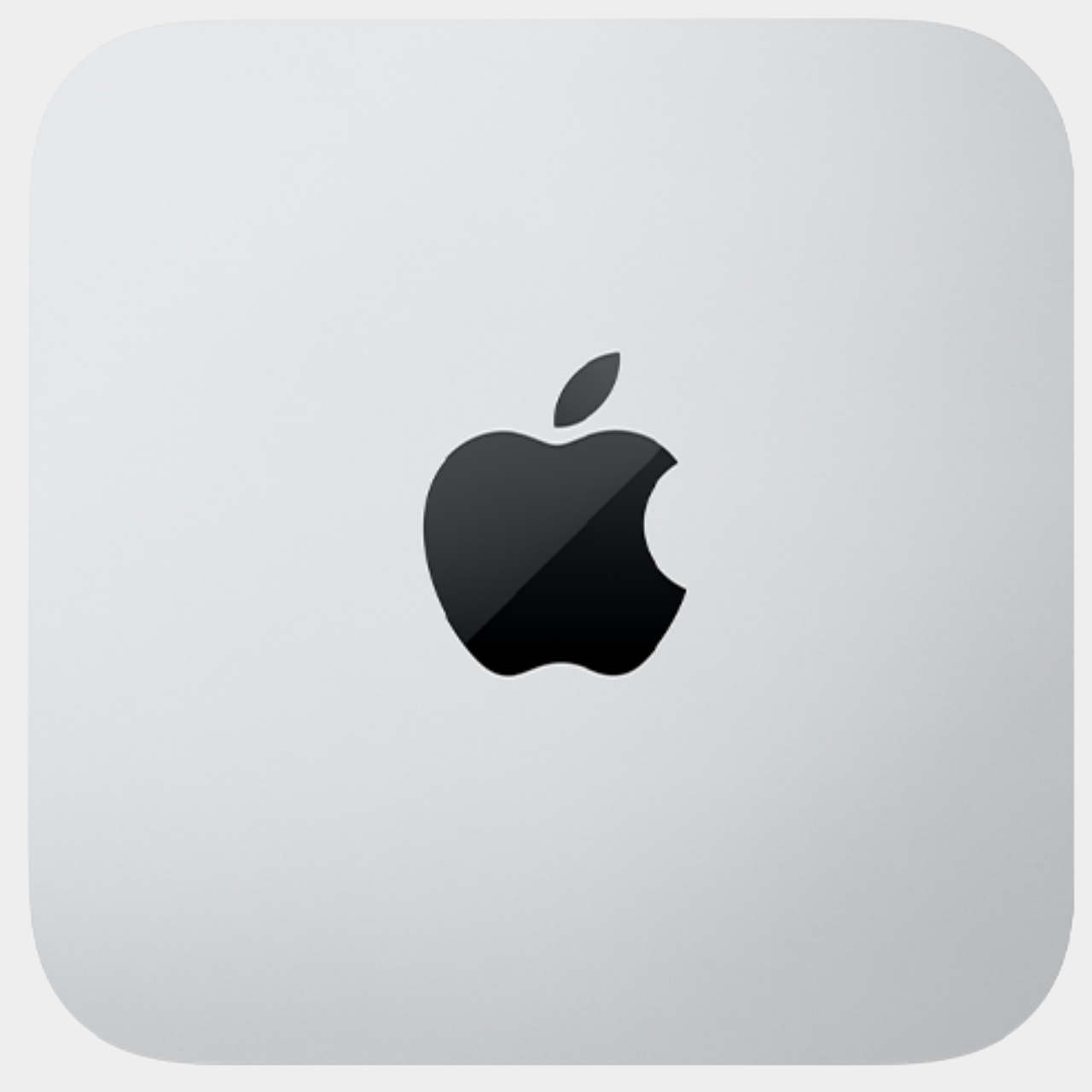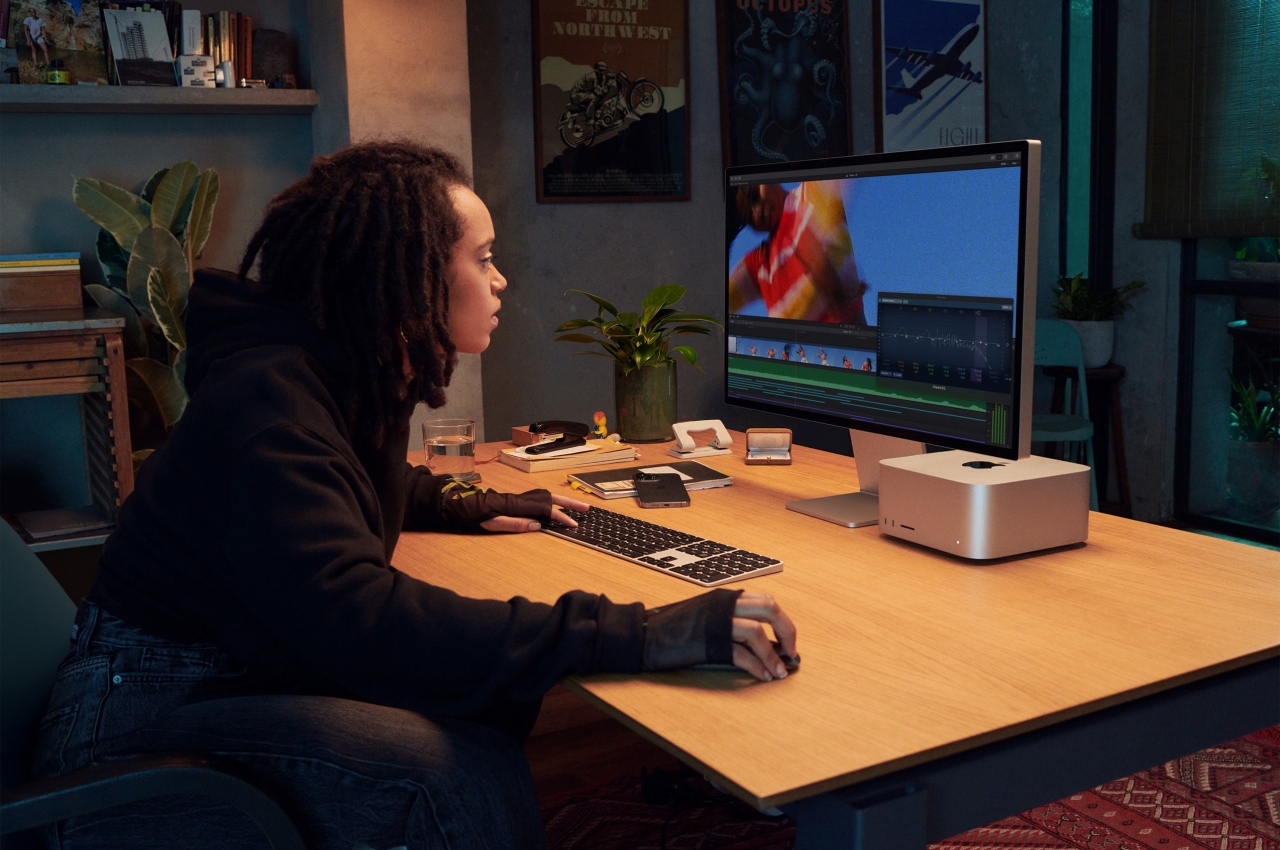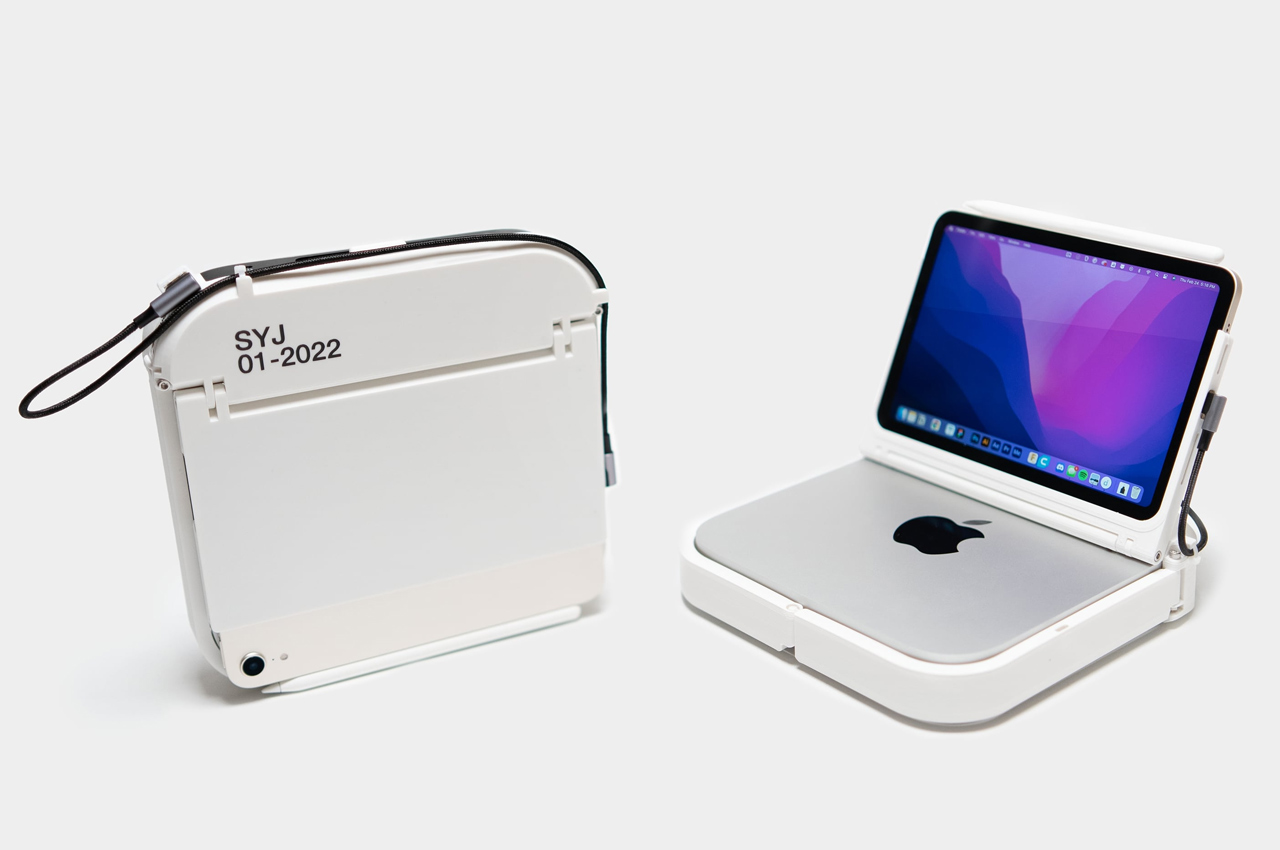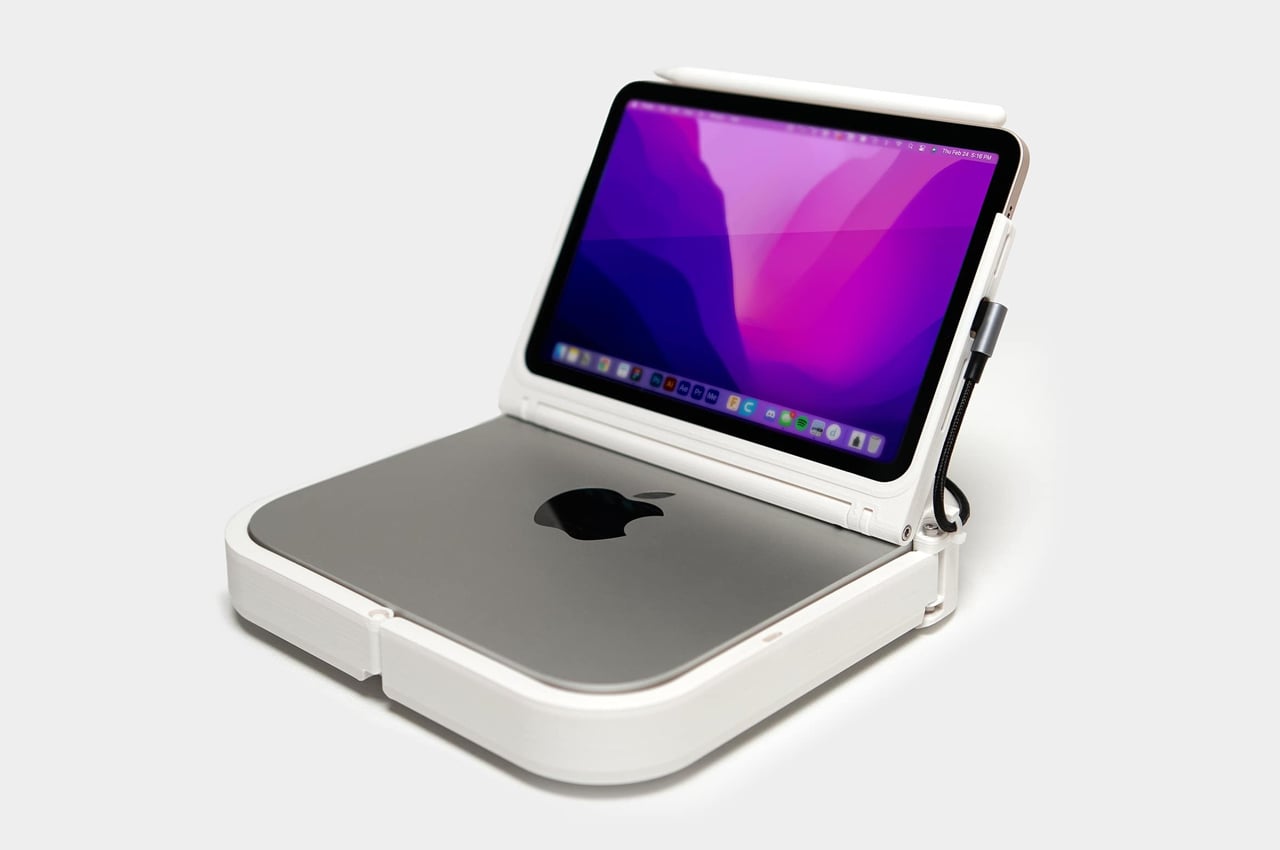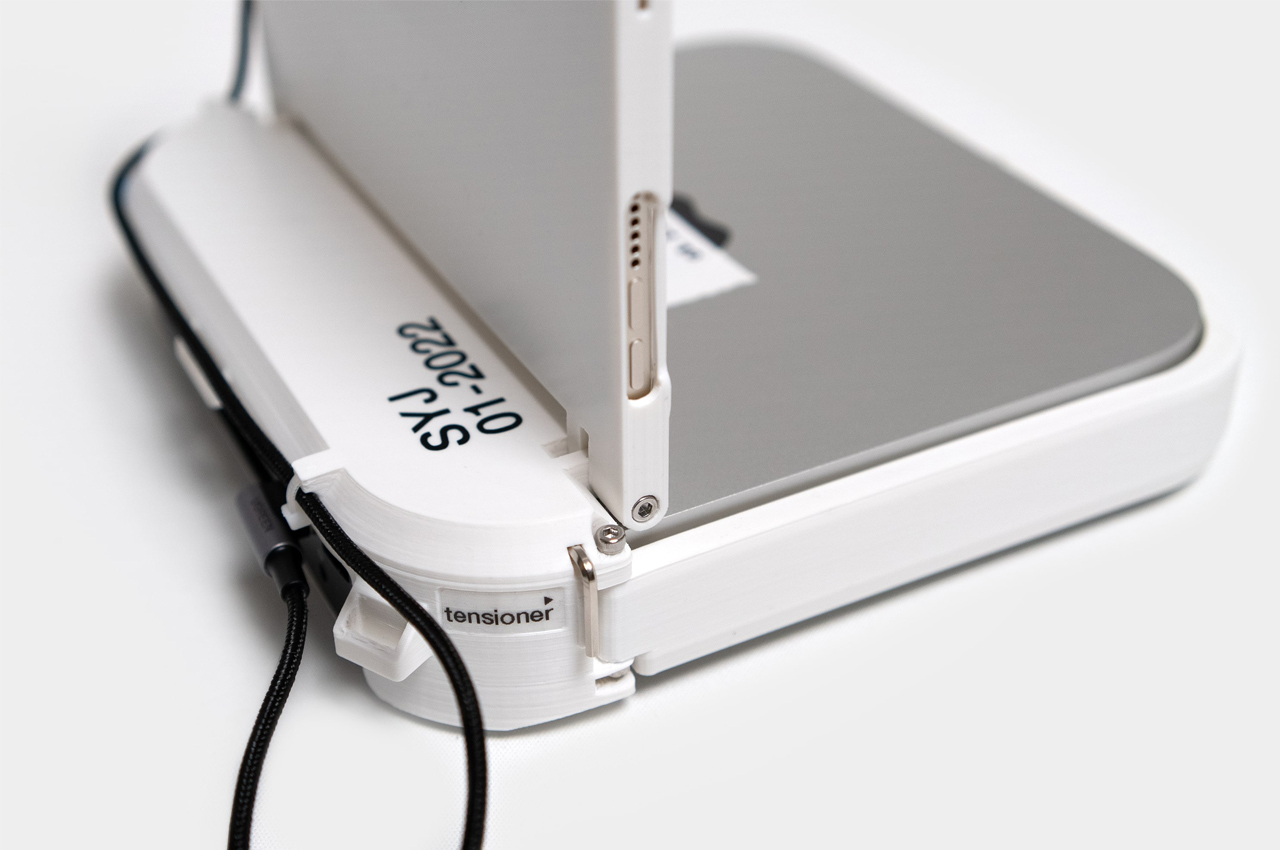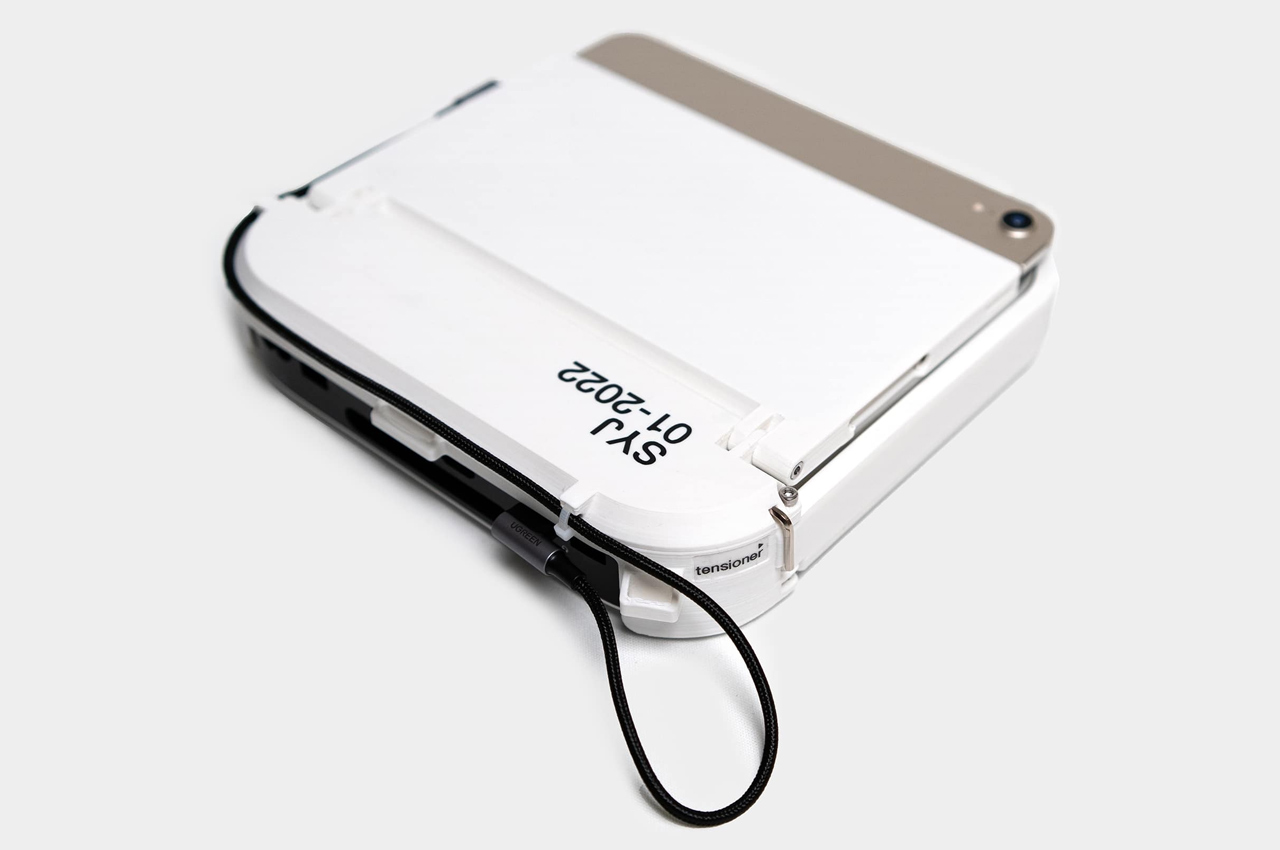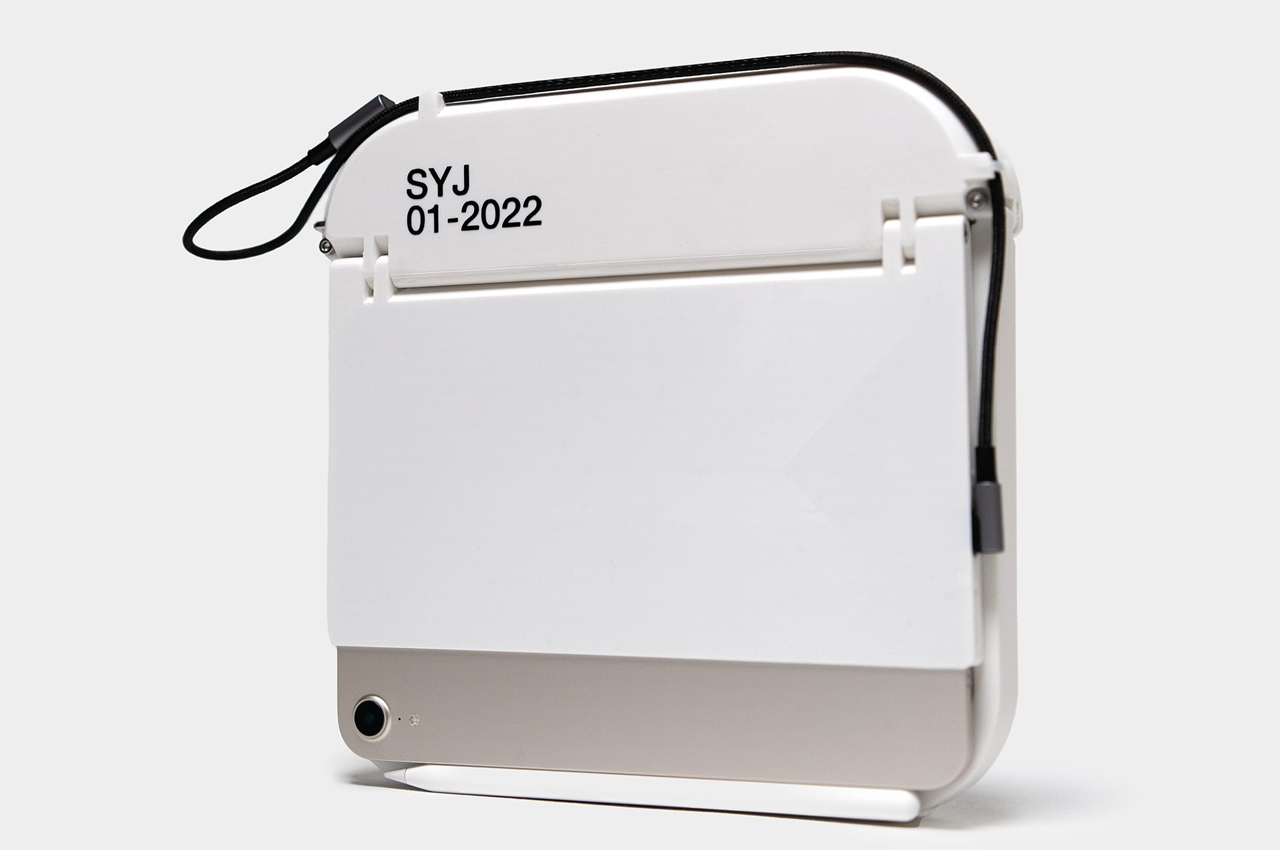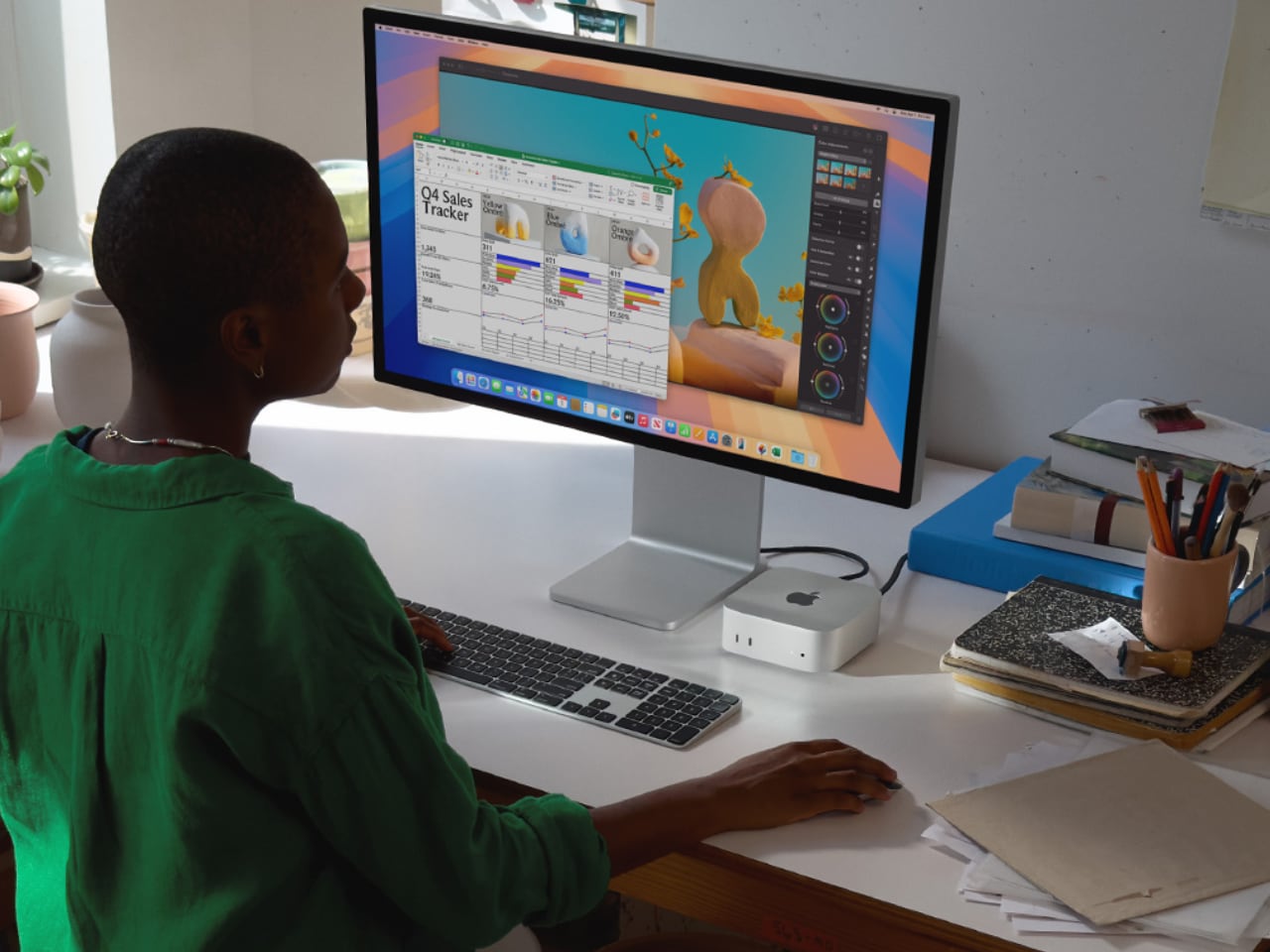
Apple has introduced its all-new Mac mini, focusing on speed, power, and a radical redesign. This Mac mini, powered by the M4 and M4 Pro chips, is a more capable machine under the hood. It’s smaller, more efficient, and built with a focus on sustainability. Let’s dig into how Apple redefined the look and feel of their mini desktop computer.
Designer: Apple
A Compact Powerhouse
The Mac mini has always been a compact machine, but this new version takes that concept to another level. Apple managed to shrink it down to a 5 by 5-inch footprint—a considerable reduction in size compared to the previous design. This makes the new Mac mini less than half the size of its predecessor, offering all the power of the M4 chips in a package that’s much easier to fit into any workspace.
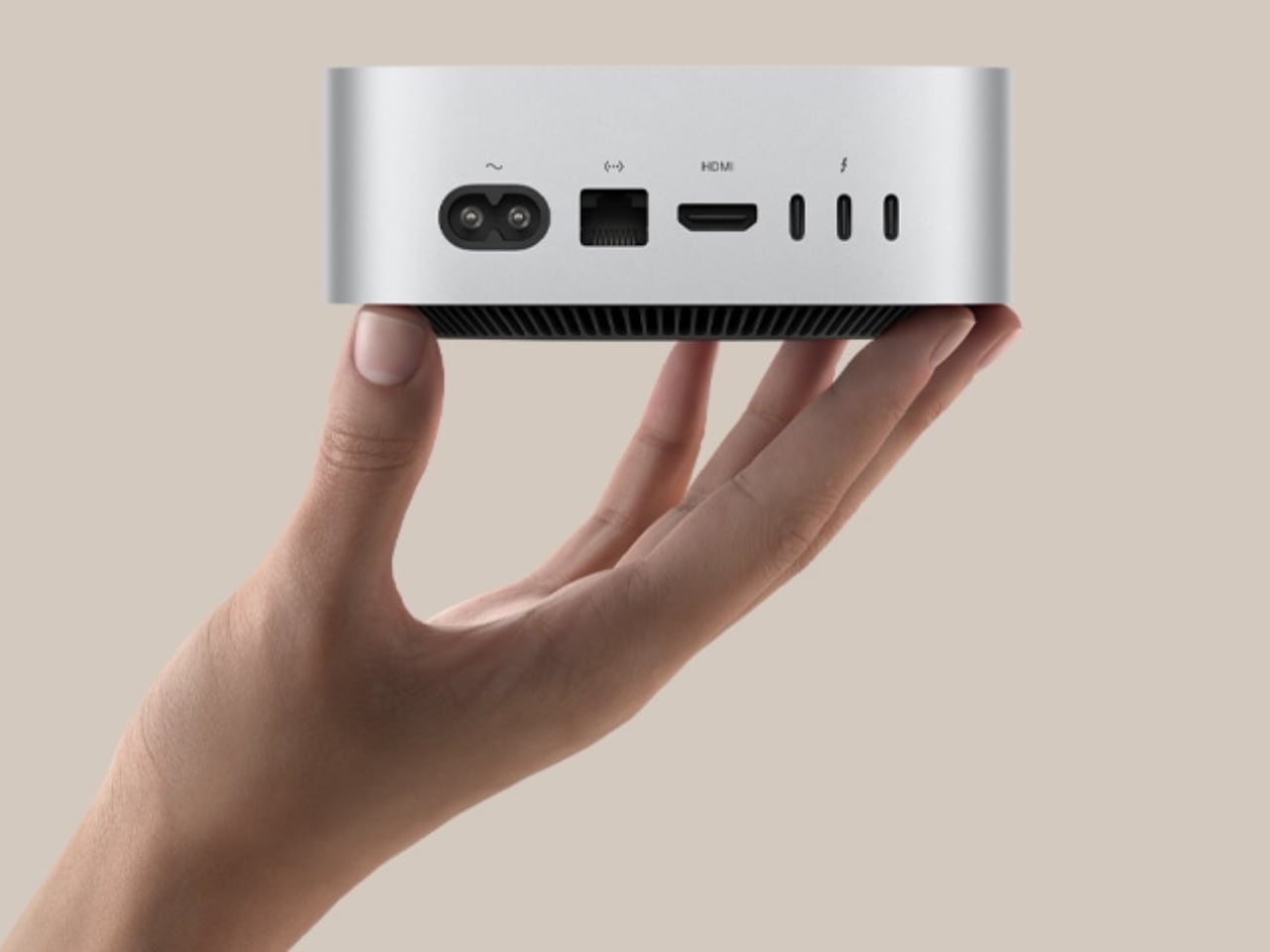
Image: Apple Mac Mini 2024 powered M4
This compact size makes the Mac mini a great option for users who need performance without the bulk. Whether it’s a small home office, a minimalist desk setup, or even a portable workspace that you take from one place to another, this new Mac mini is perfect for squeezing into the tightest spots while still delivering serious computing power. Apple focused on reducing the physical footprint while retaining control and performance.
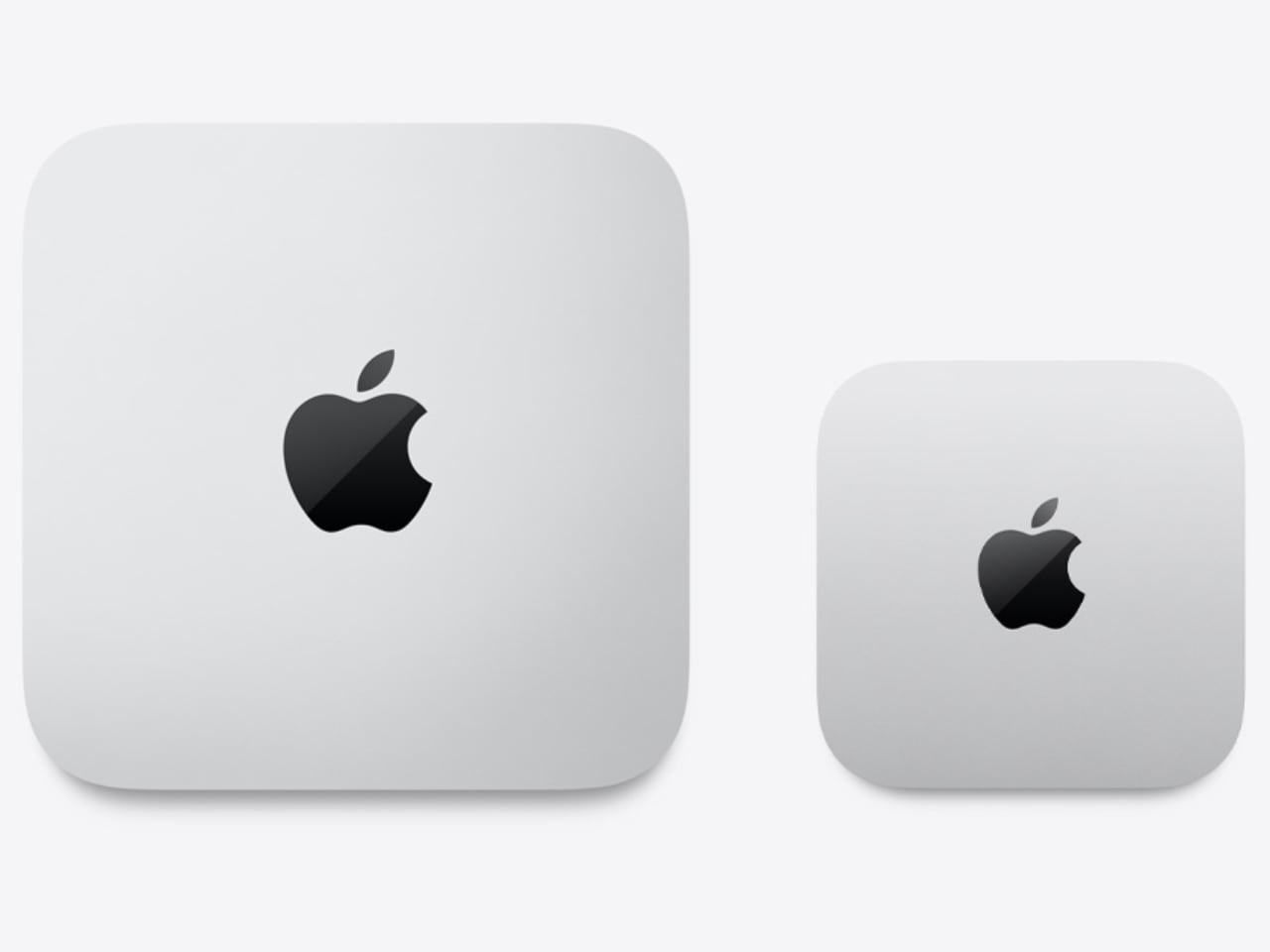
Image: Apple Mac mini (2023) 7.75 by 7.75 inches vs Mac mini (2024) 5 by 5 inches
Improved Accessibility and Design Tweaks
One of the most noticeable changes to the new Mac mini is its connectivity. Apple has included front-facing ports for the first time, making it easier than ever to plug in devices. The front features two USB-C ports and a standard audio jack. This makes a big difference in everyday usability, especially for those who regularly need to plug in external drives, cameras, or headphones. No more reaching around to the back of the device—just plug and play.
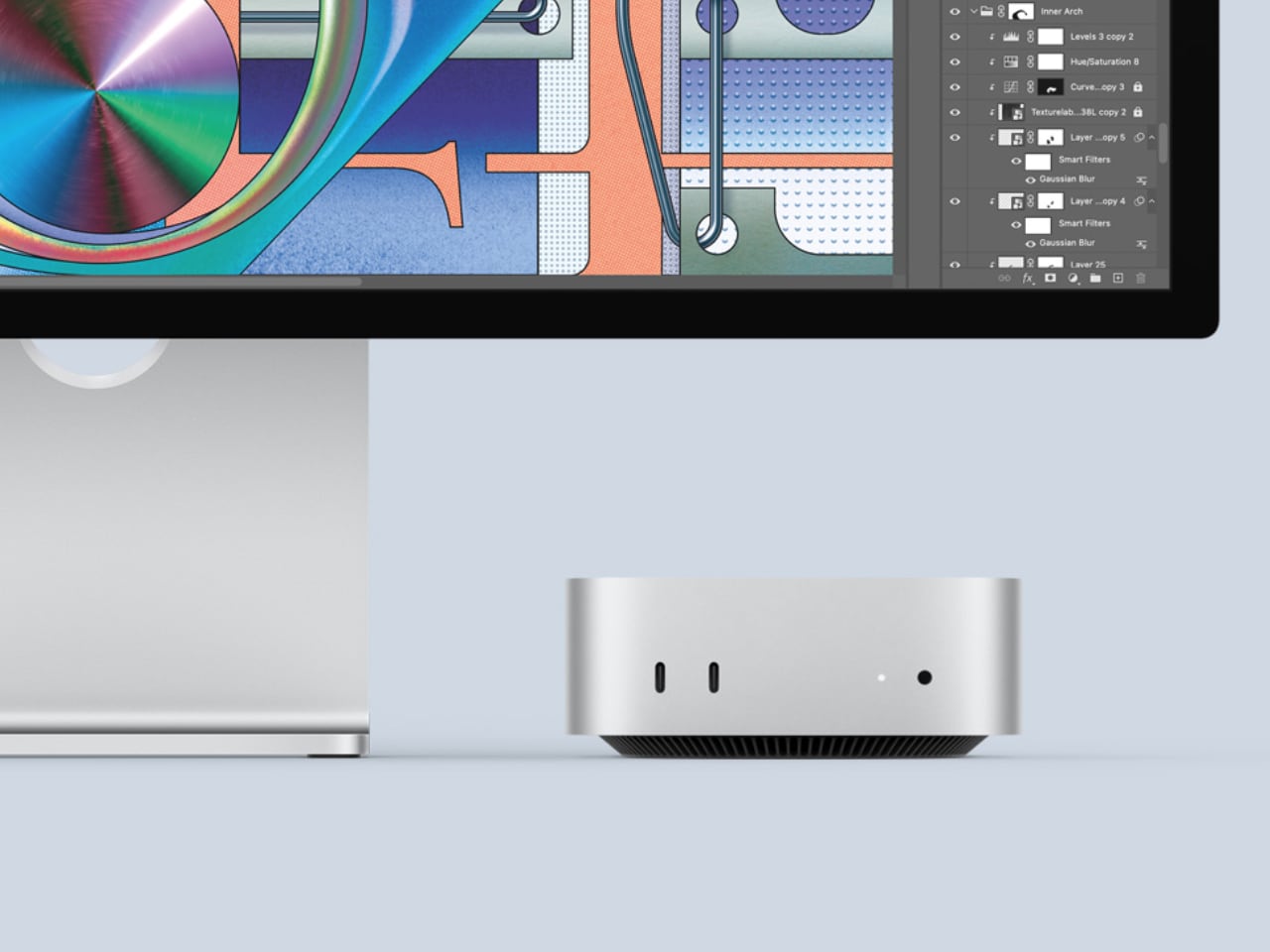
Image: Apple Mac Mini 2024 powered M4
The rear panel, however, hasn’t been left out. It comes packed with the essentials: the M4 version has three Thunderbolt 4 ports, while the M4 Pro version gets a major boost with Thunderbolt 5. This upgraded Thunderbolt port allows for much faster data transfer, which is ideal for users working with high-resolution video or massive files. There’s also an Ethernet port (configurable up to 10Gb for those needing ultra-fast networking) and an HDMI port, which makes connecting to displays straightforward without requiring adapters.
Apple’s revision of port locations and connectivity options aims to deliver a user-friendly experience. By moving critical ports to the front, they make the Mac mini far easier to use without the hassle of managing cables blindly at the back—an issue that frustrated many users of the earlier models.
Innovative Thermal Design
Maintaining cool temperatures while delivering high performance could be a challenge for a smaller desktop, but Apple introduced a new approach with the thermal architecture. The cooling system now guides airflow to various levels of the Mac mini while all of the venting is directed through the bottom of the device. This innovative method allows for efficient cooling without increasing noise, even during high-demand tasks.
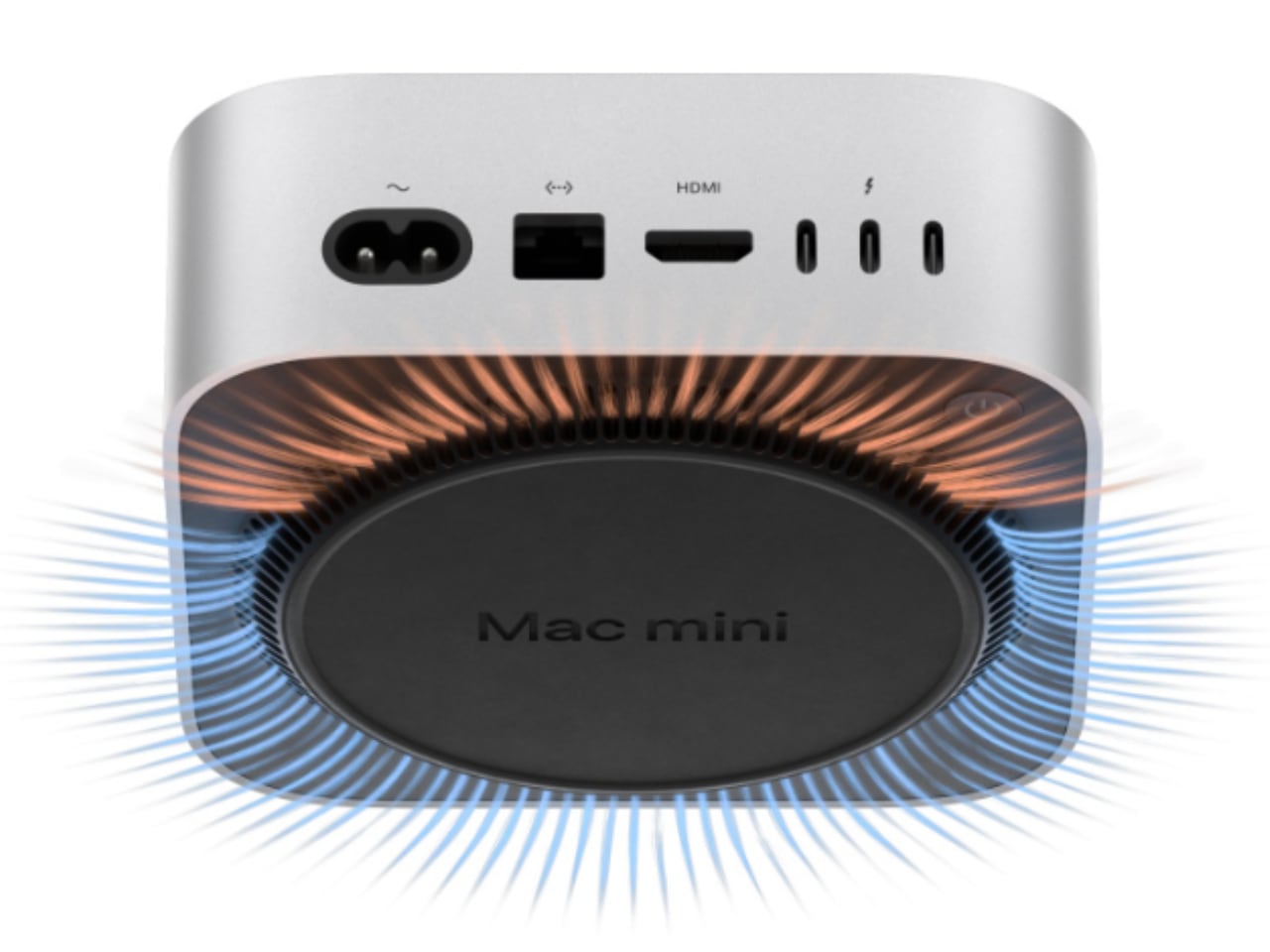
Image: Apple Mac Mini 2024 powered M4
The redesign means users can push their Mac mini to its limits—like editing 4K video or running complex programs—without worrying about overheating. The revised venting and airflow management help make the system nearly silent, which is great news for those who work in quiet environments or want their workspace free from noise pollution.
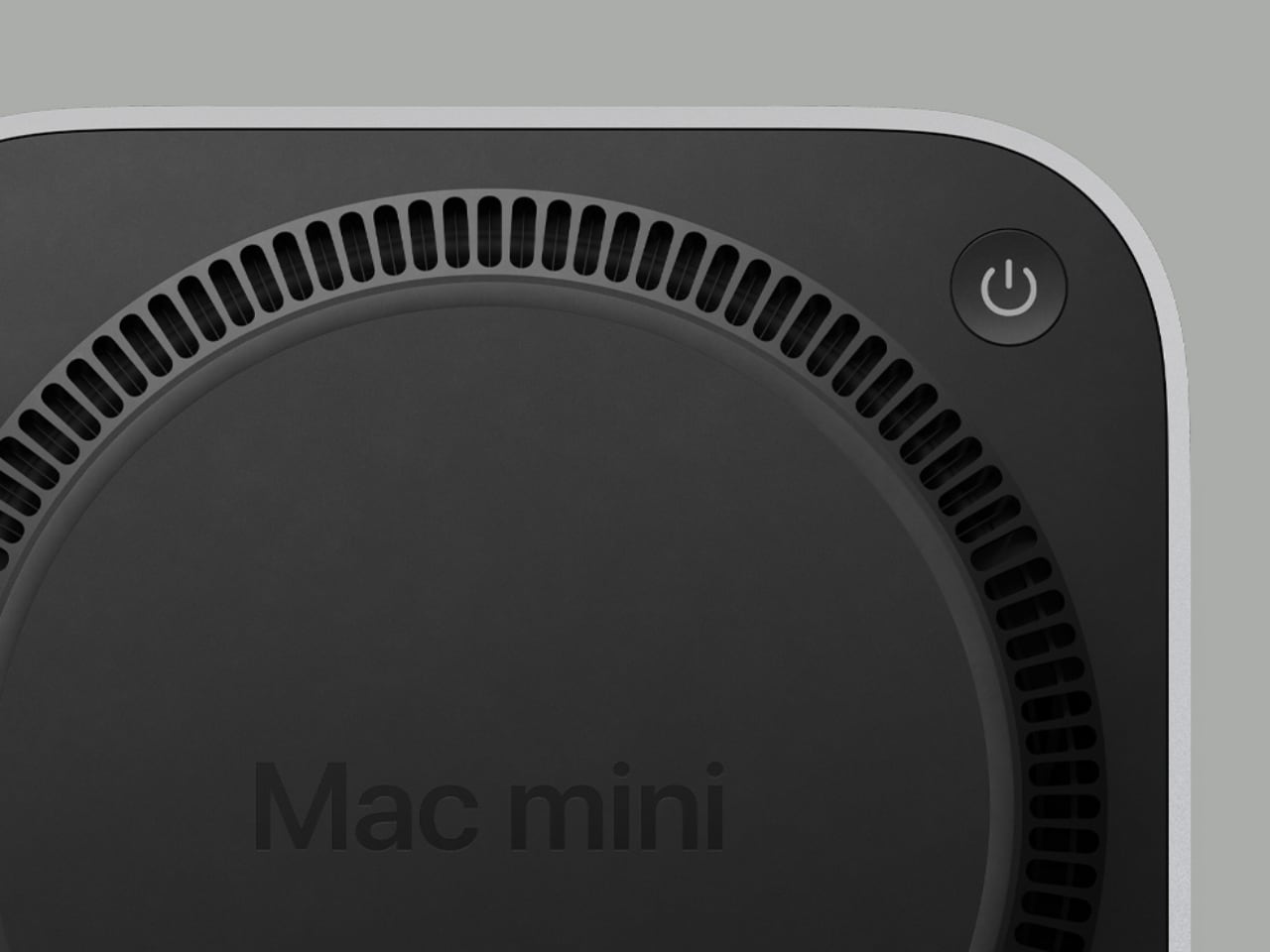
Image: Apple Mac Mini 2024 powered M4
The First Carbon Neutral Mac
A major highlight of this new Mac mini is that it’s Apple’s first carbon-neutral Mac. This is a big step in Apple’s effort to achieve its sustainability goals by 2030. The compact size is part of a larger push towards efficiency, reducing the materials and energy needed to make and run the machine. Over 50% of the materials used in this Mac mini are recycled—including 100% recycled aluminum for the casing and recycled gold and rare earth elements in the internal components.

Image: Apple Mac Mini 2024 powered M4 – Carbon Neutral
Apple also shifted its shipping methods to prioritize lower-carbon modes, such as ocean freight. The packaging is now entirely fiber-based, helping the company move closer to its goal of eliminating plastic from all packaging by 2025. All these changes reduced the Mac mini’s carbon footprint by over 80%, and for any emissions that can’t be eliminated, Apple uses high-quality carbon credits.
Minimalistic, Functional, and Practical
Overall, the new Mac mini retains Apple’s signature minimalistic aesthetic. Its sleek, brushed aluminum enclosure is modern and unassuming, with rounded corners and clean lines. The smaller size and inclusion of front-facing ports give it a more streamlined and accessible look. Apple designed the Mac mini to be both visually appealing and highly practical, fitting seamlessly into any workspace without drawing unnecessary attention.
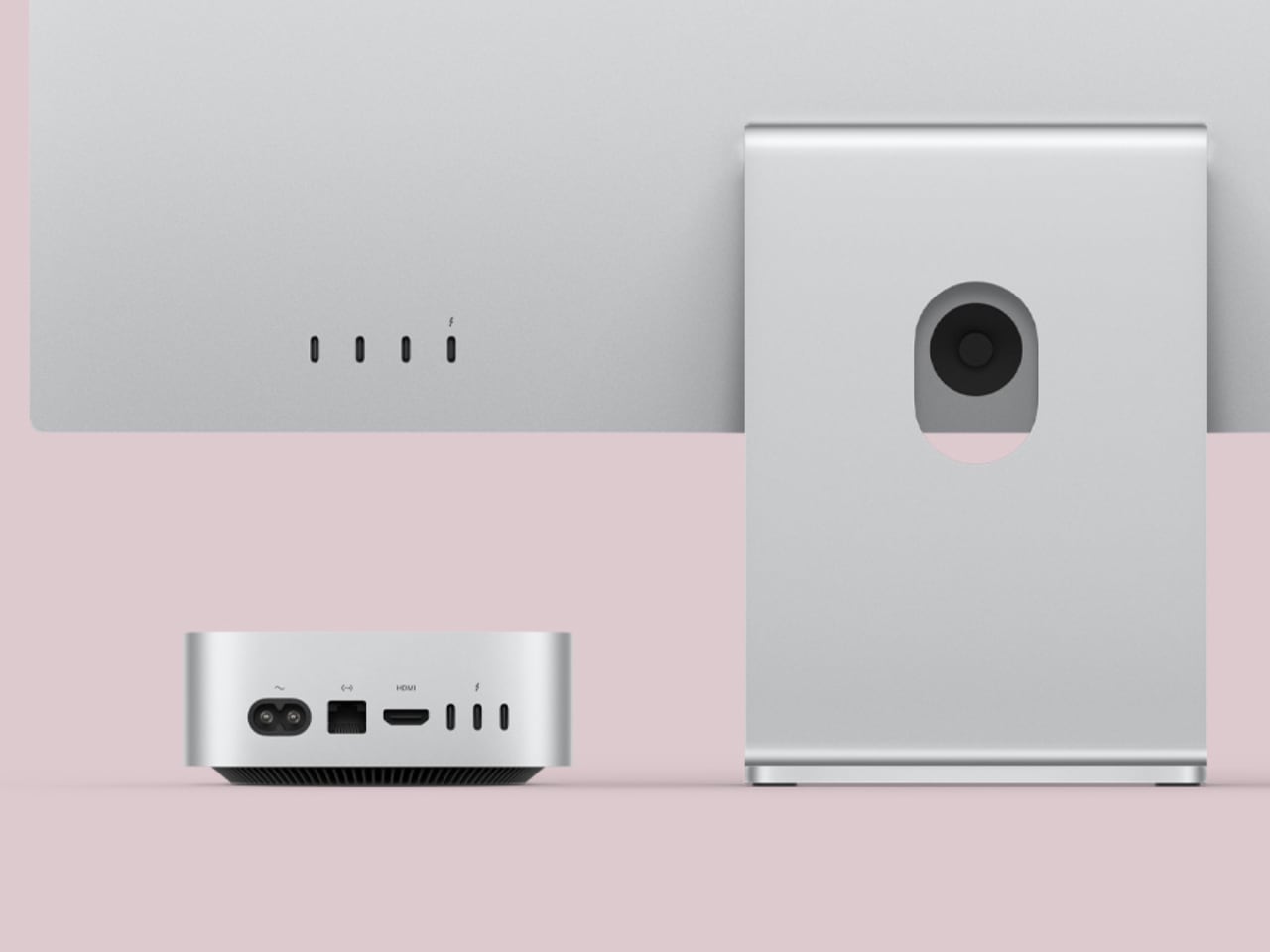
Image: Apple Mac Mini 2024 powered M4
The new design focuses on making the Mac mini practical and easy to use. Front-facing ports make connecting devices convenient, and the compact size allows it to fit just about anywhere. Despite its simplicity, it offers a wide range of connectivity options suitable for demanding setups—whether it’s multiple displays, external drives, or high-resolution accessories.
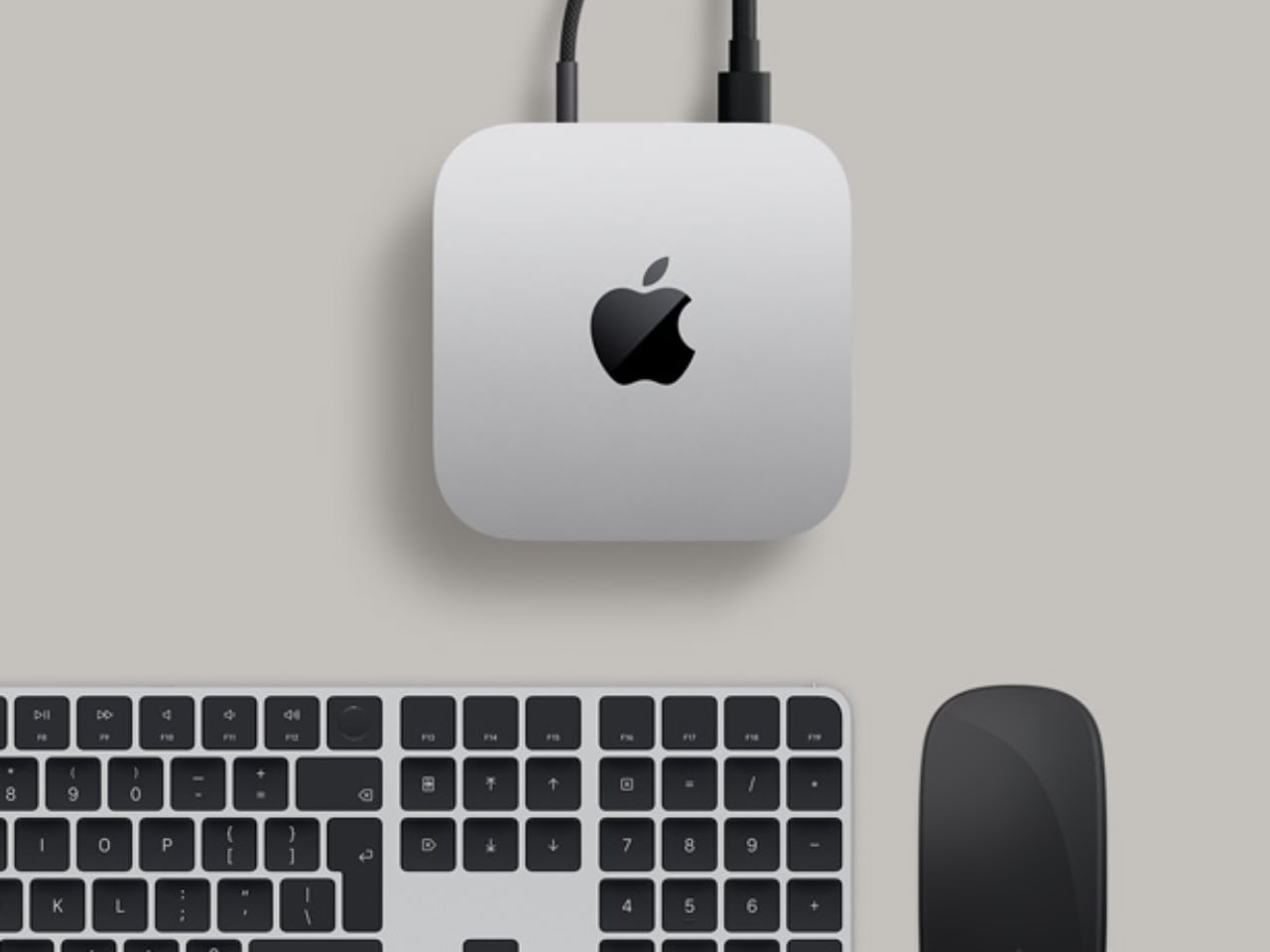
Image: Apple Mac Mini 2024 powered M4 accessories
With cutting-edge technology in the M4 and M4 Pro chips, thoughtful design elements like front ports, innovative cooling, and a reduced size, the new Mac mini is more versatile than ever. As the first carbon-neutral Mac, it represents a balance of performance, design efficiency, and sustainability, making it an excellent choice for a wide range of users.
The post The Mighty All-New Mac mini 2024 powered by M4: Smaller, Faster, and Now Carbon Neutral first appeared on Yanko Design.
